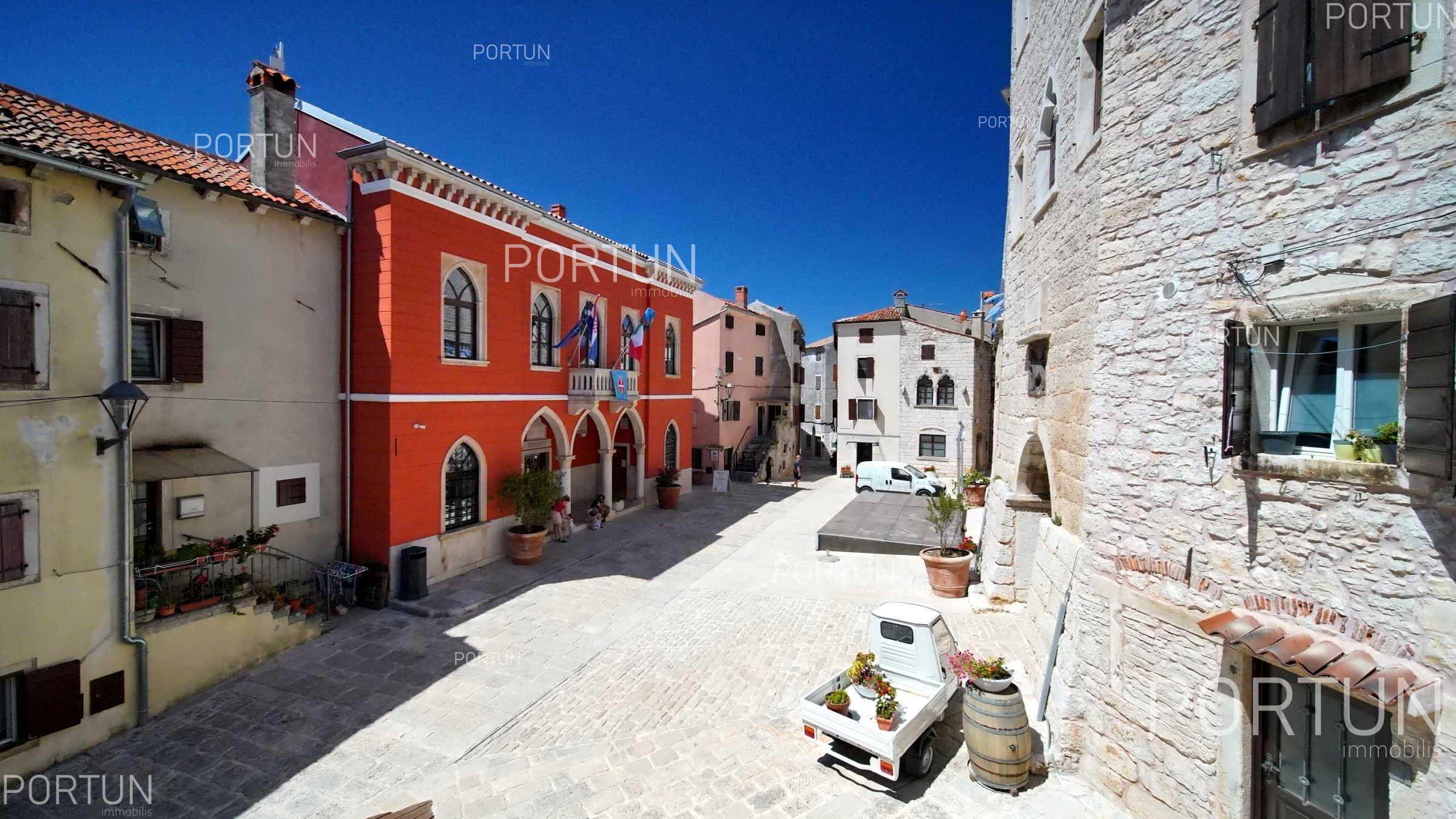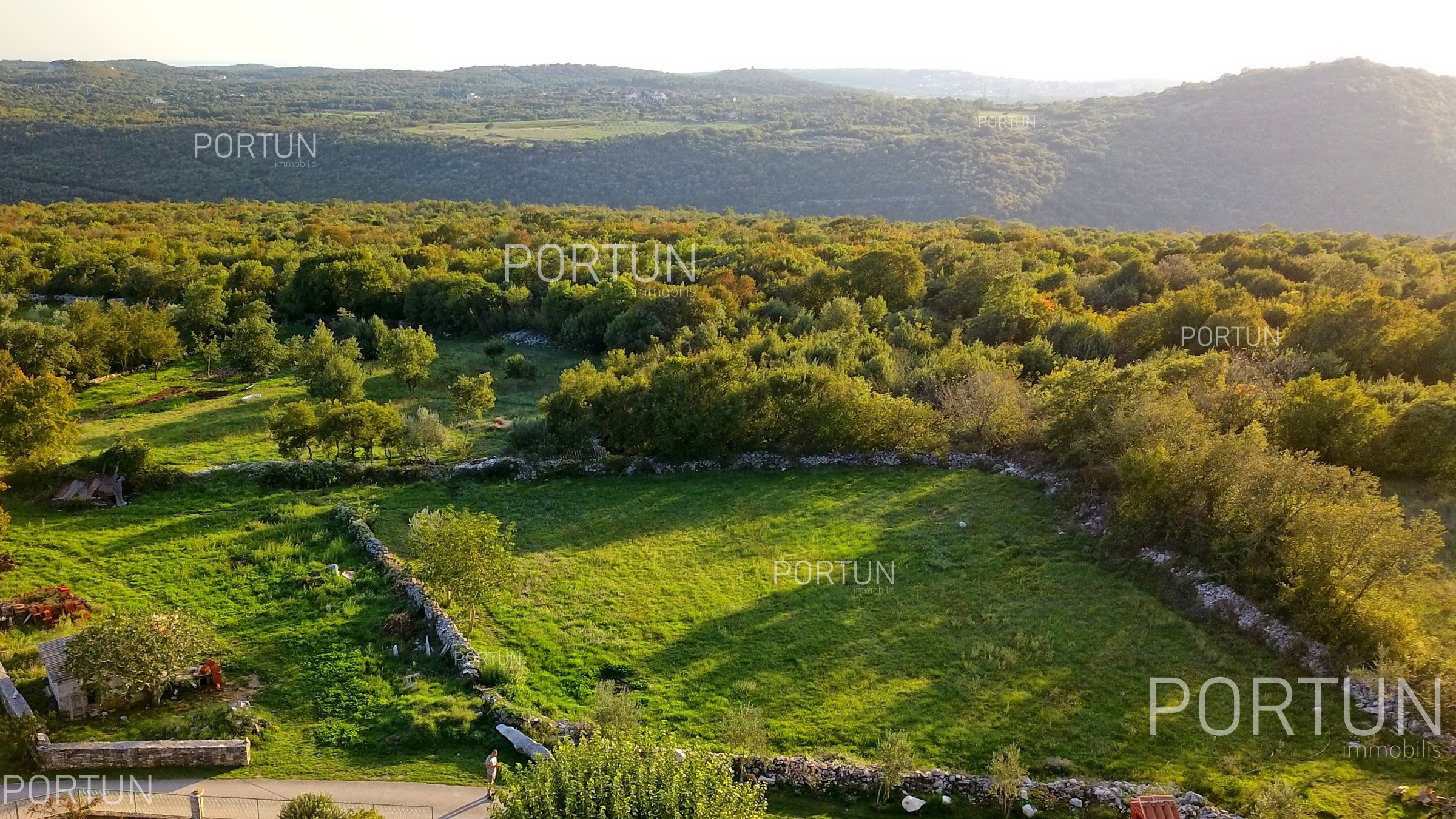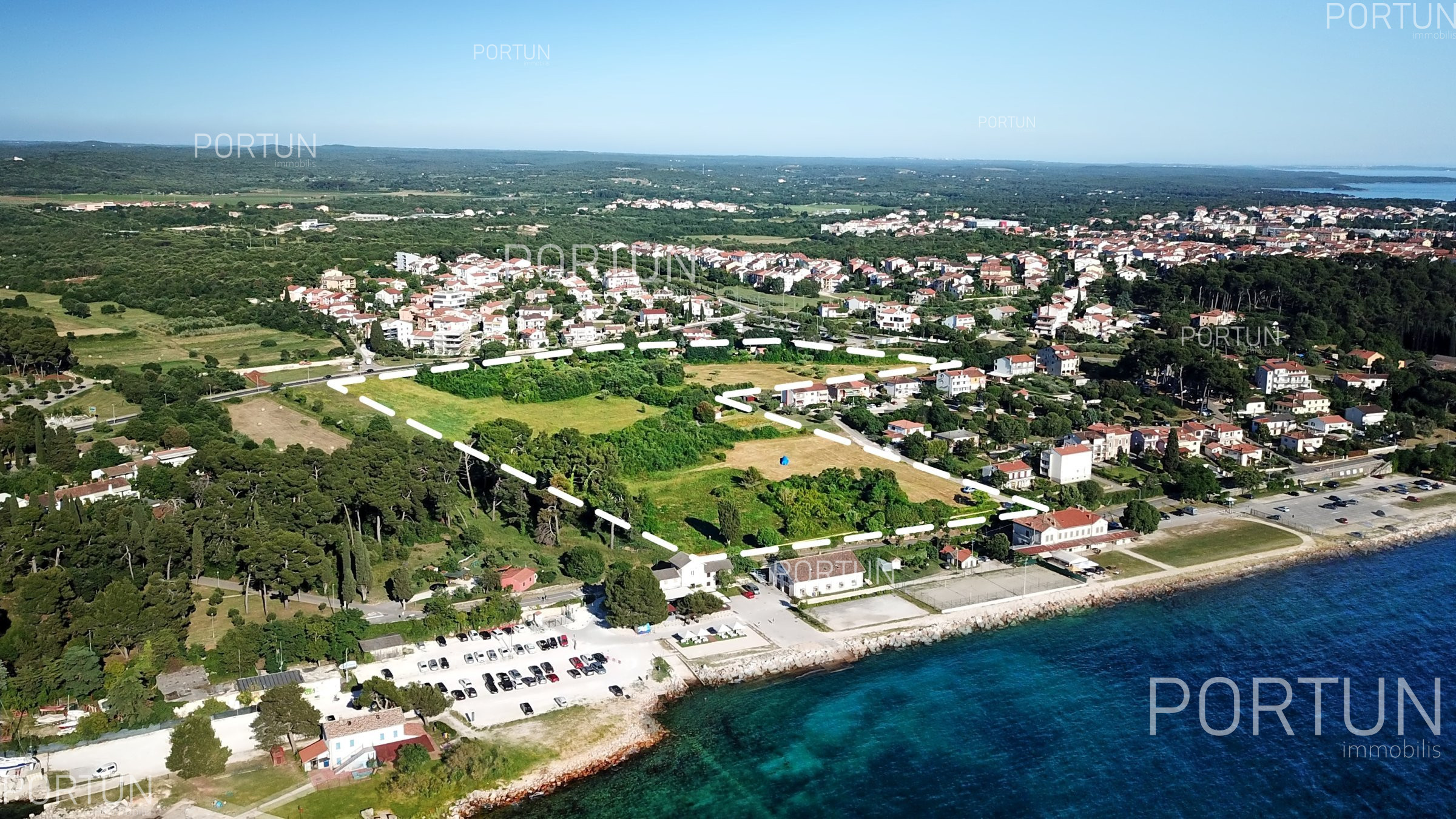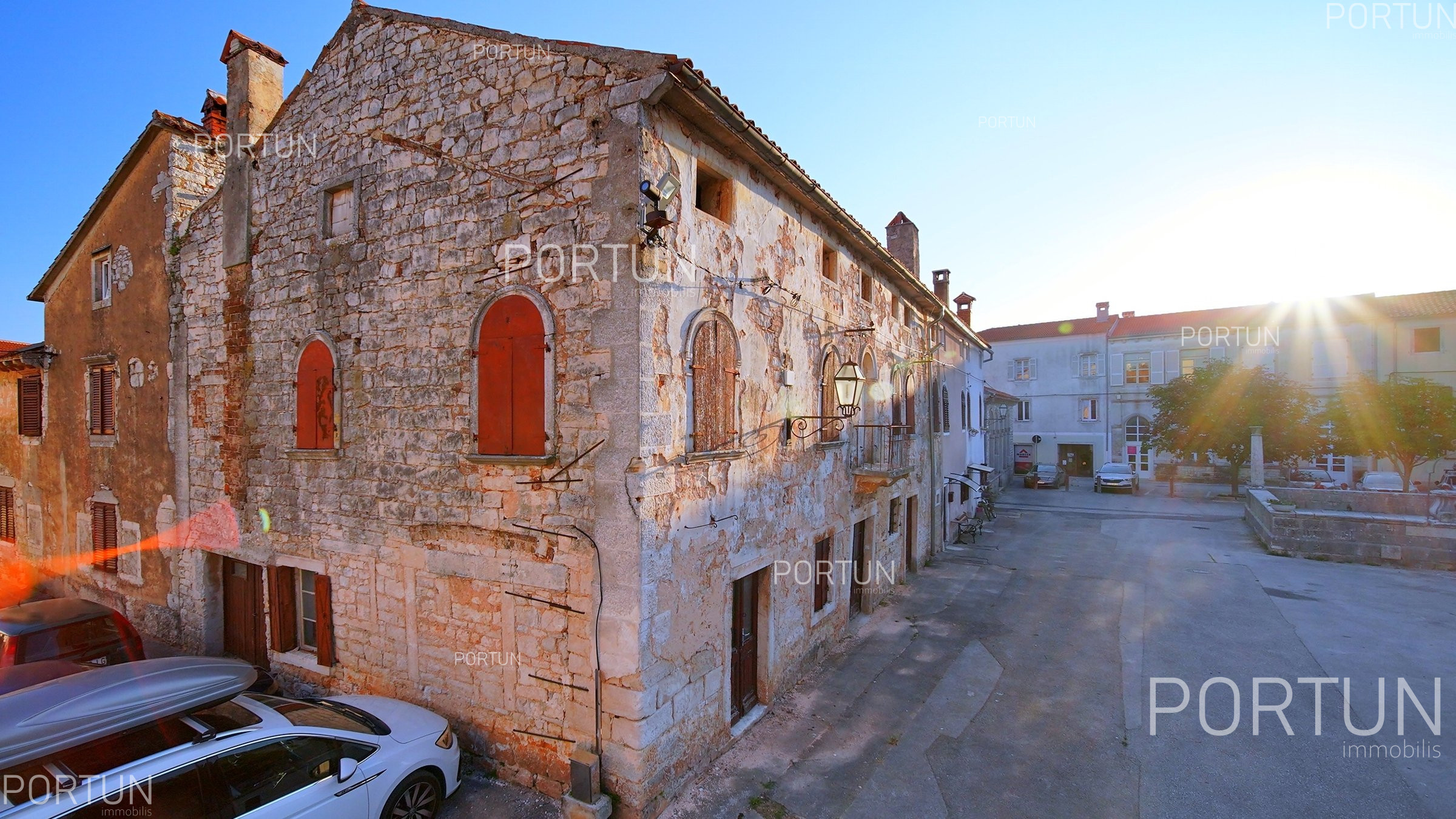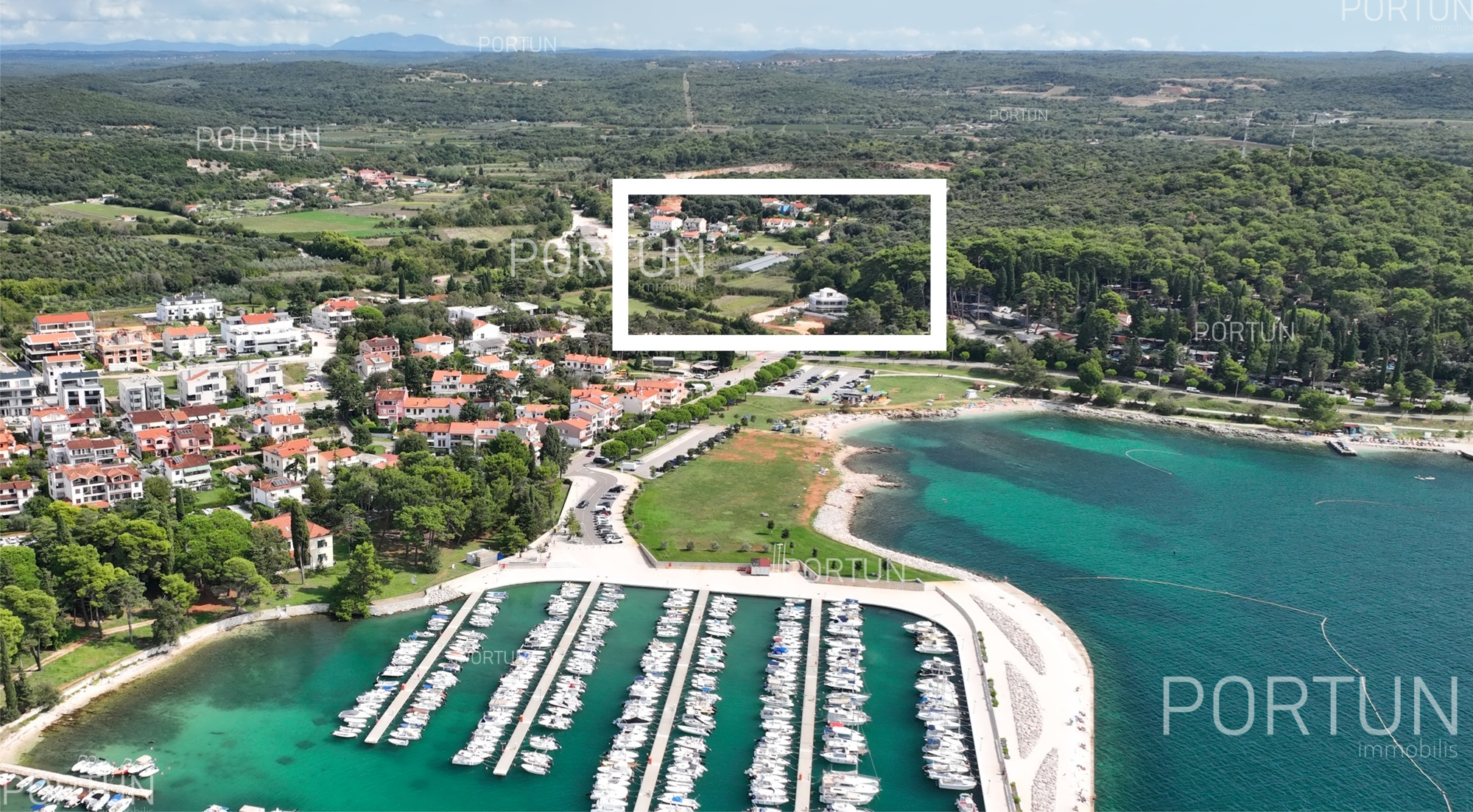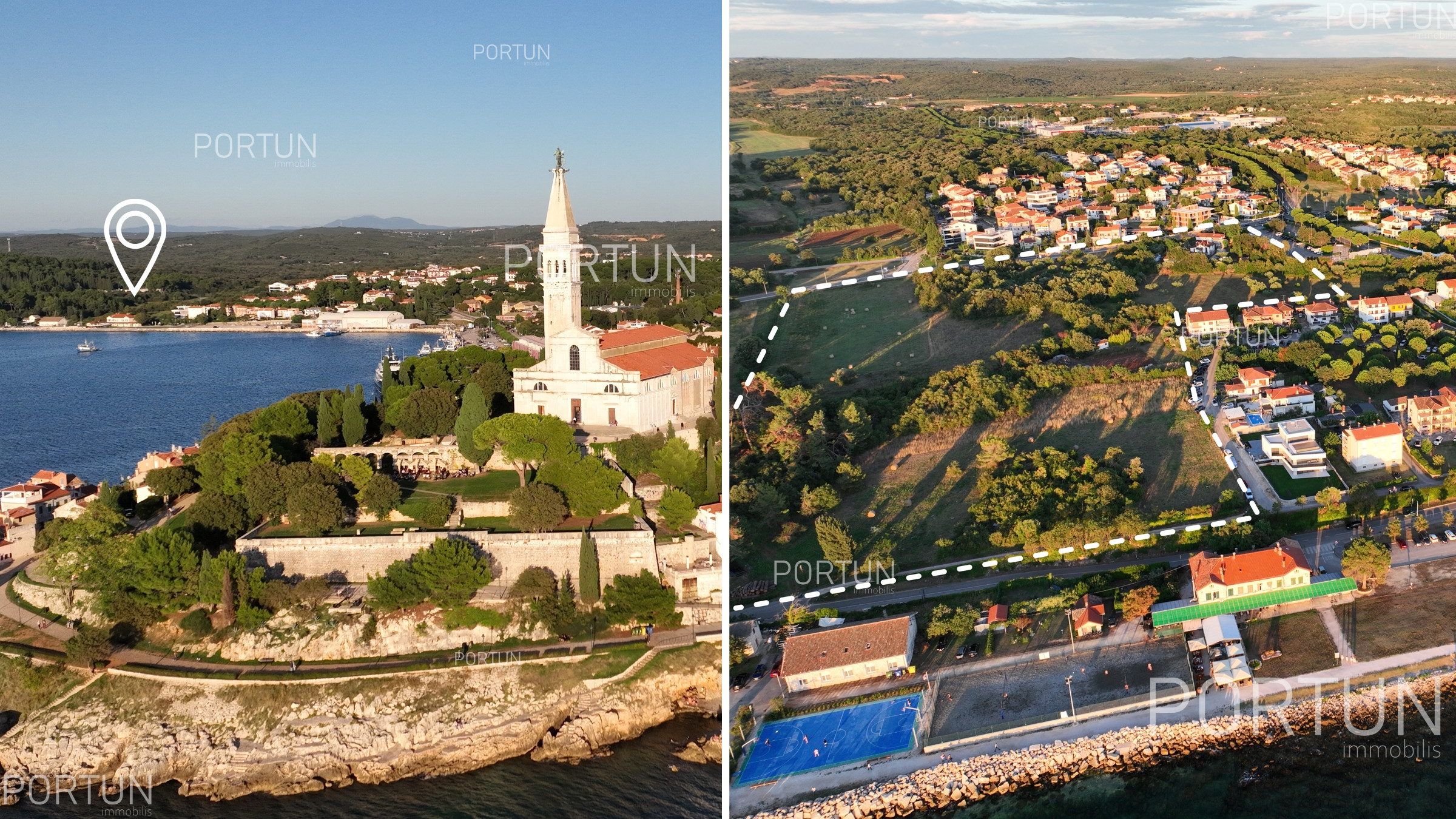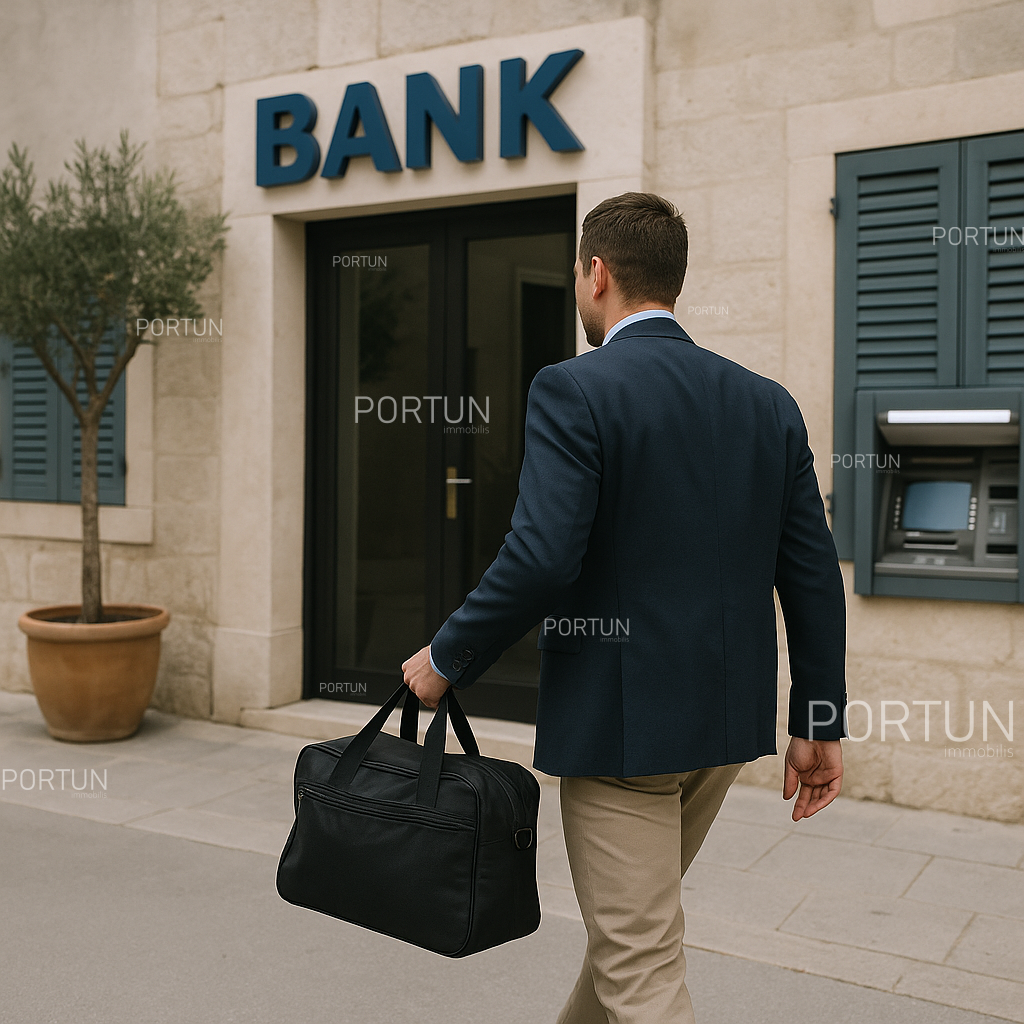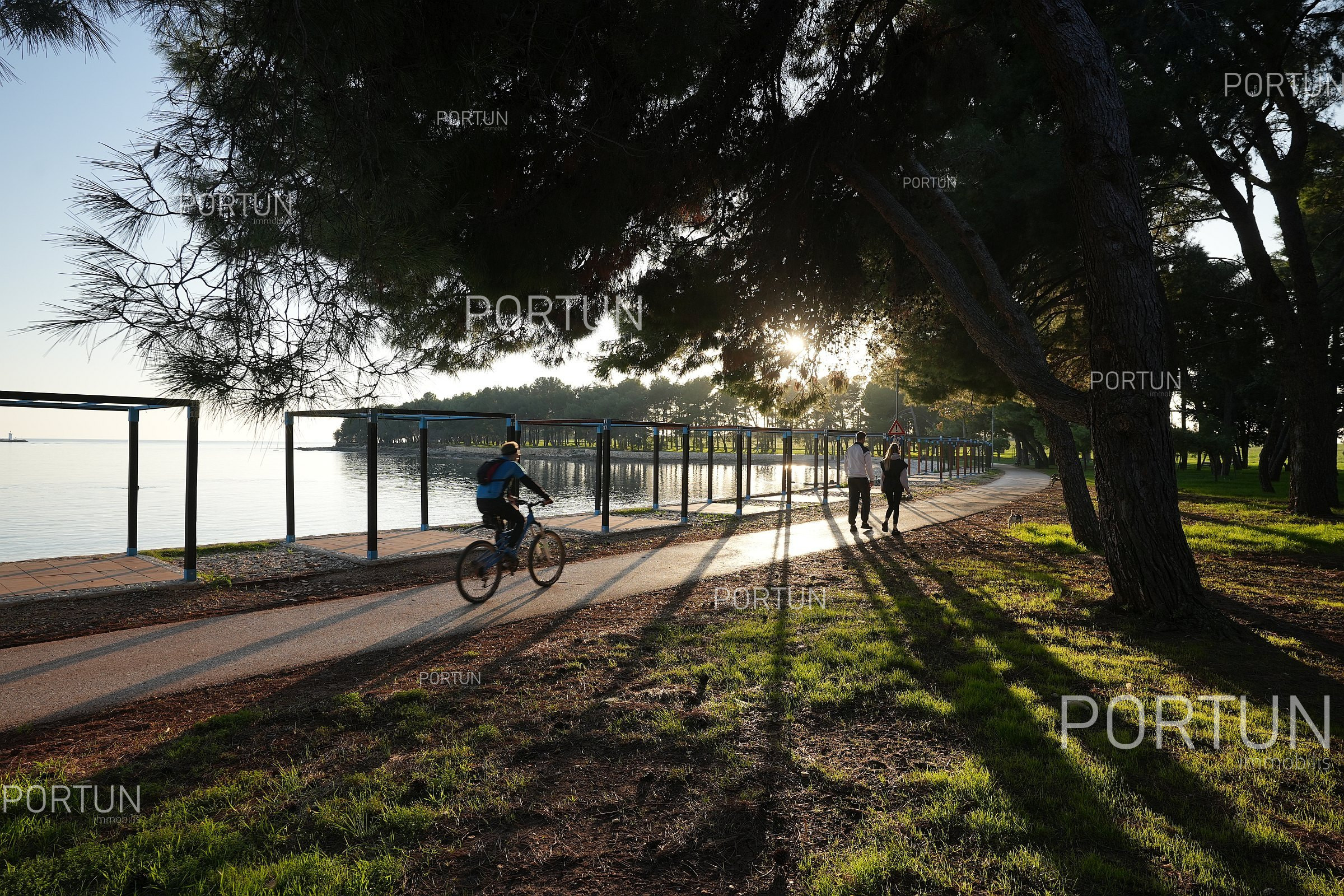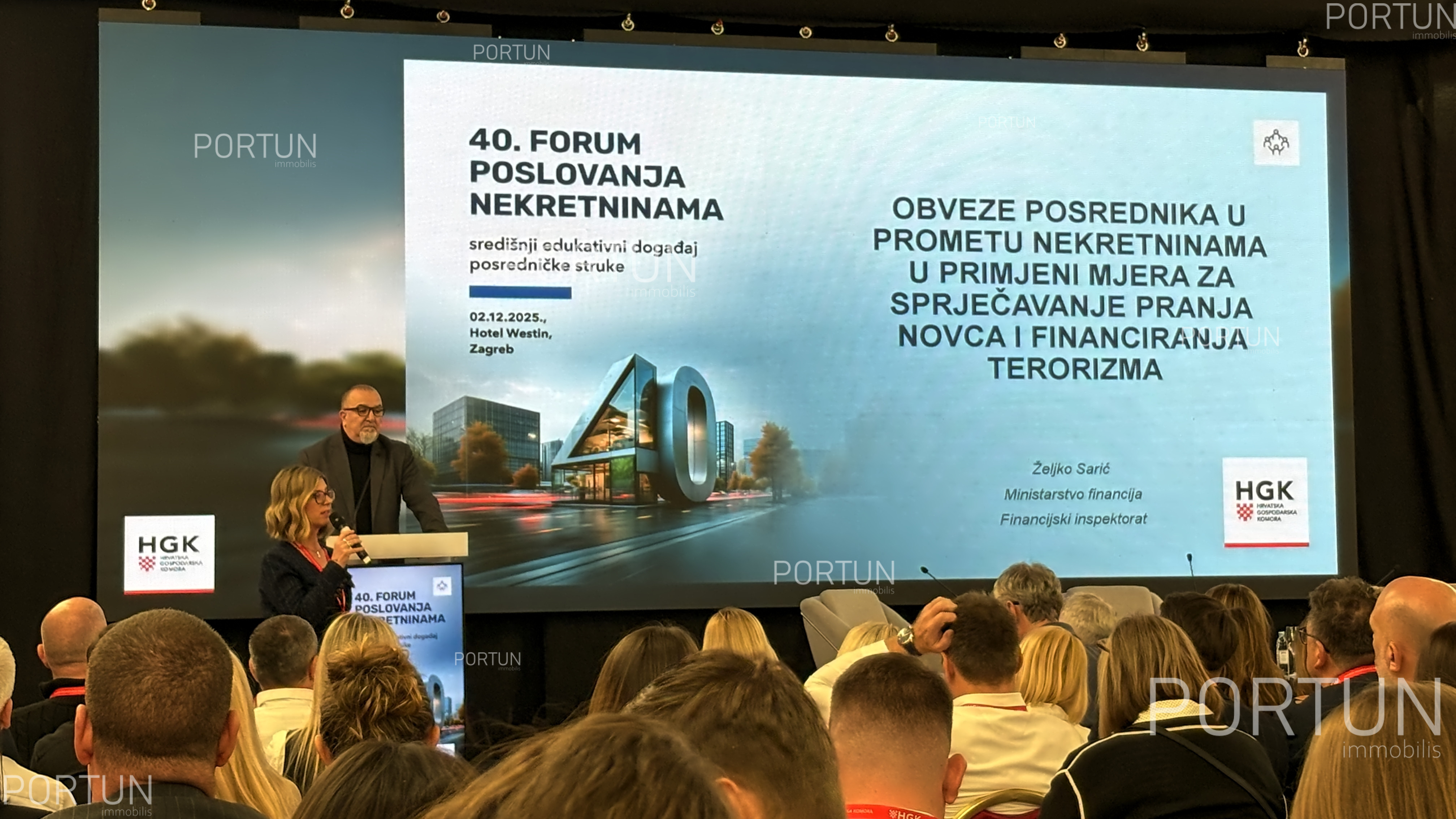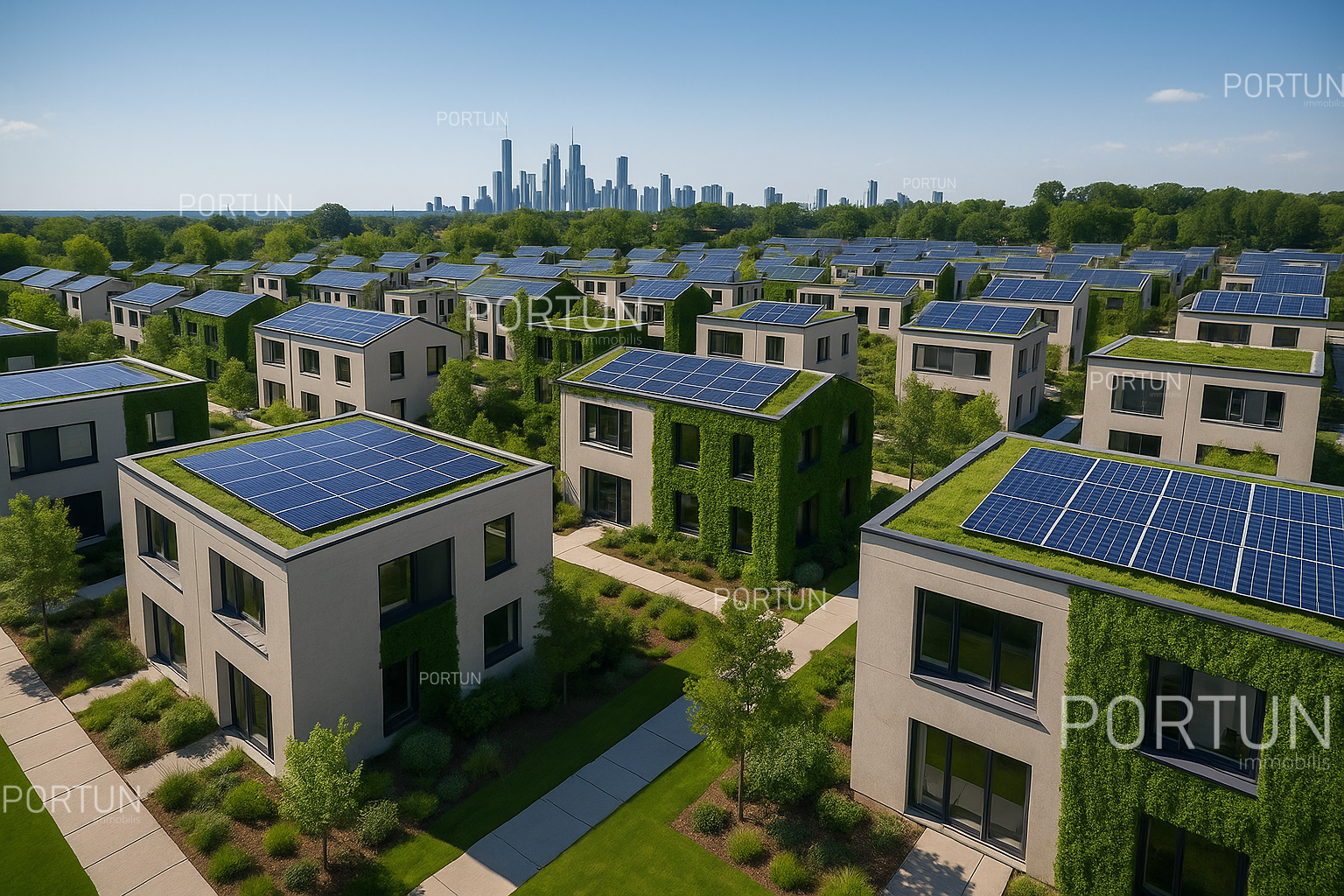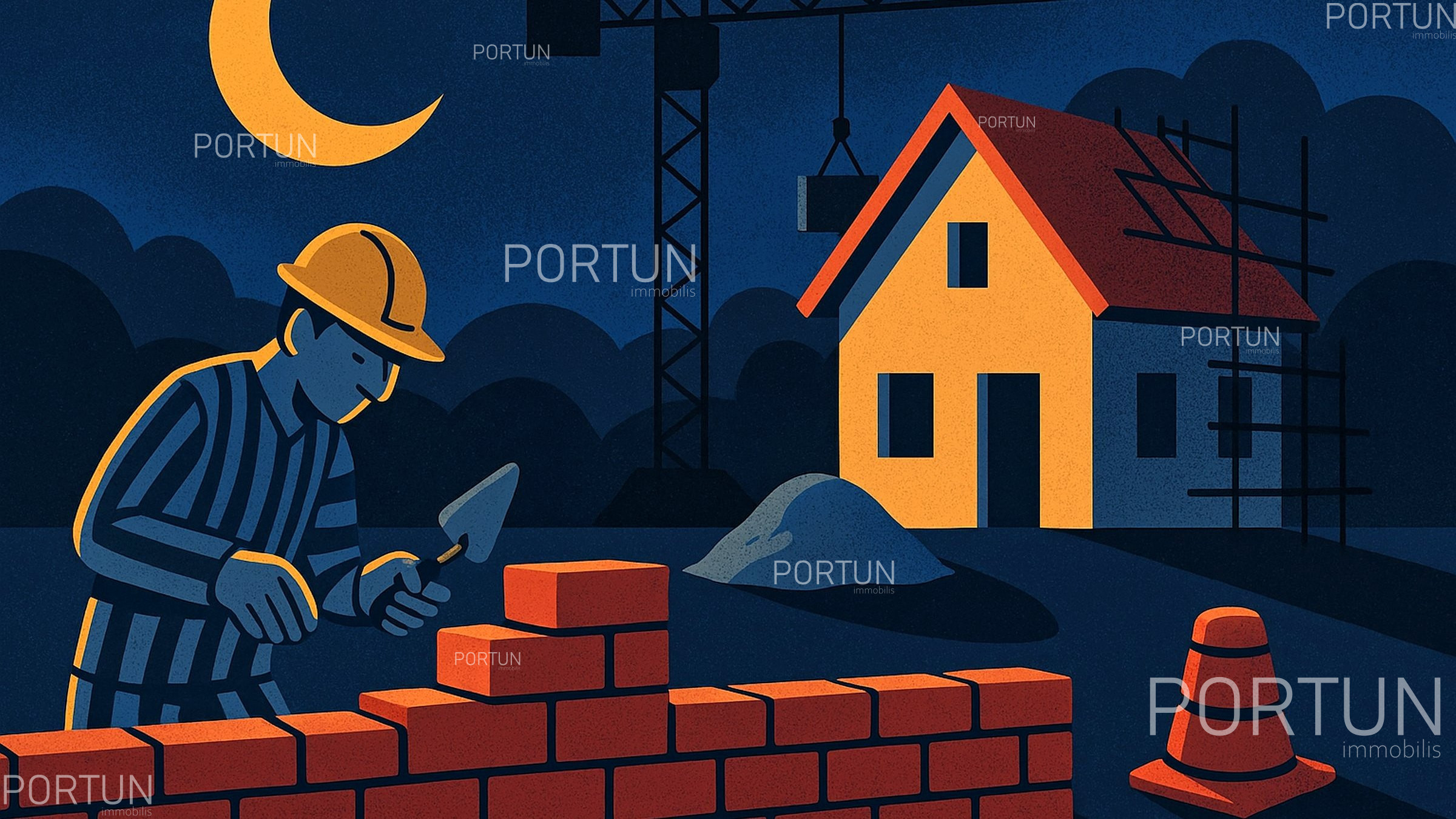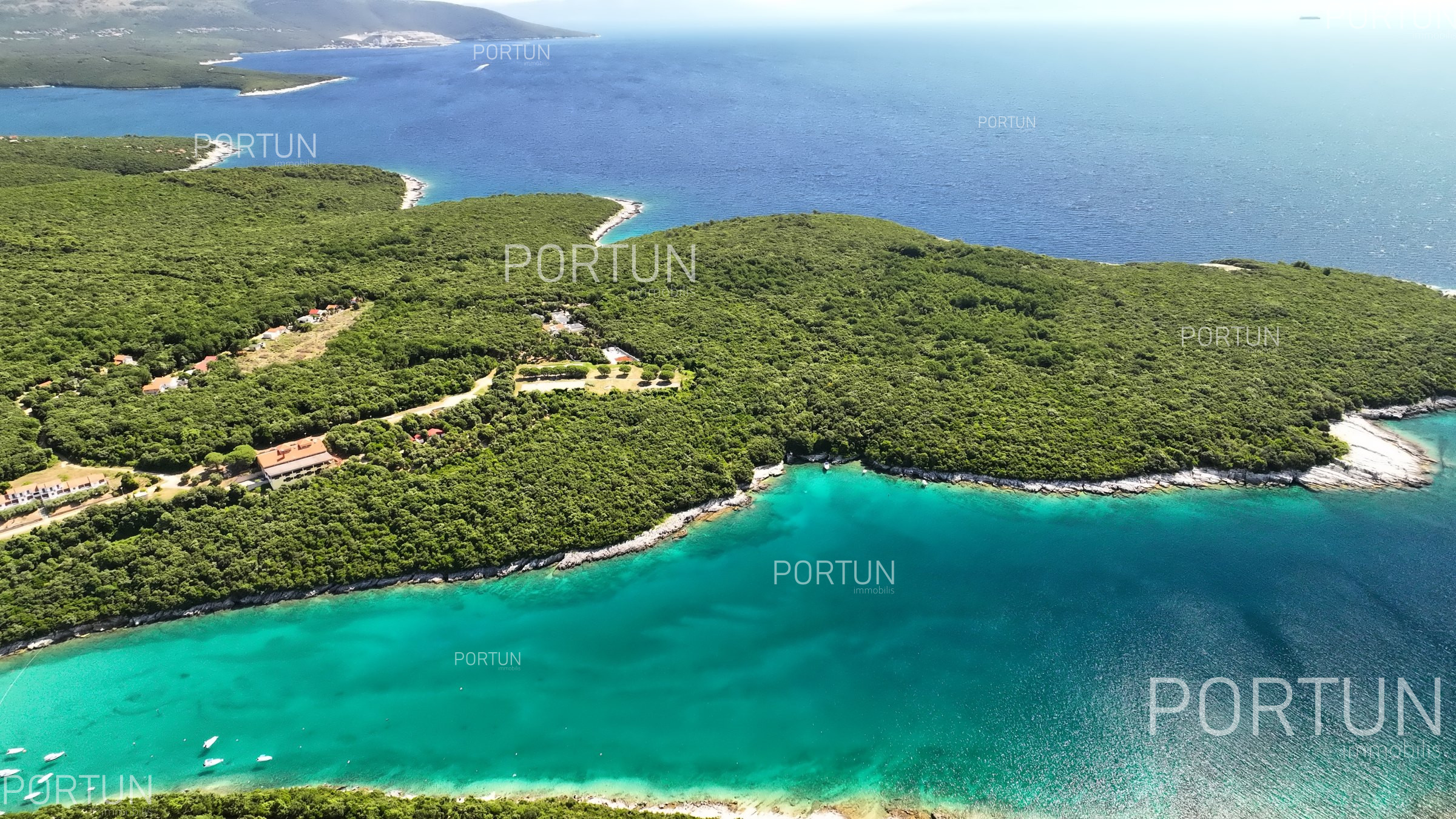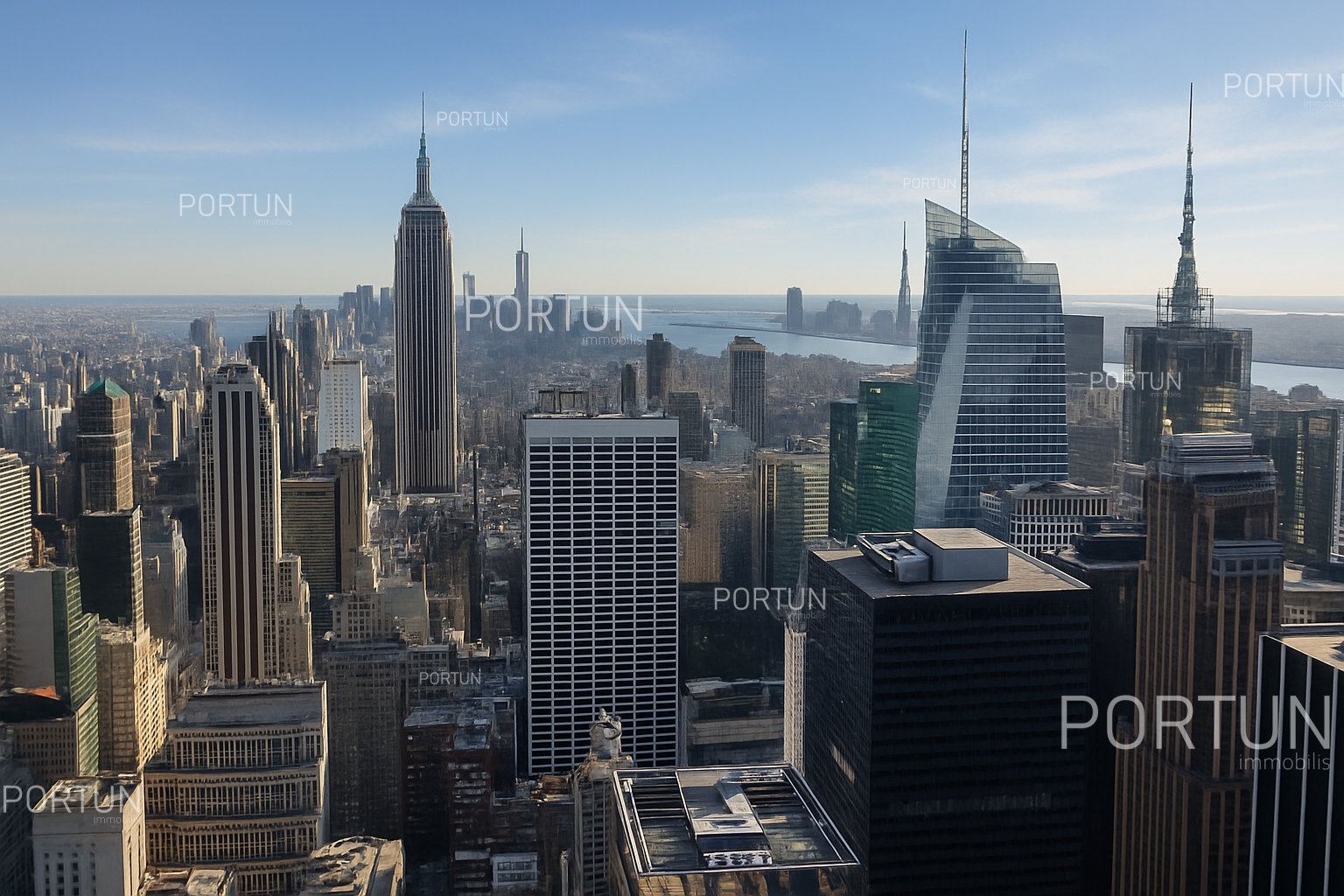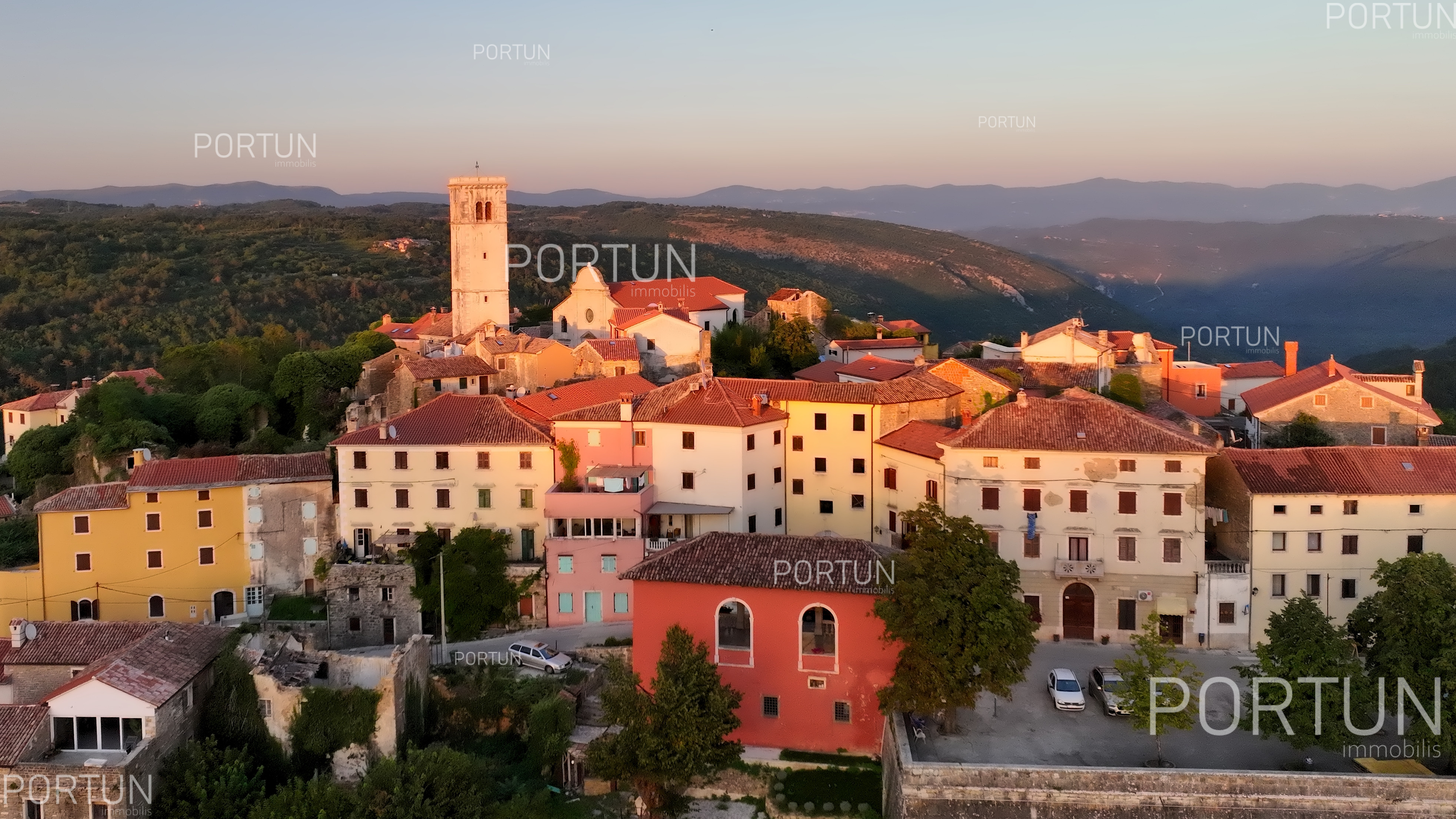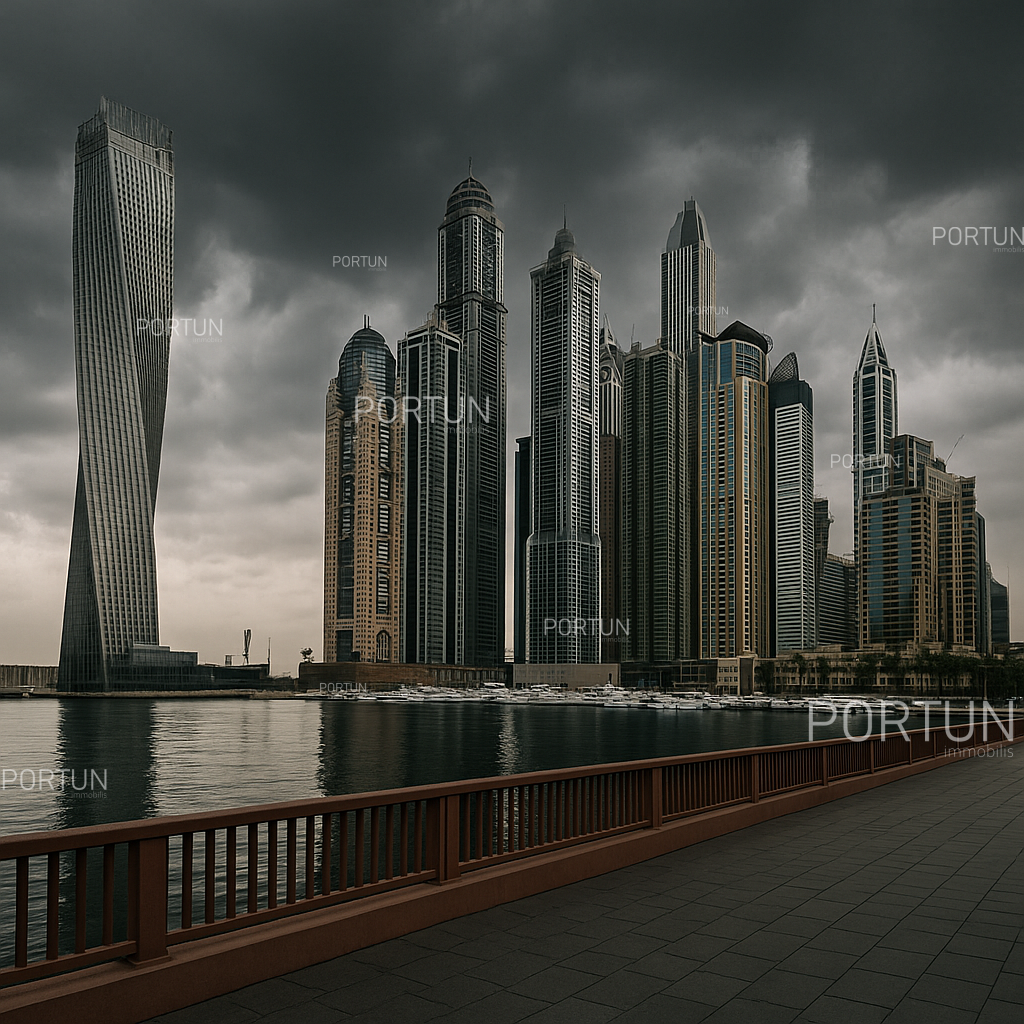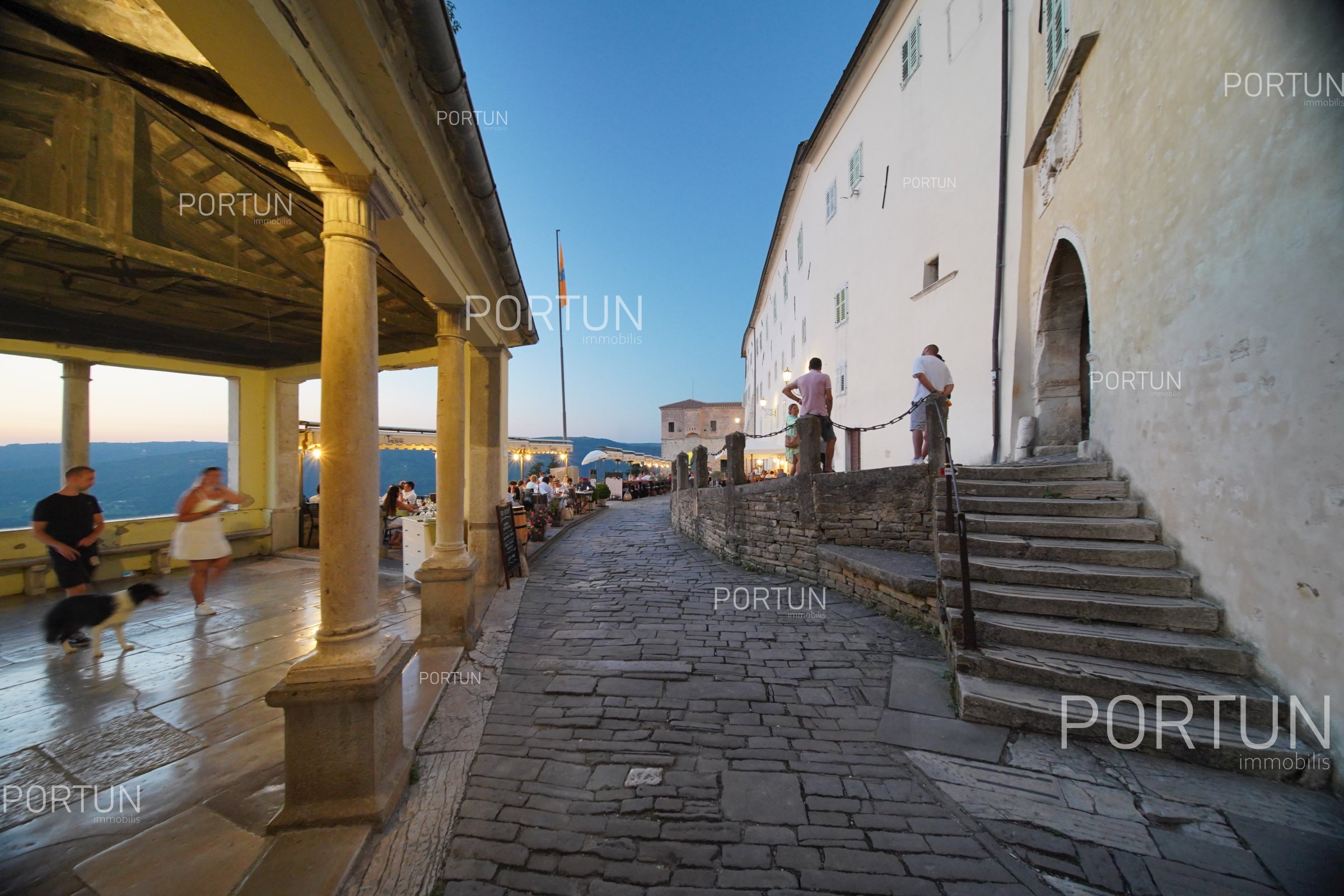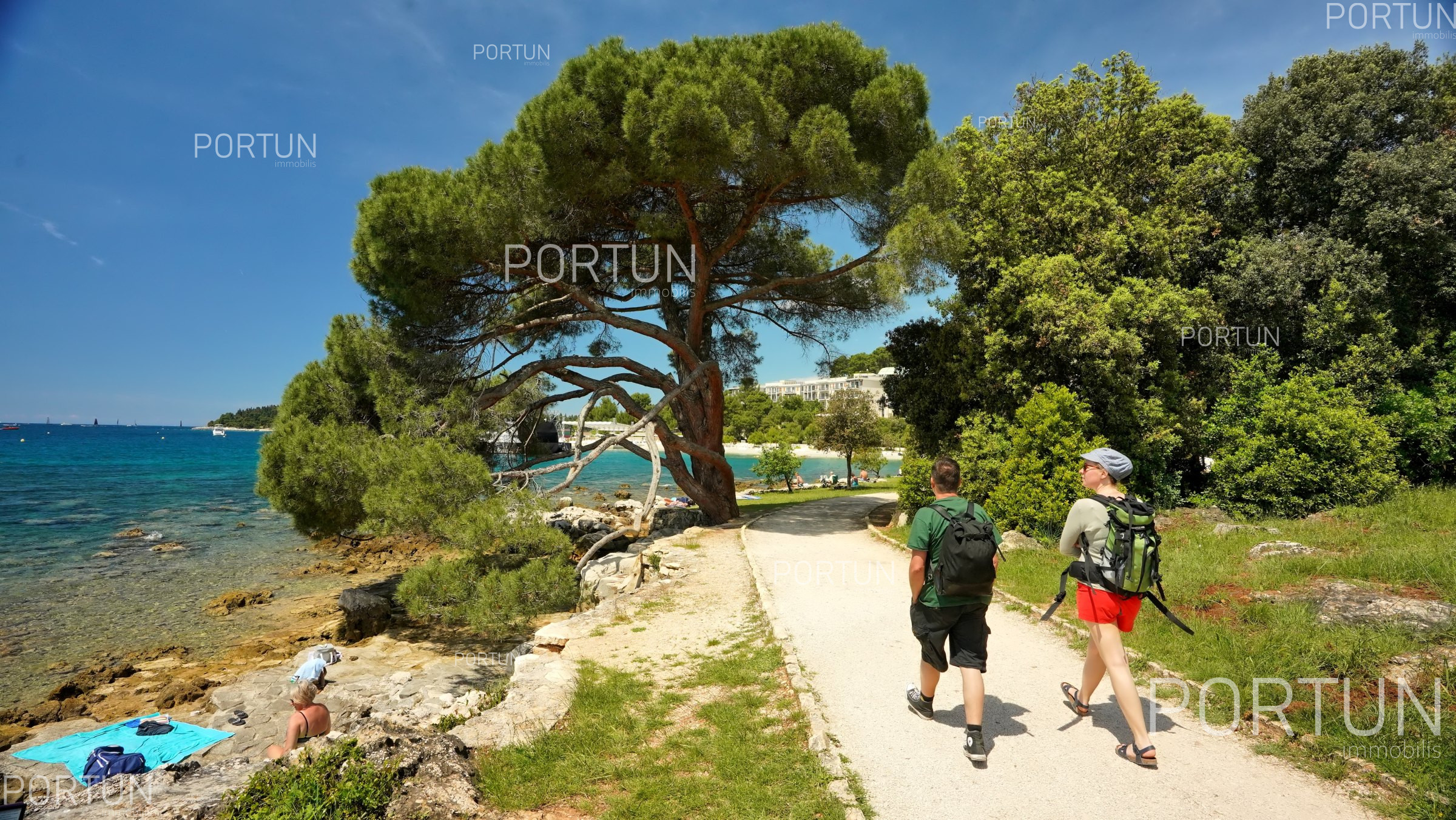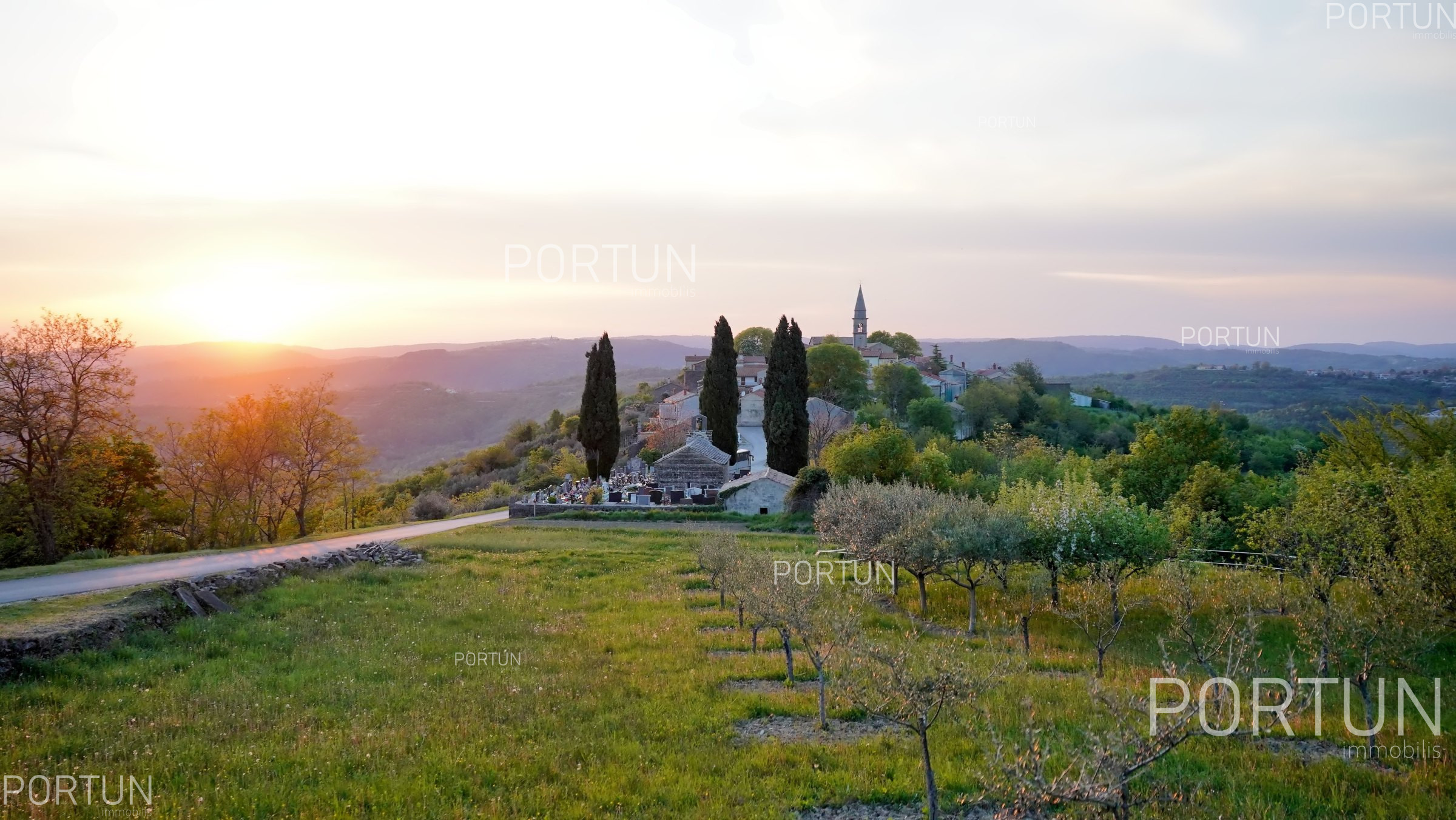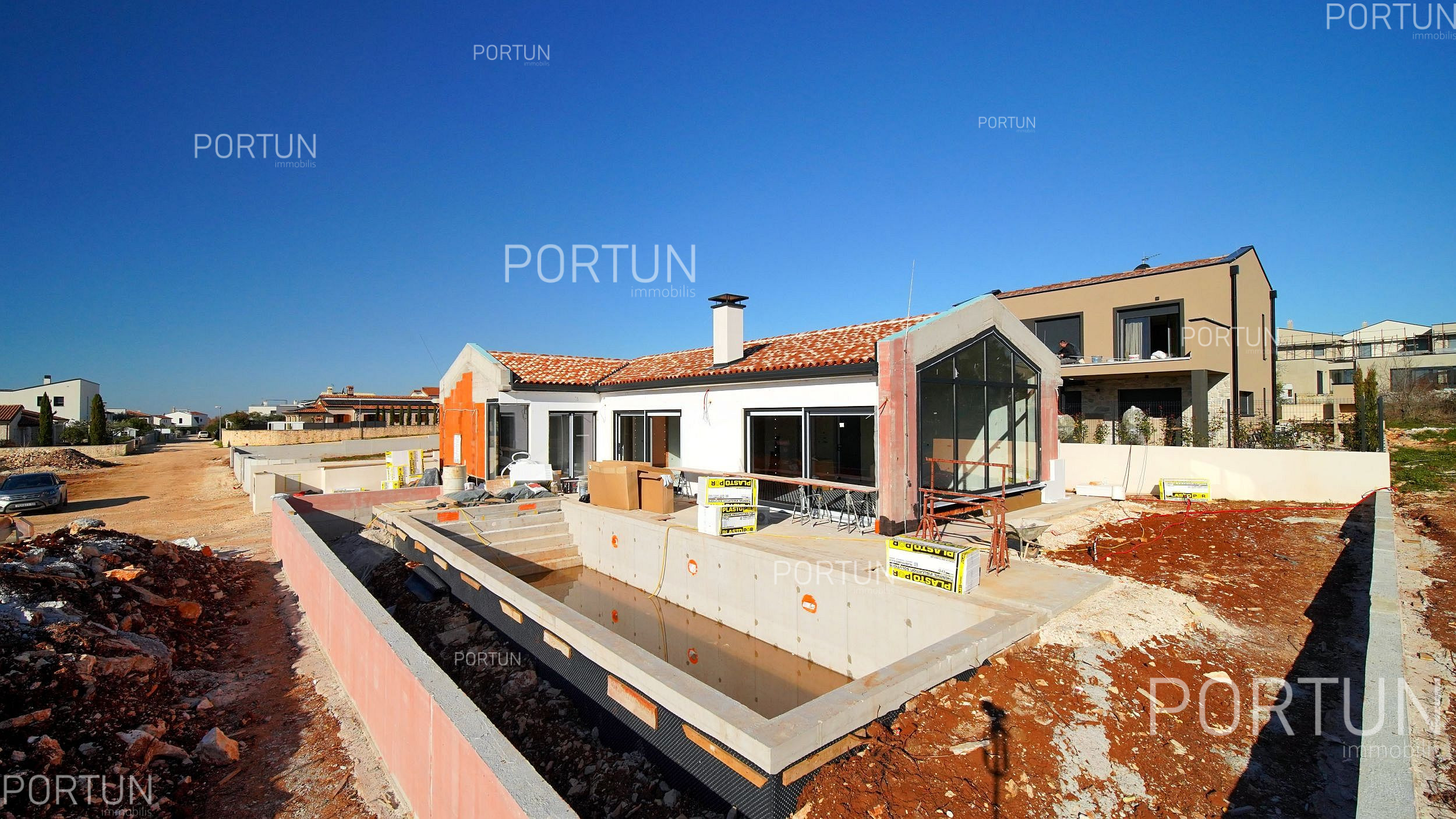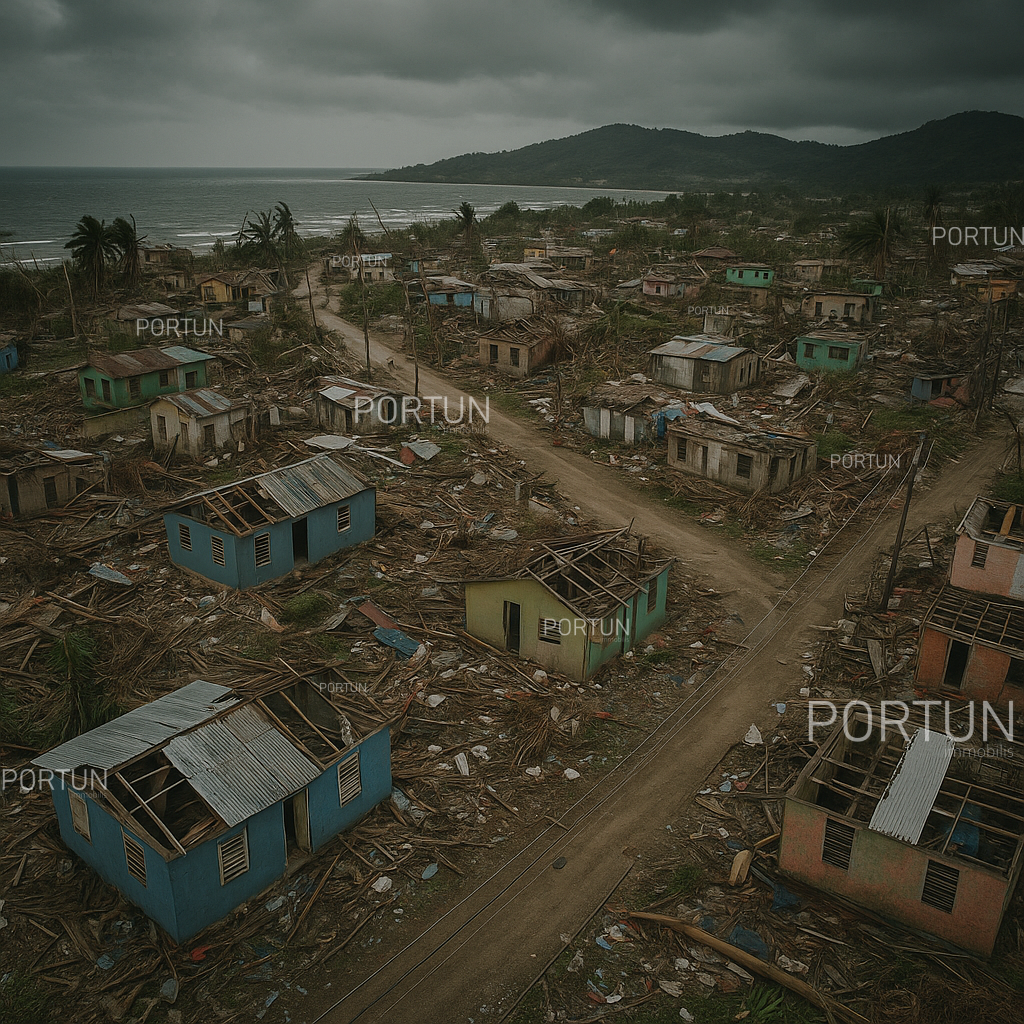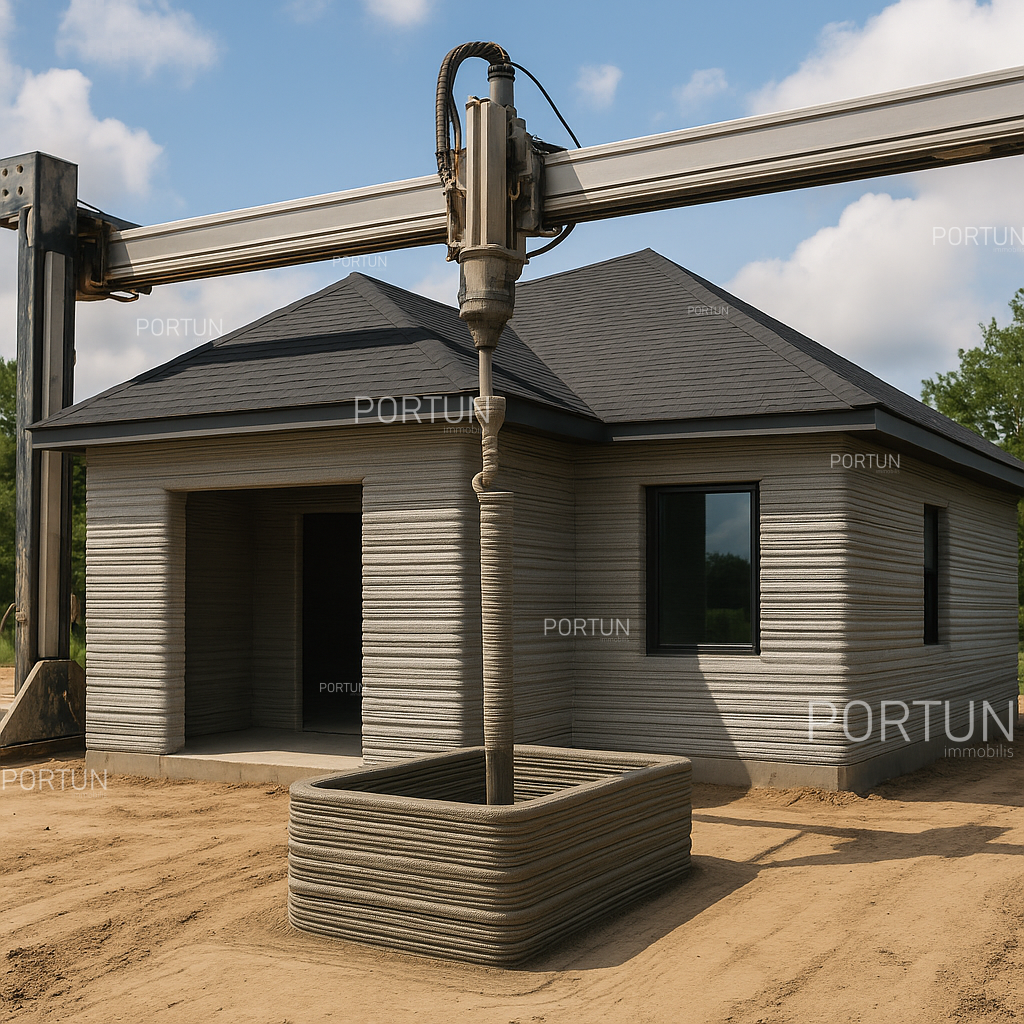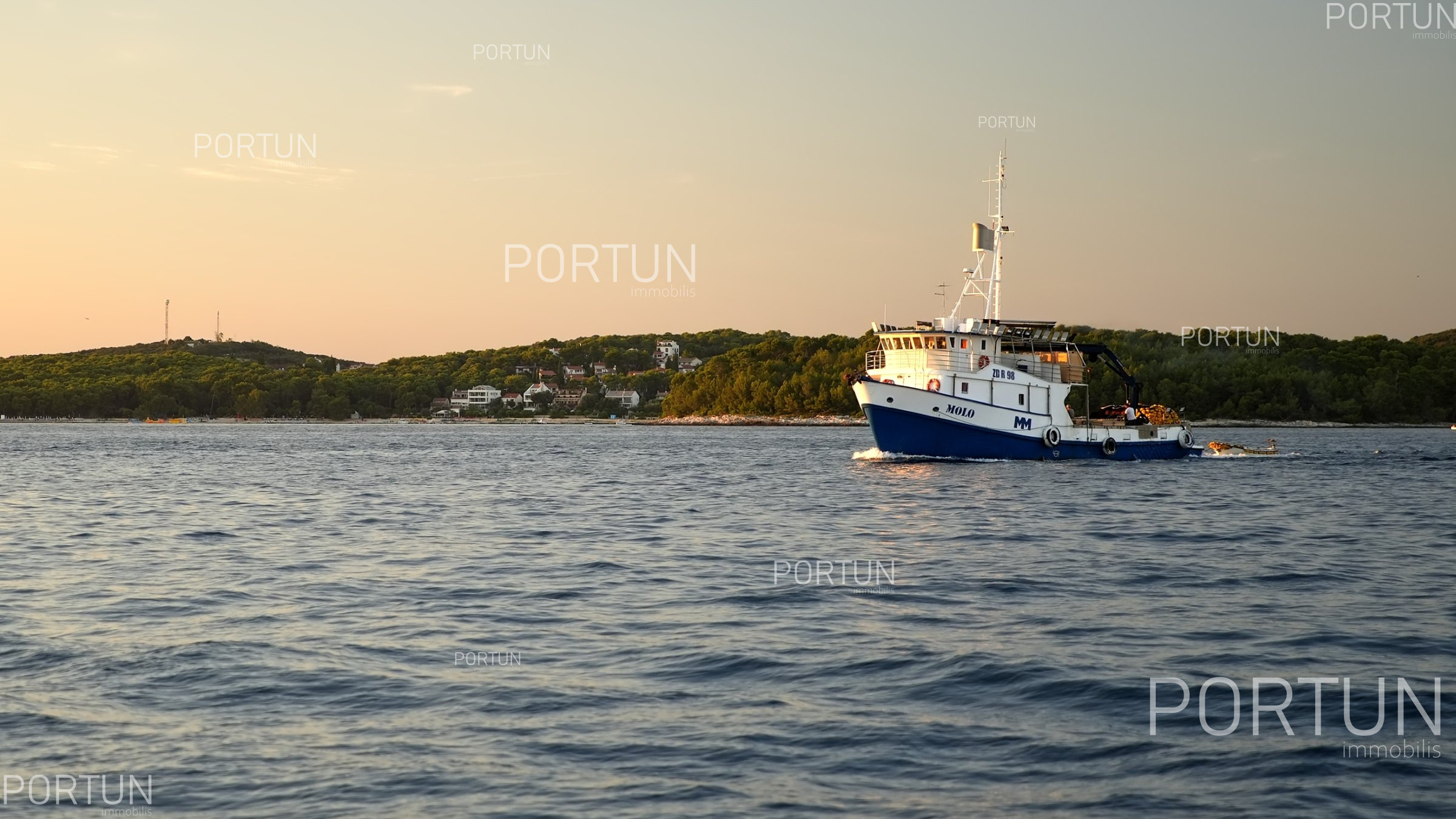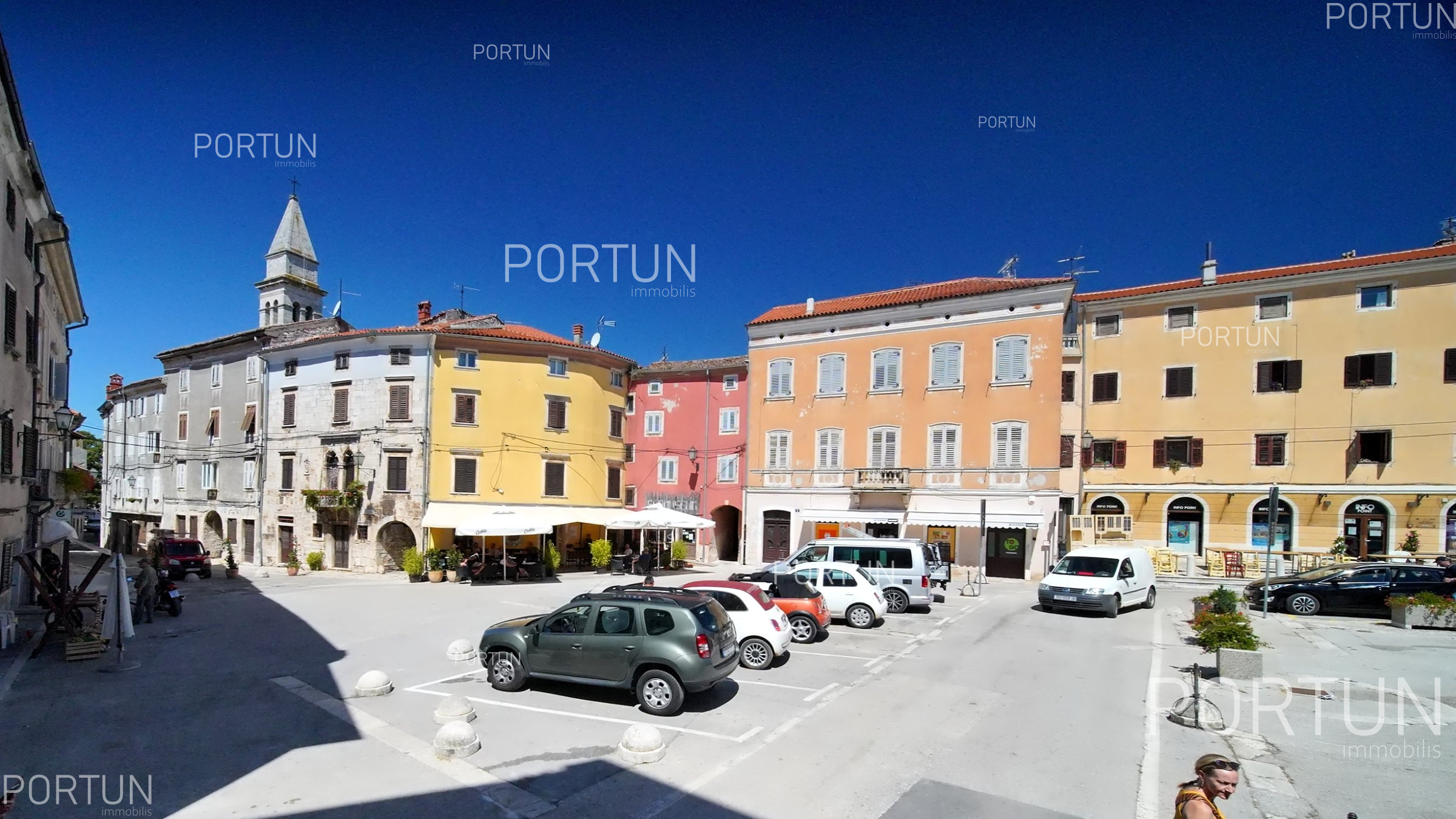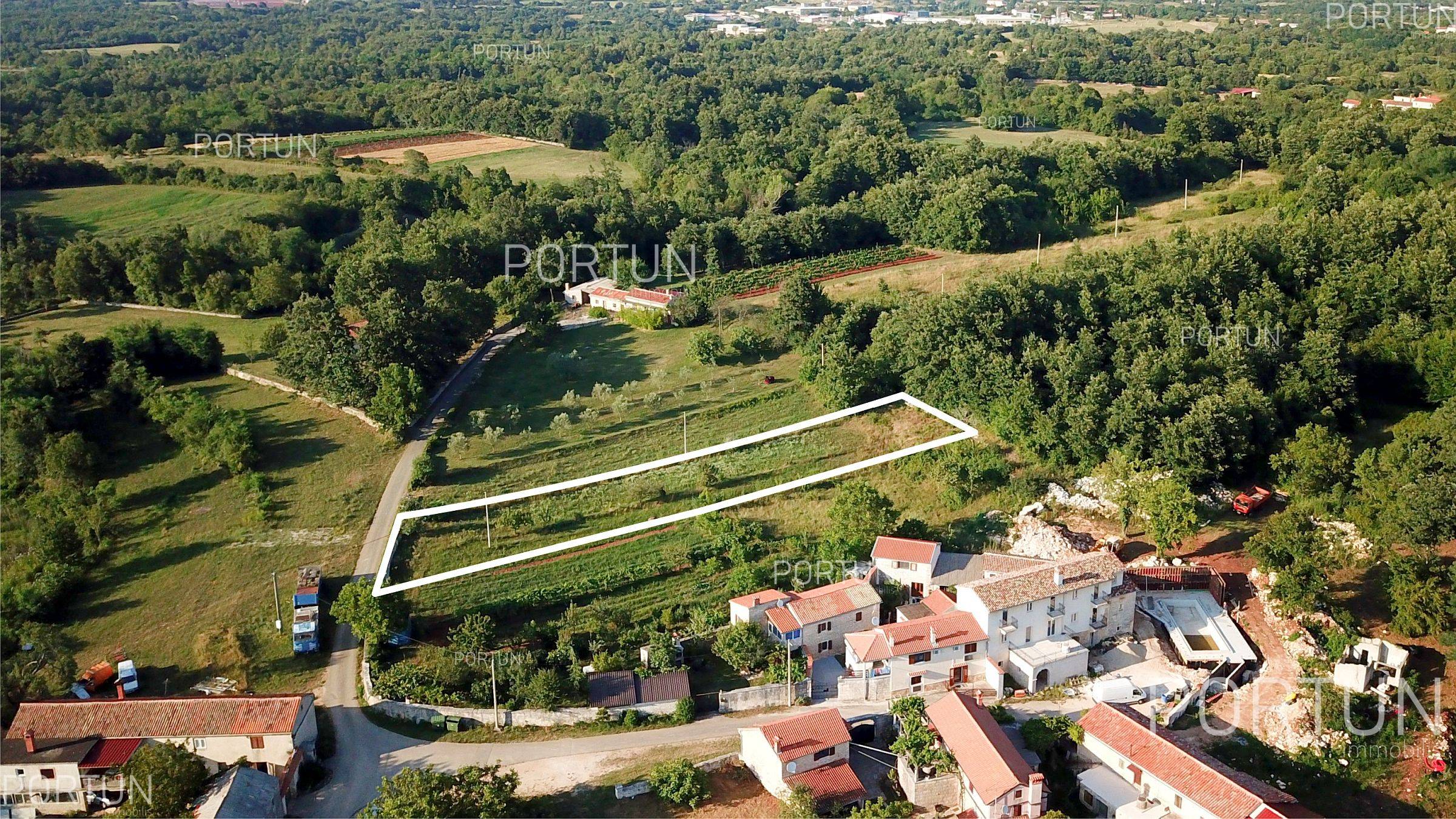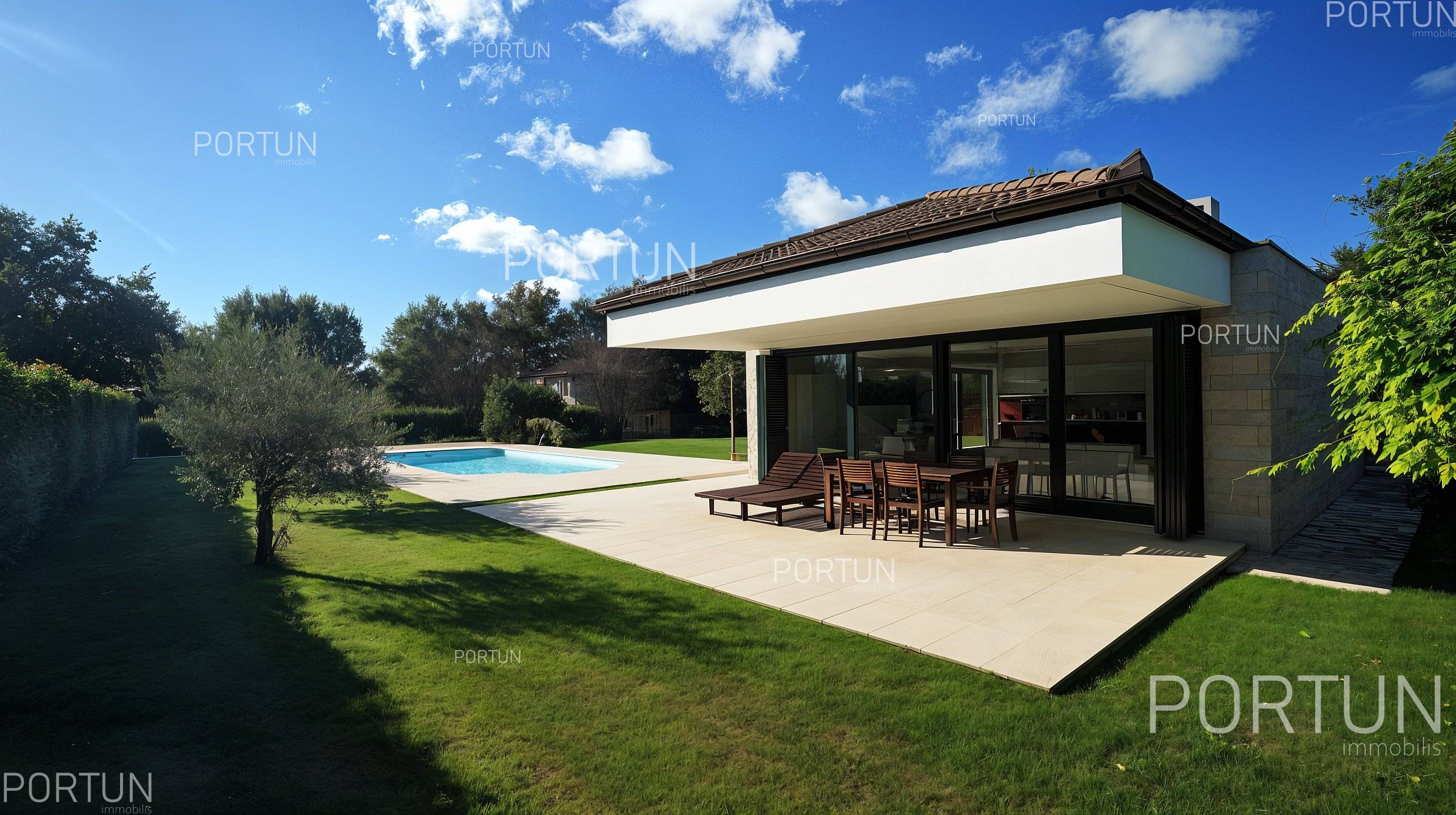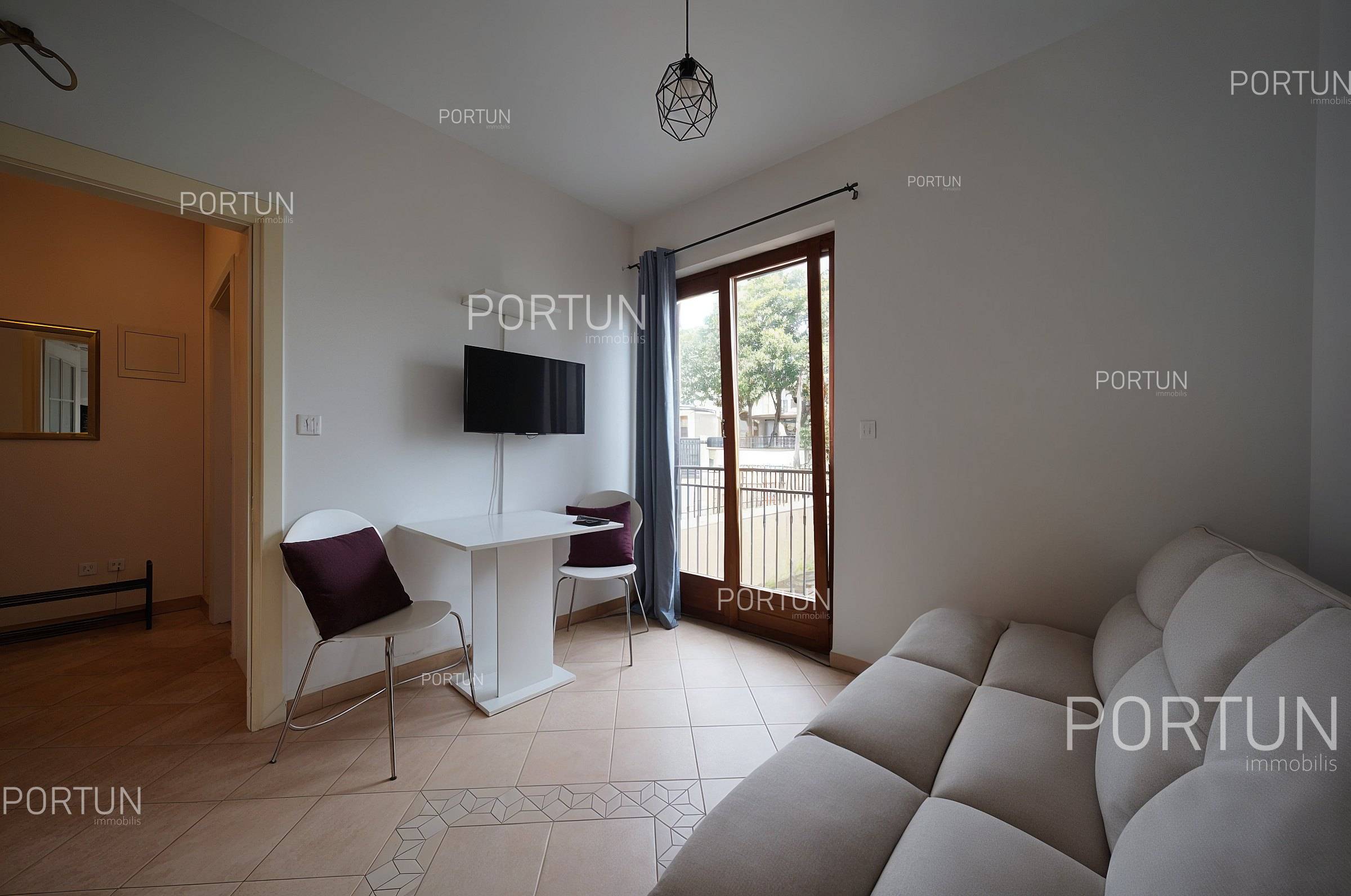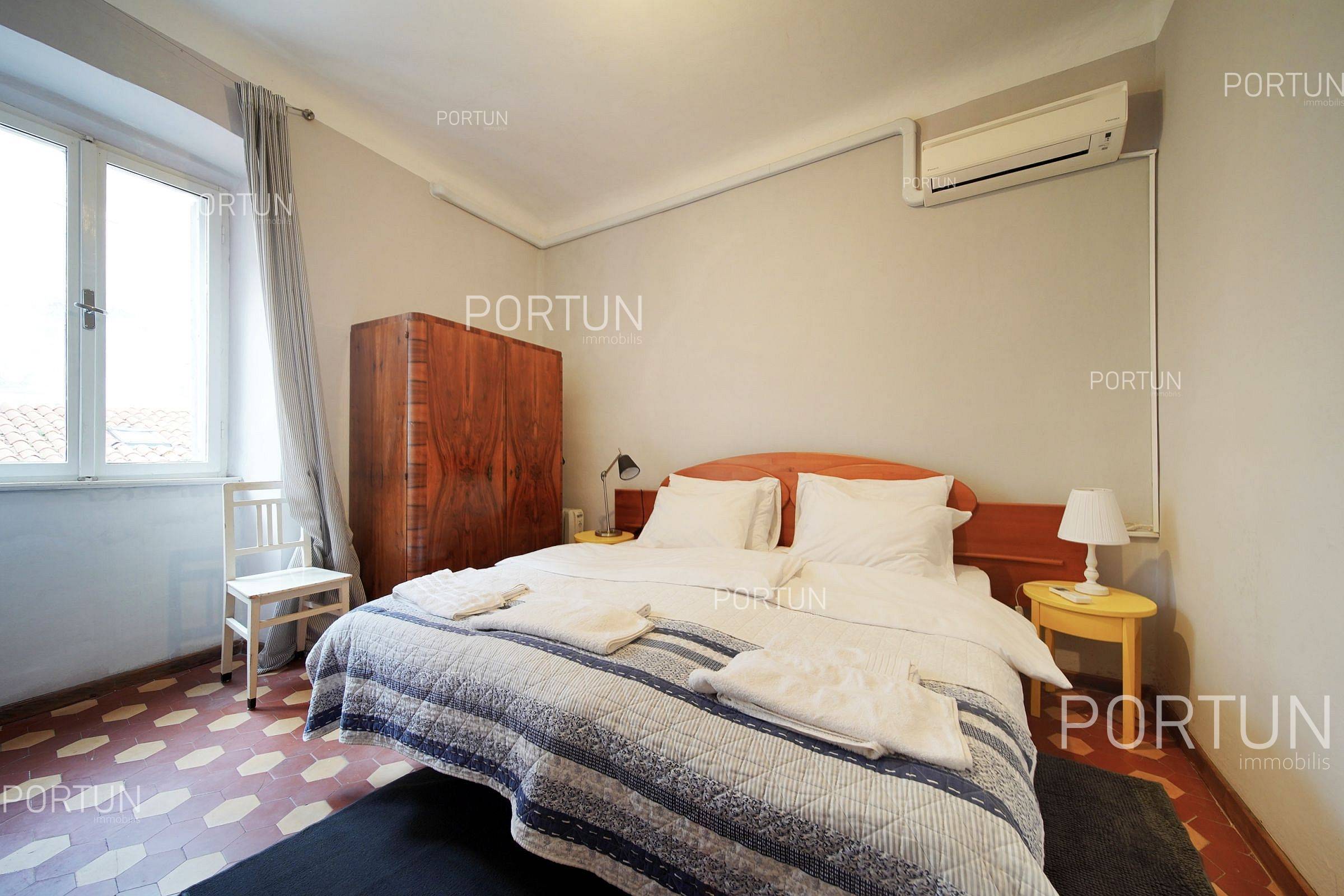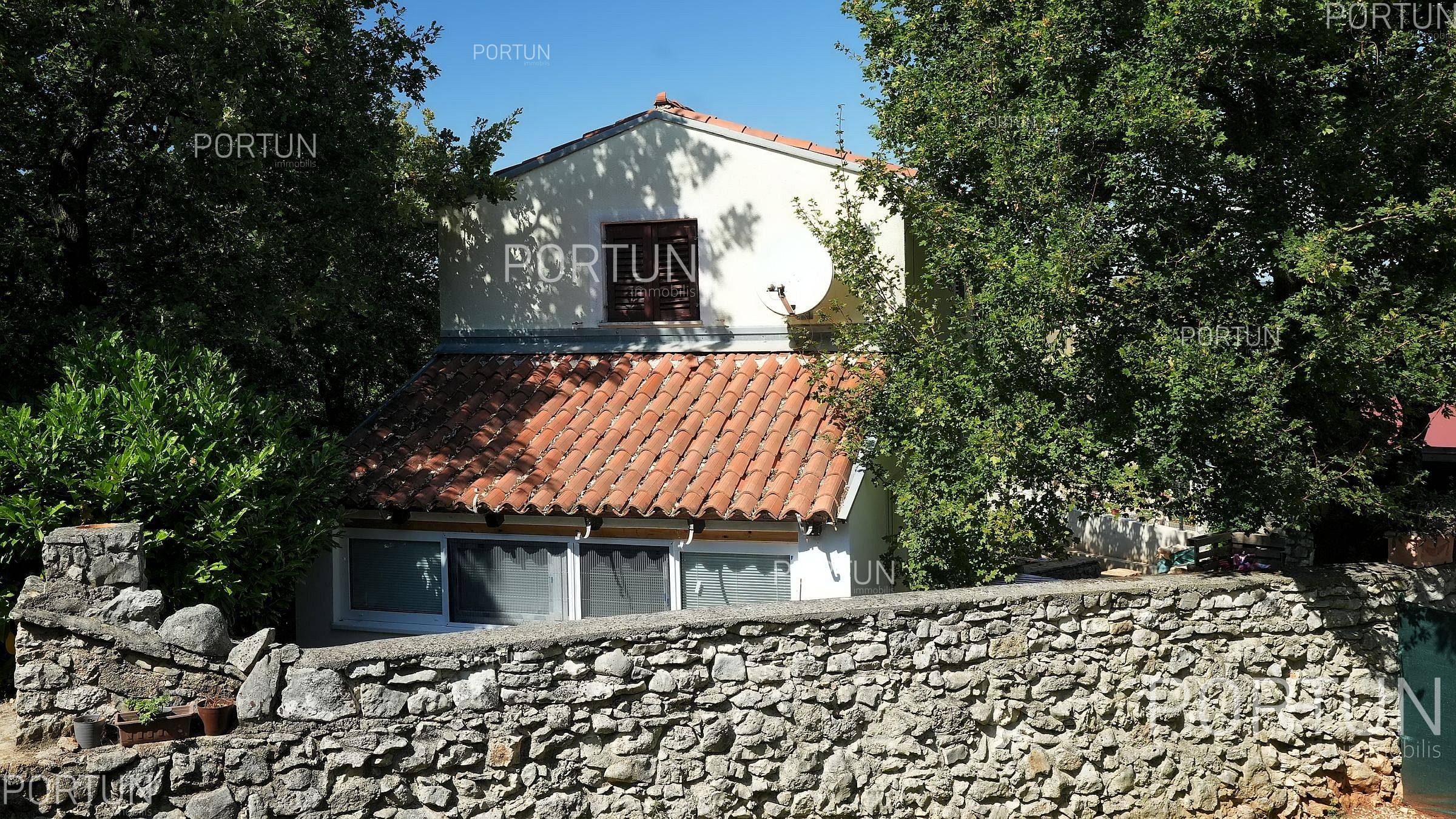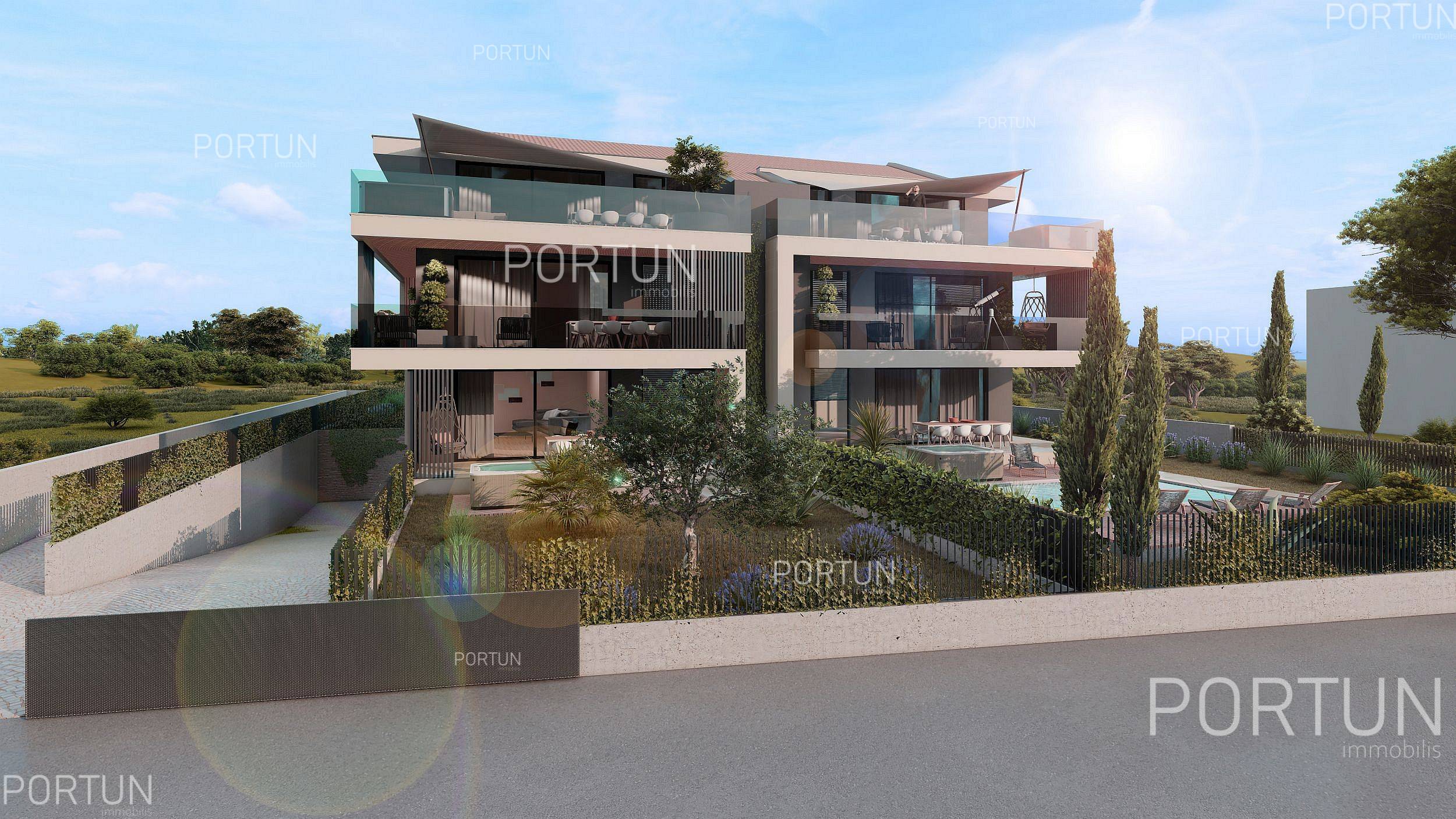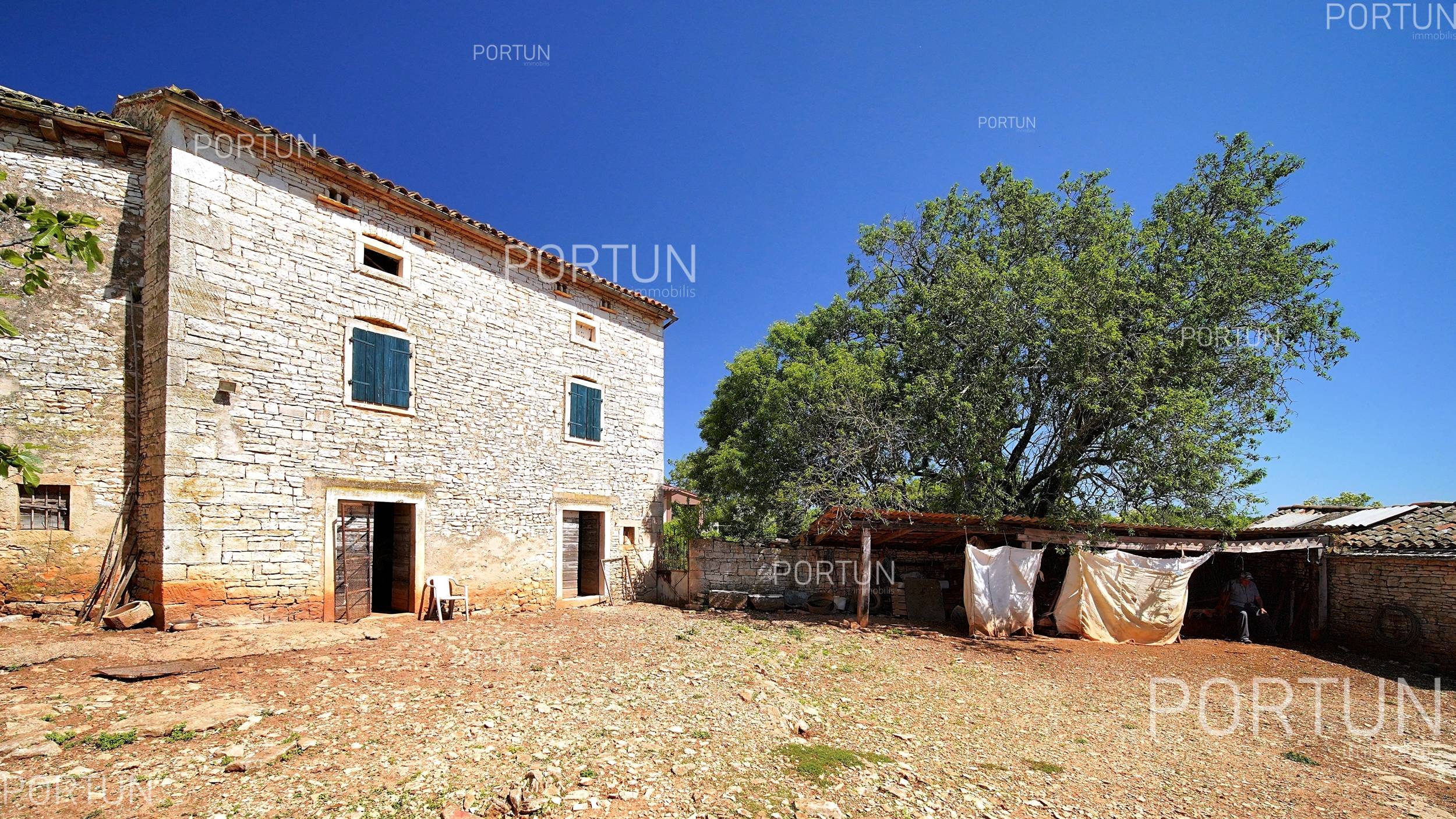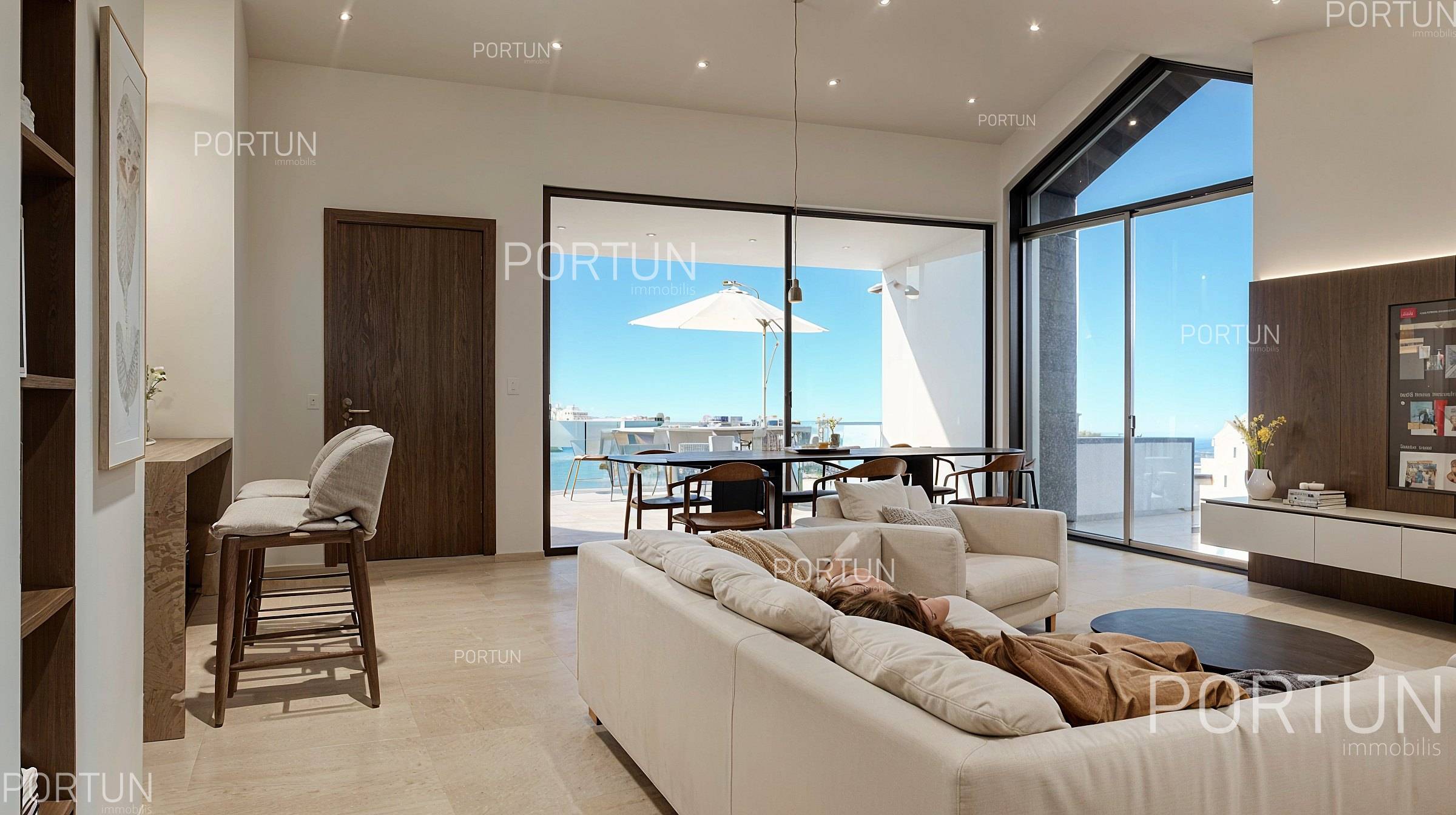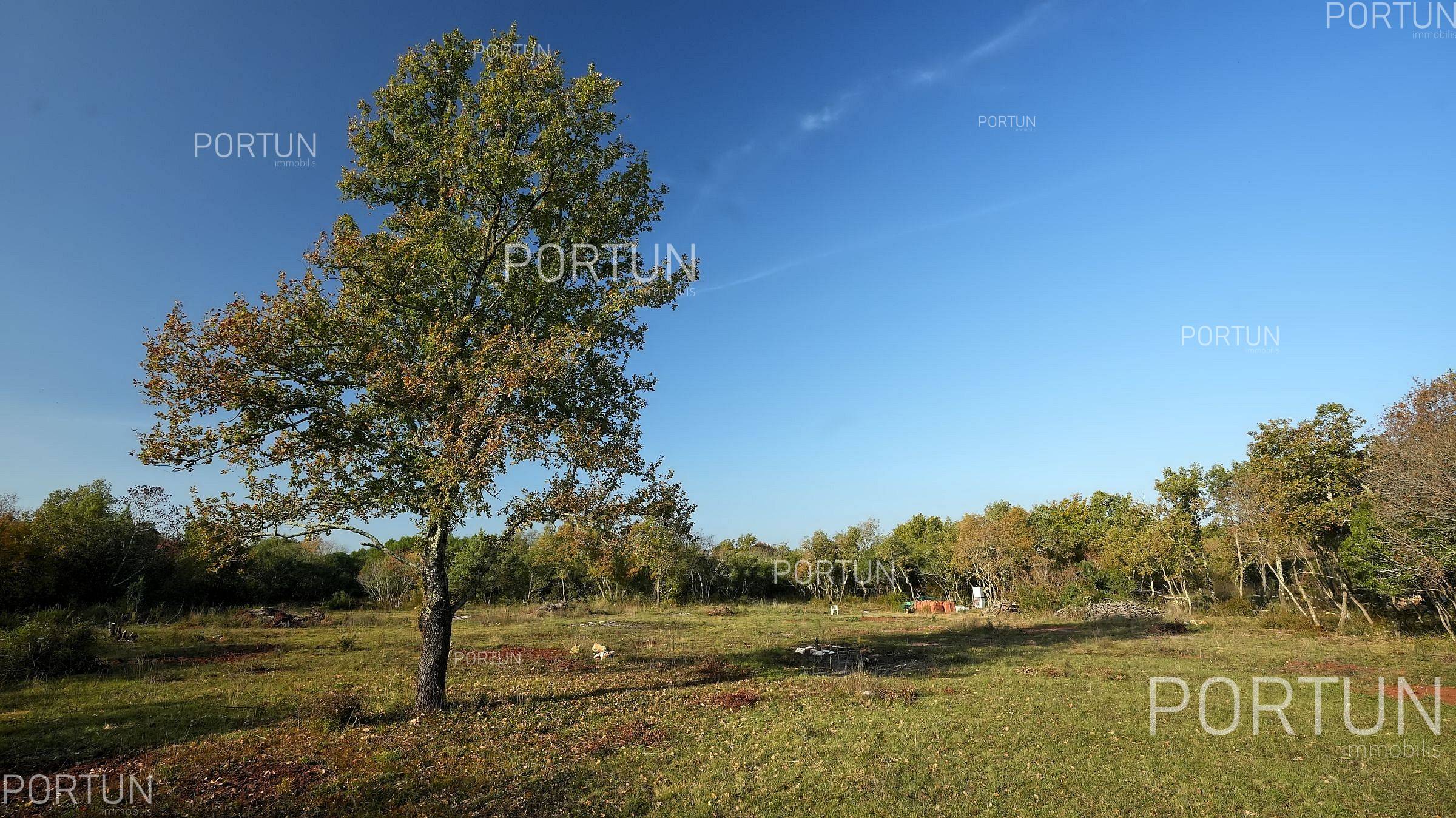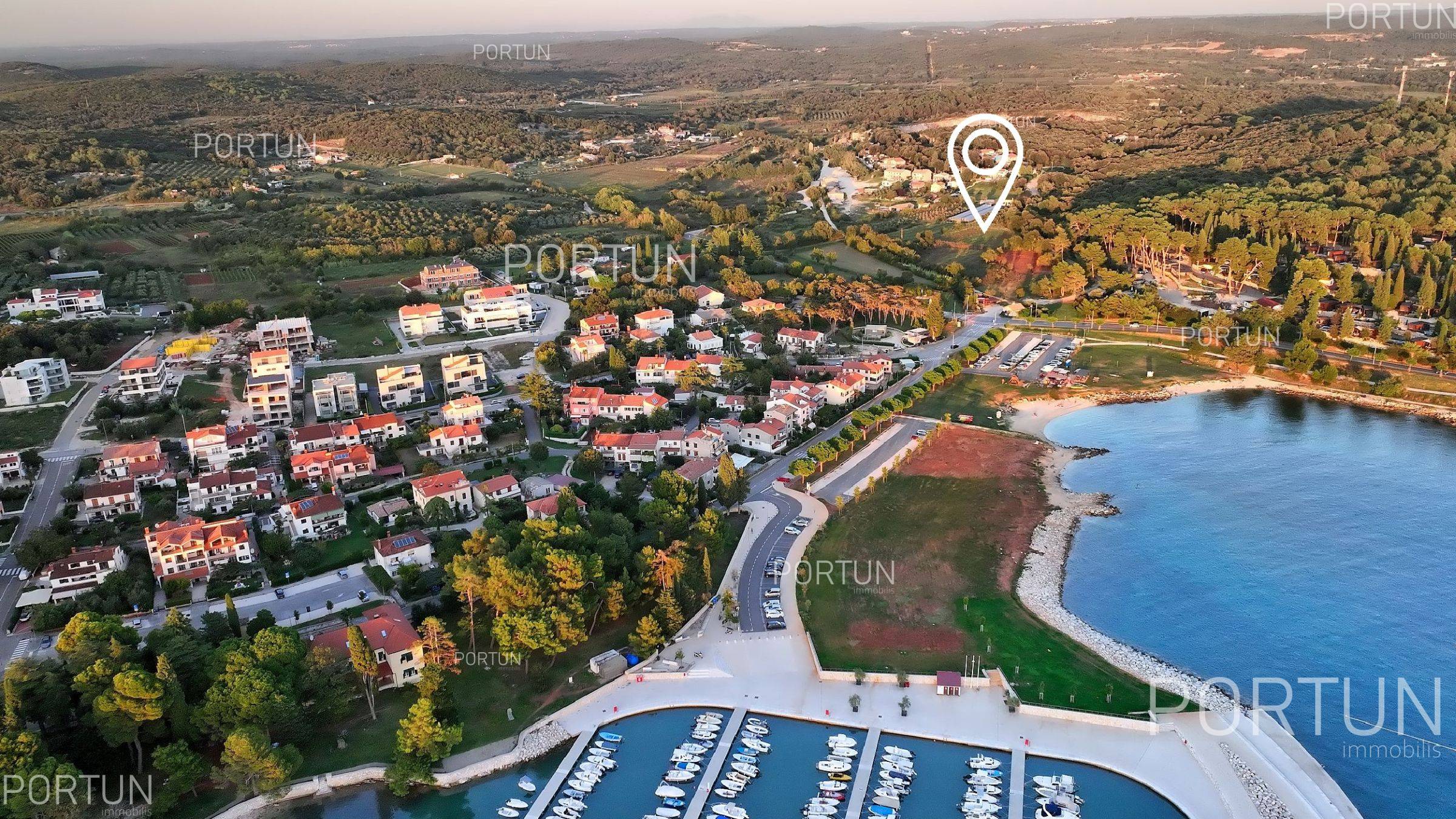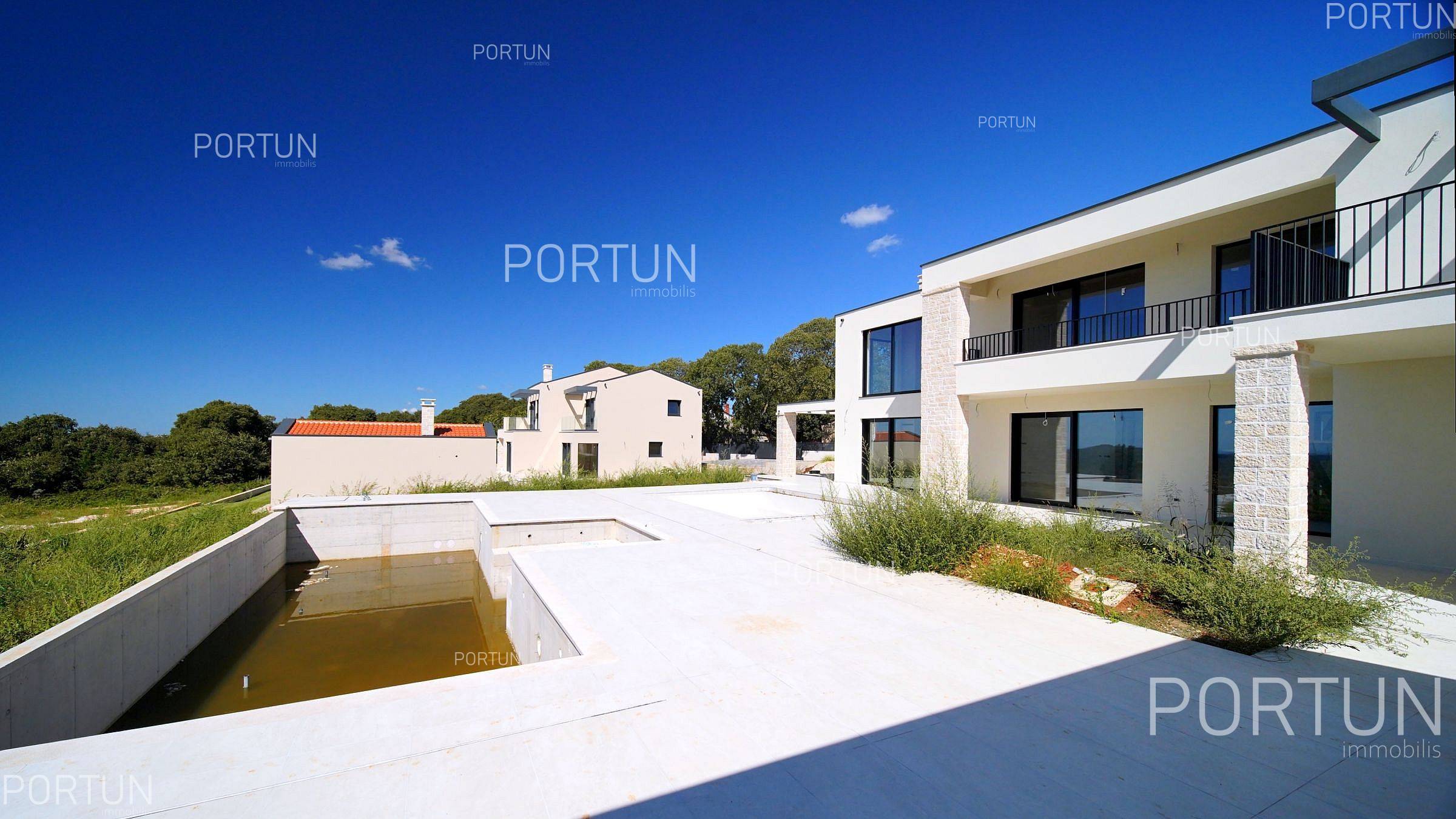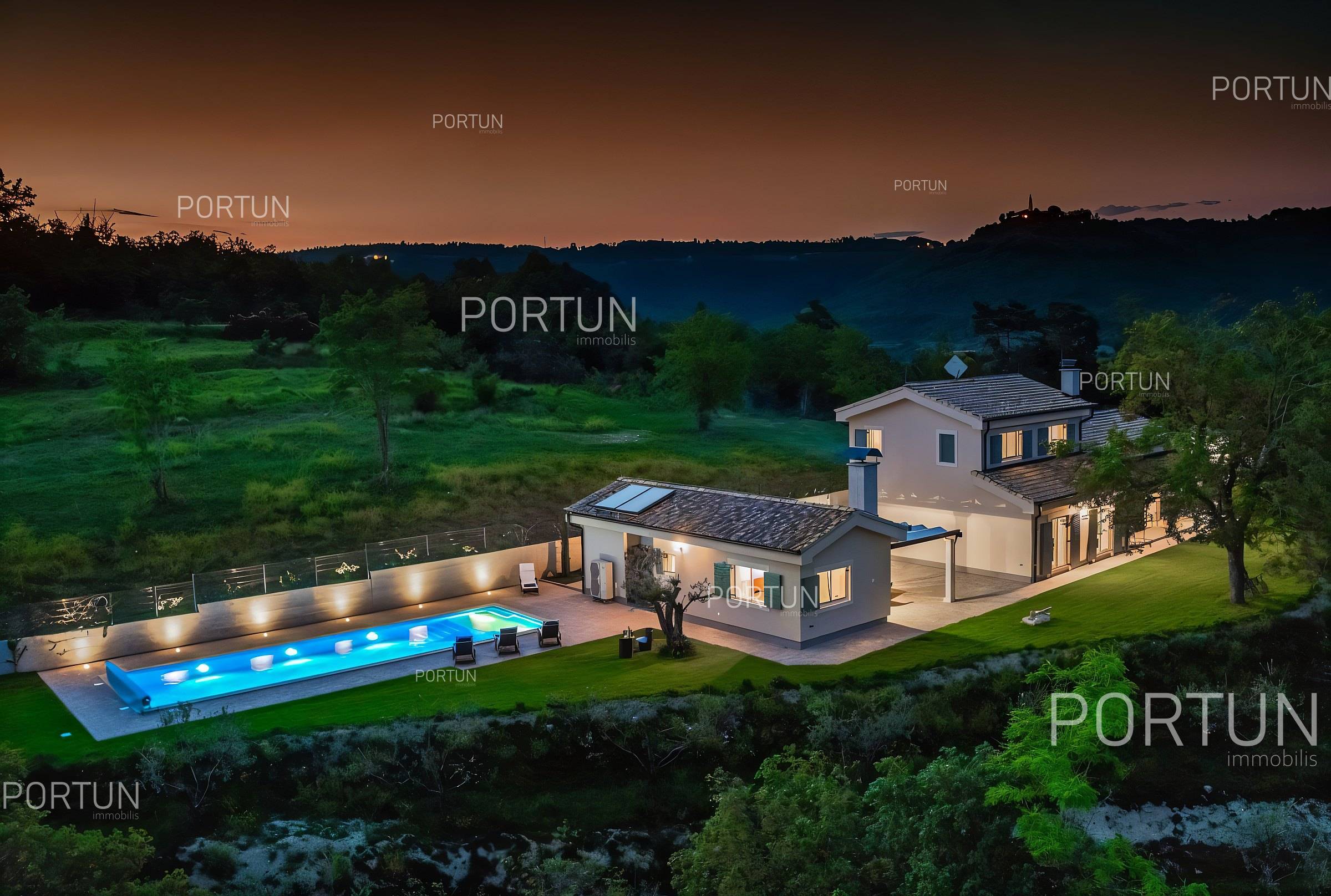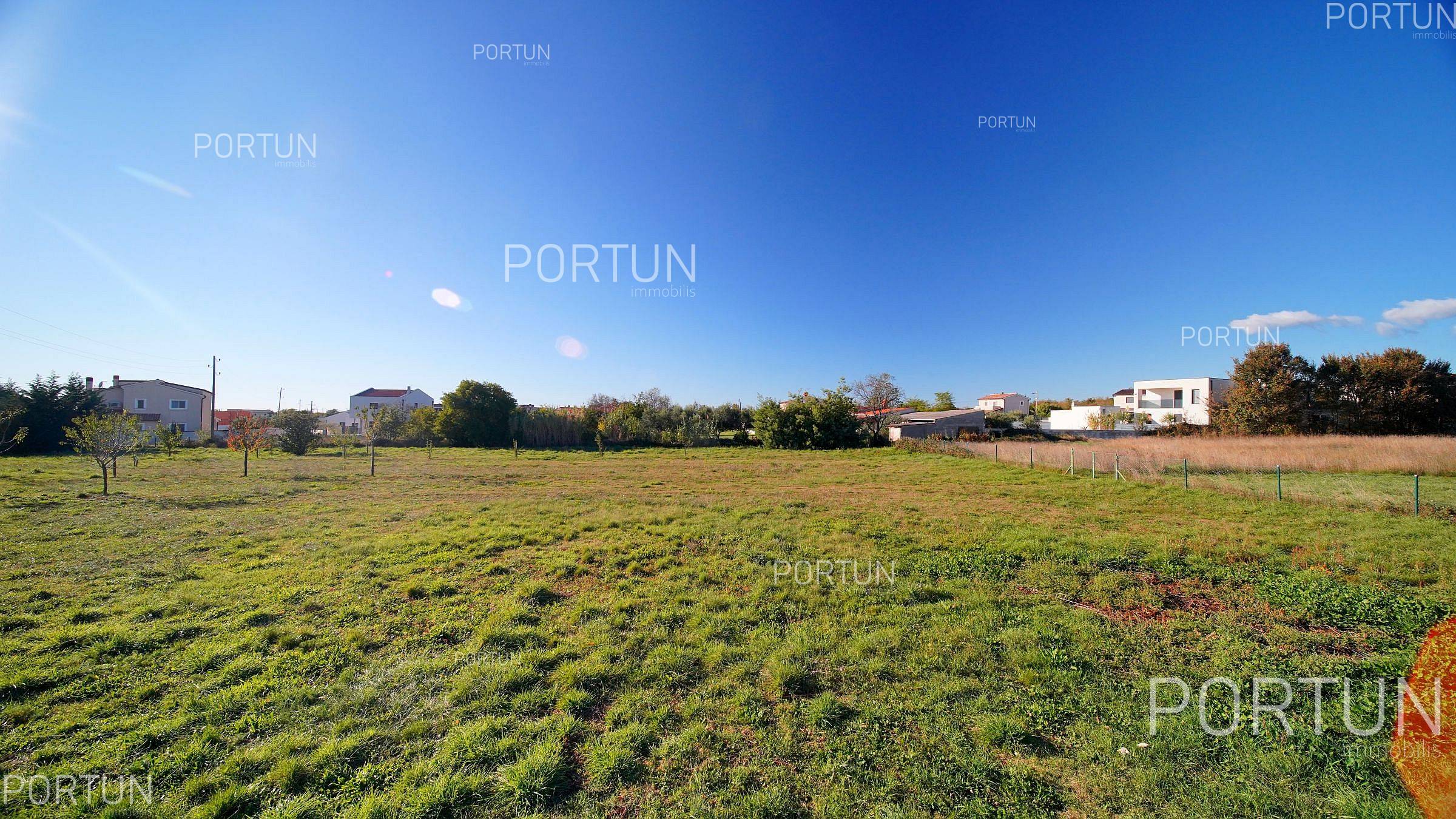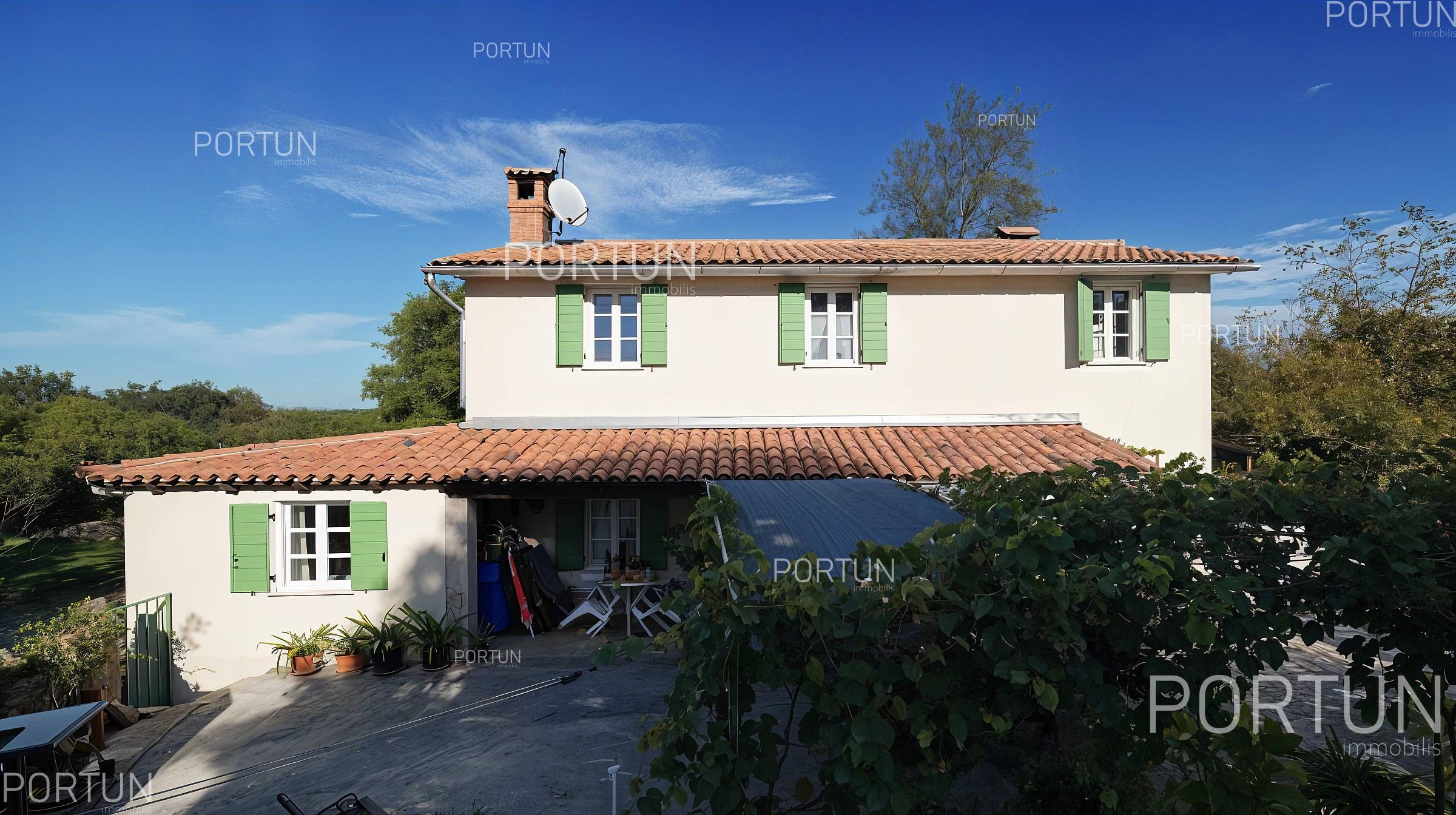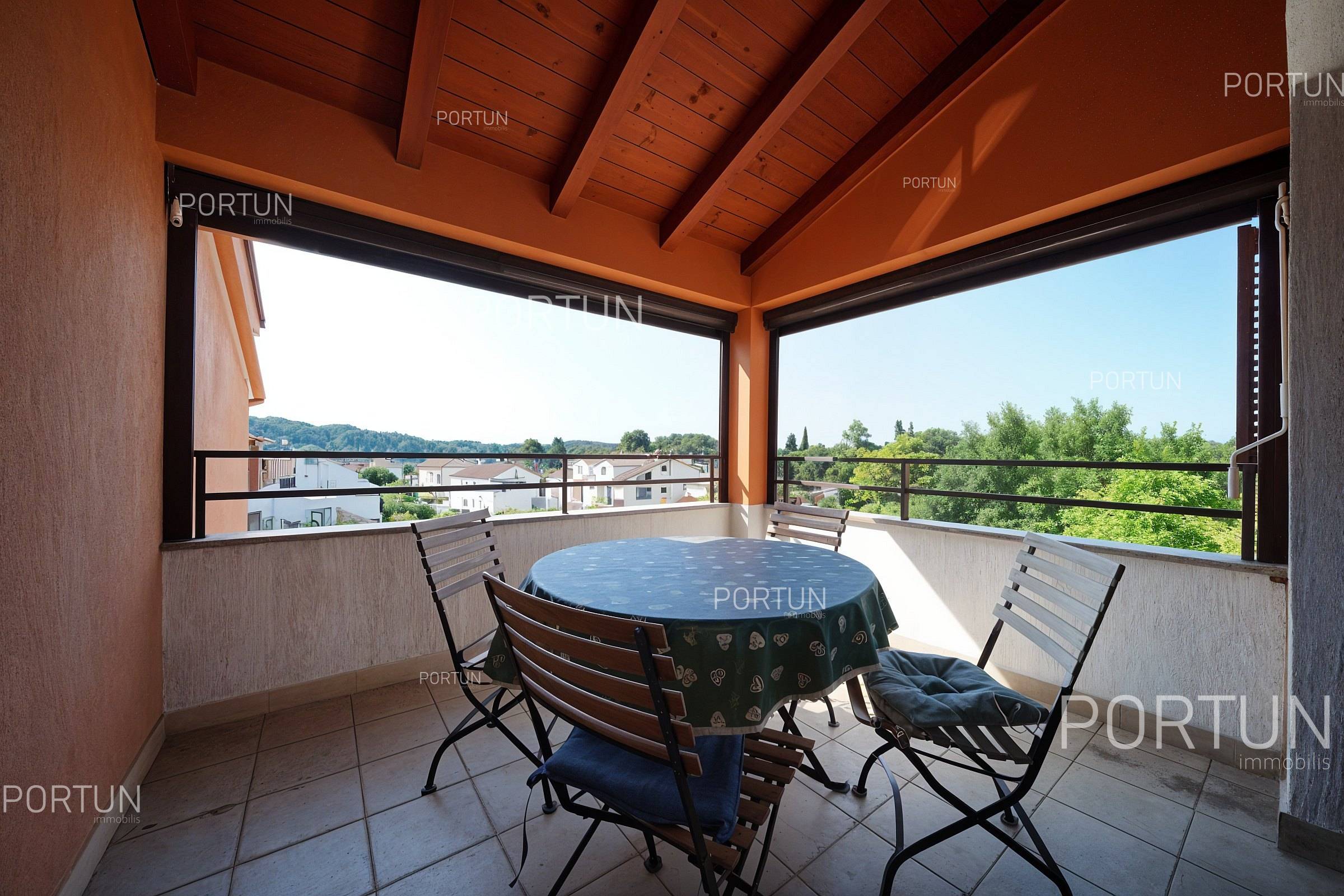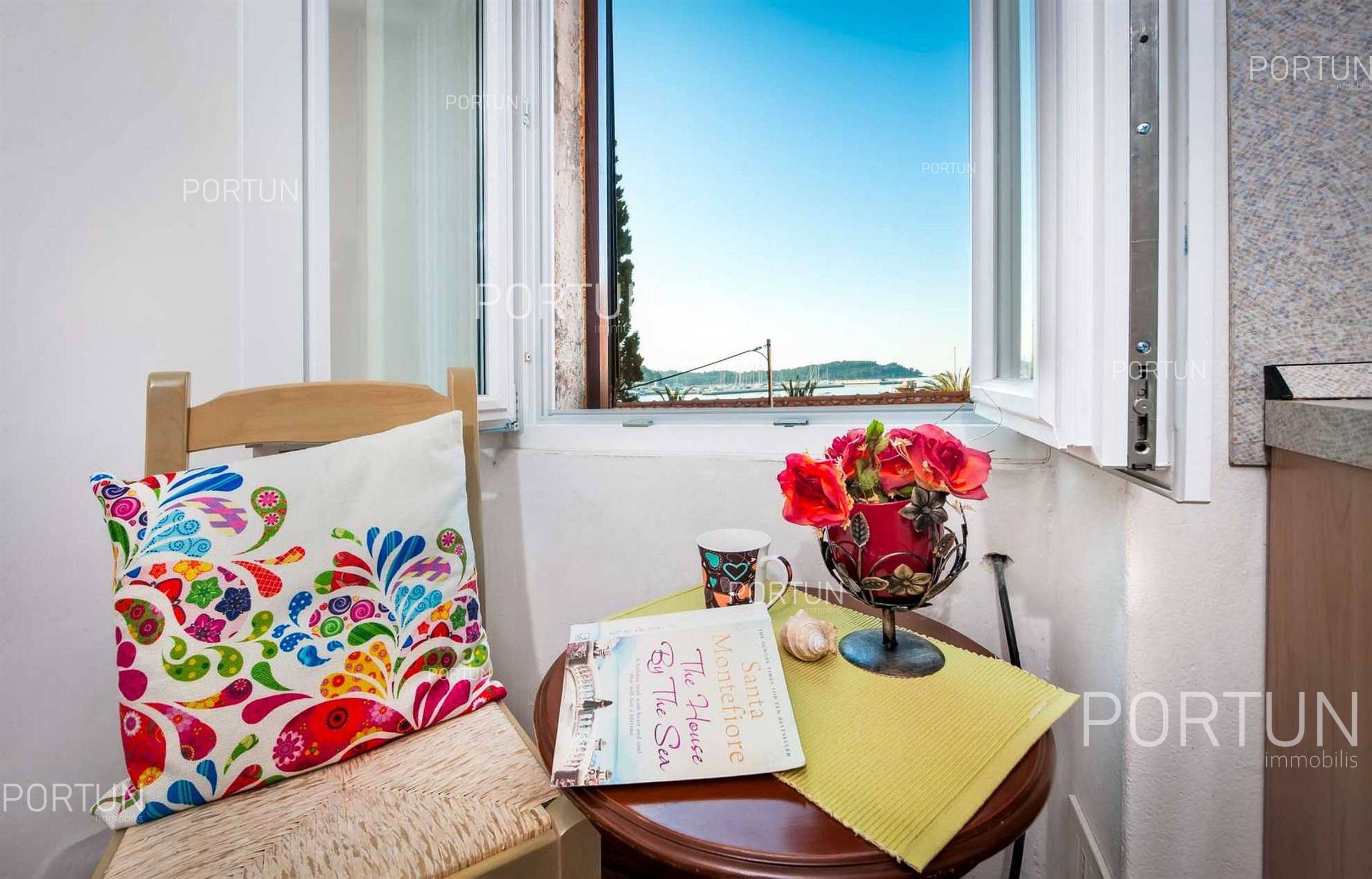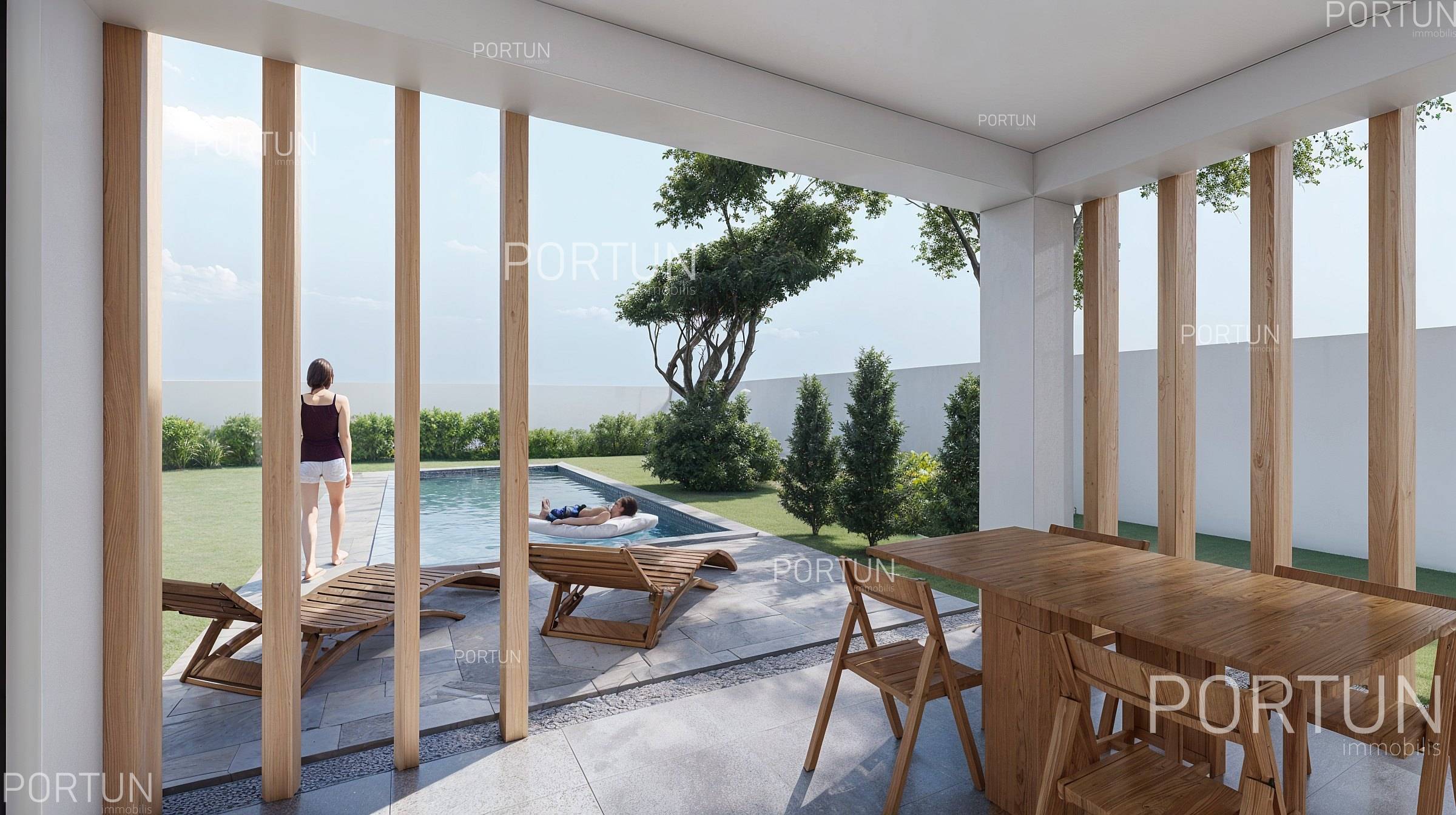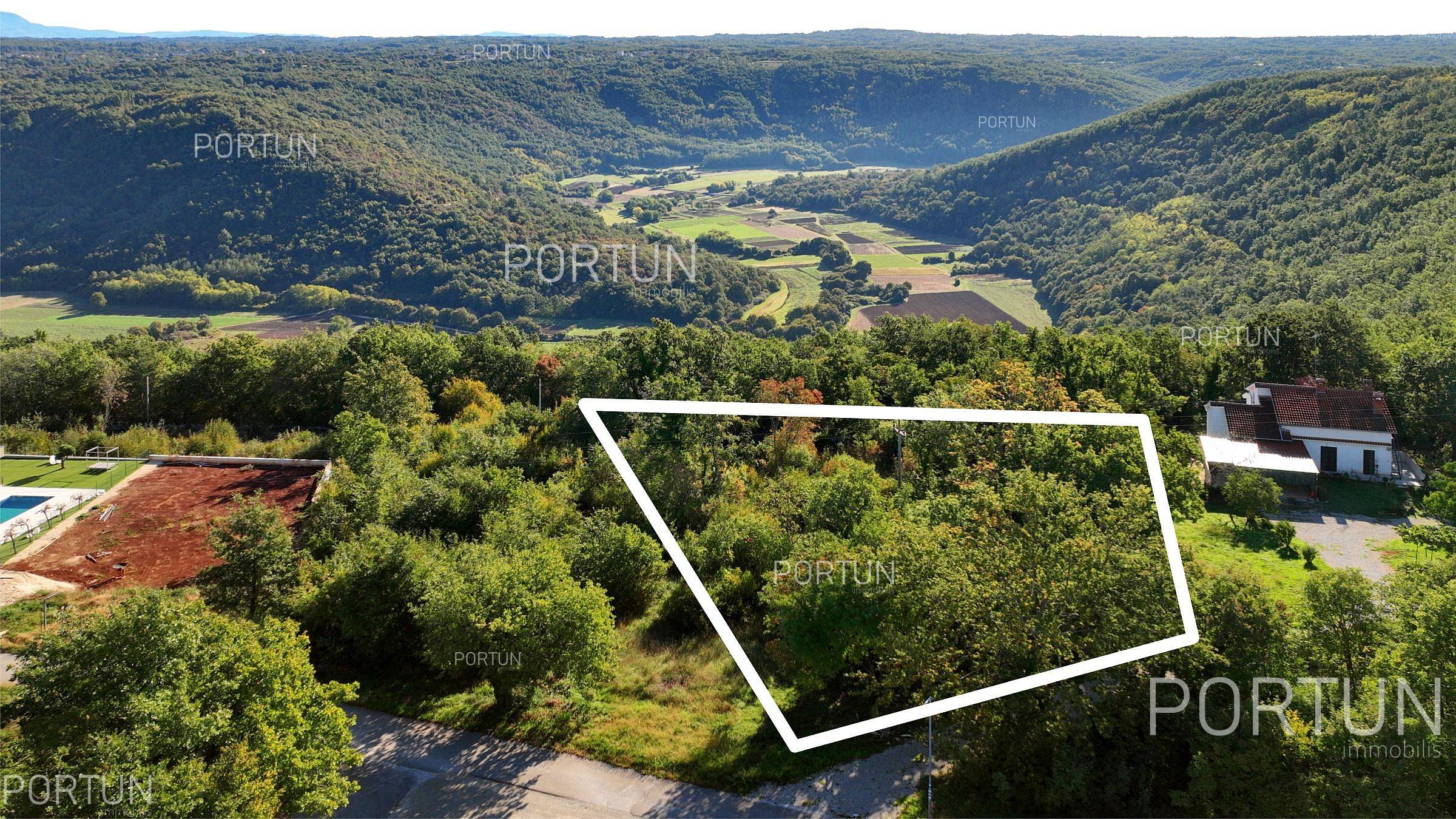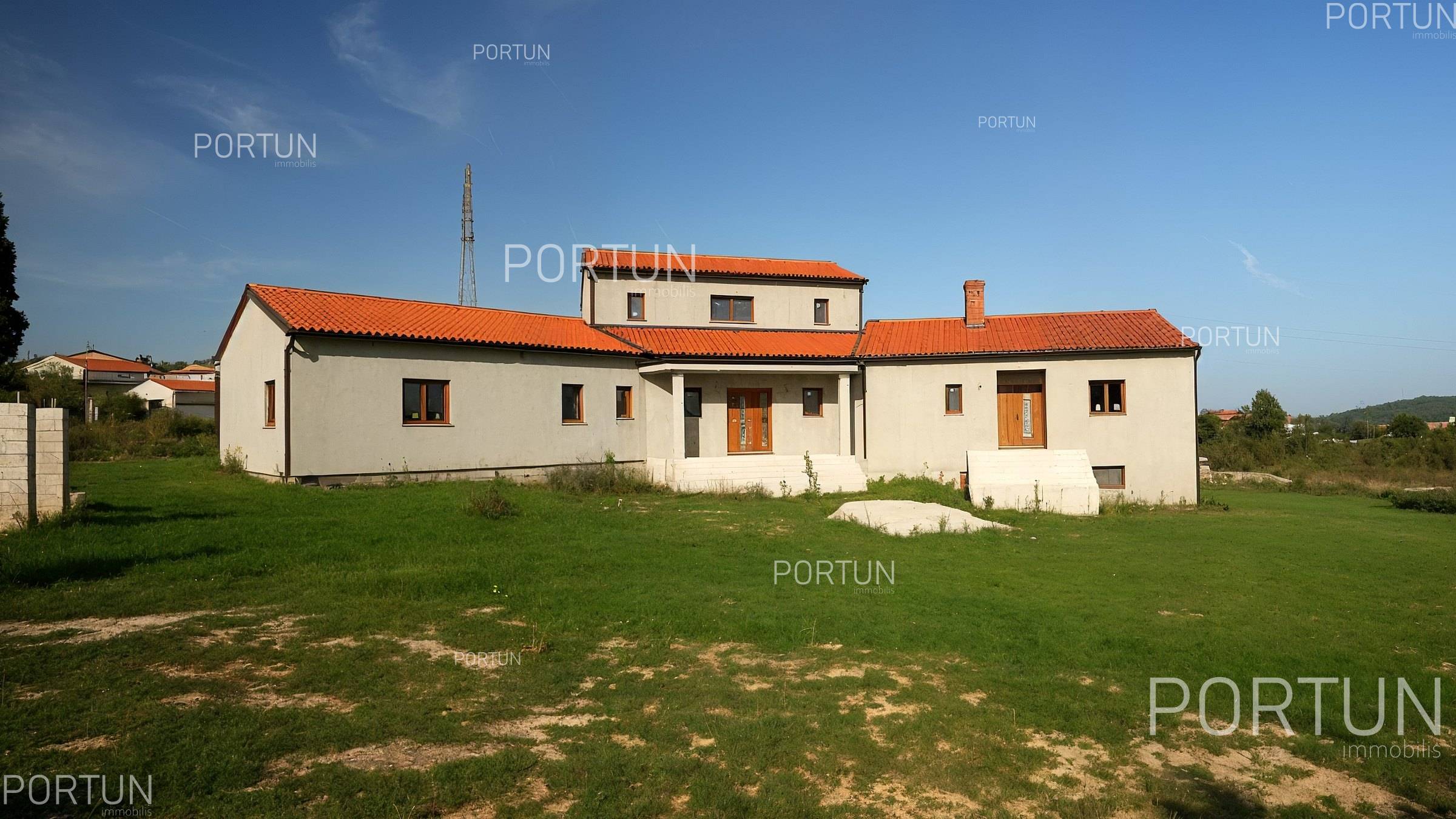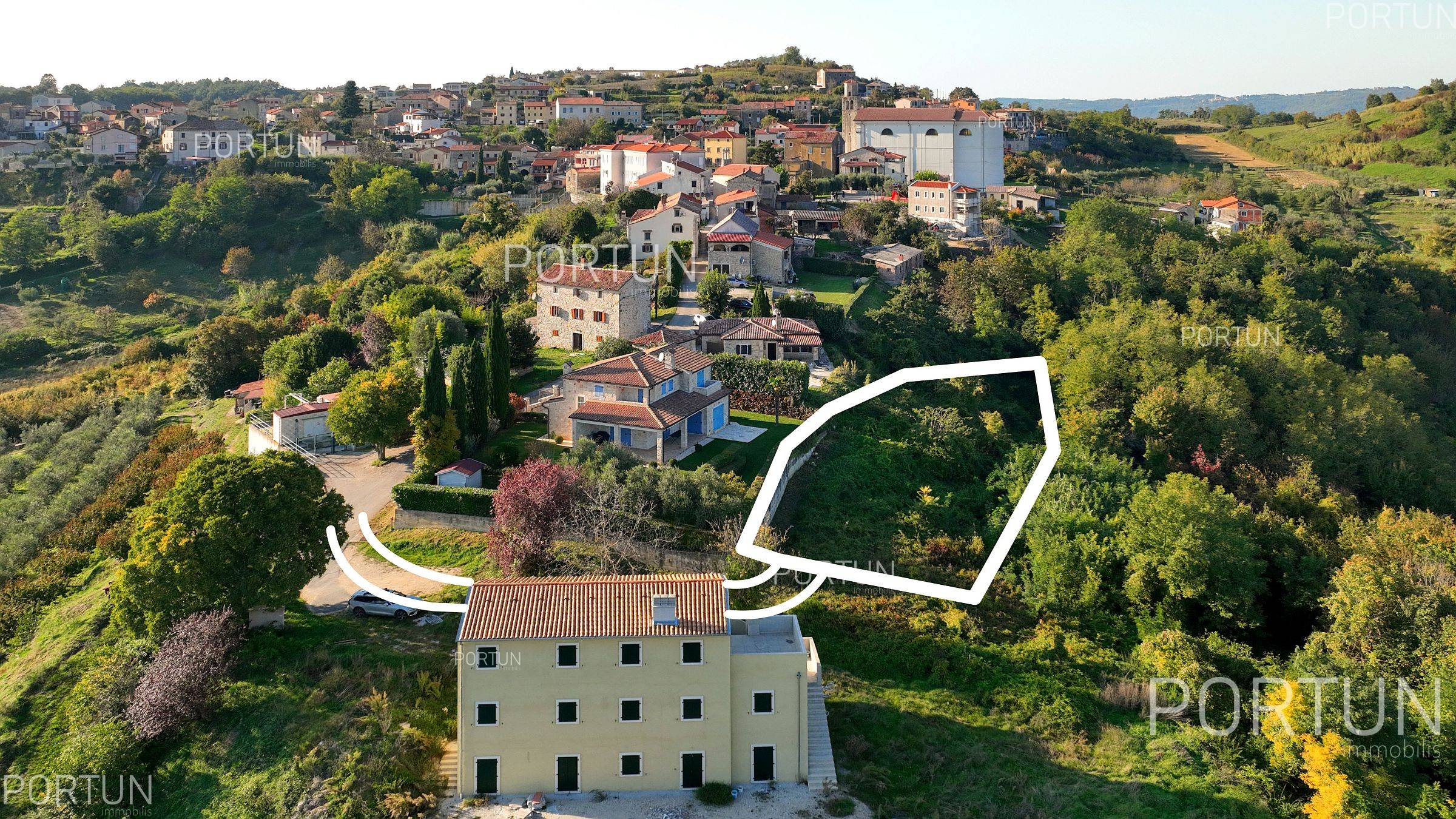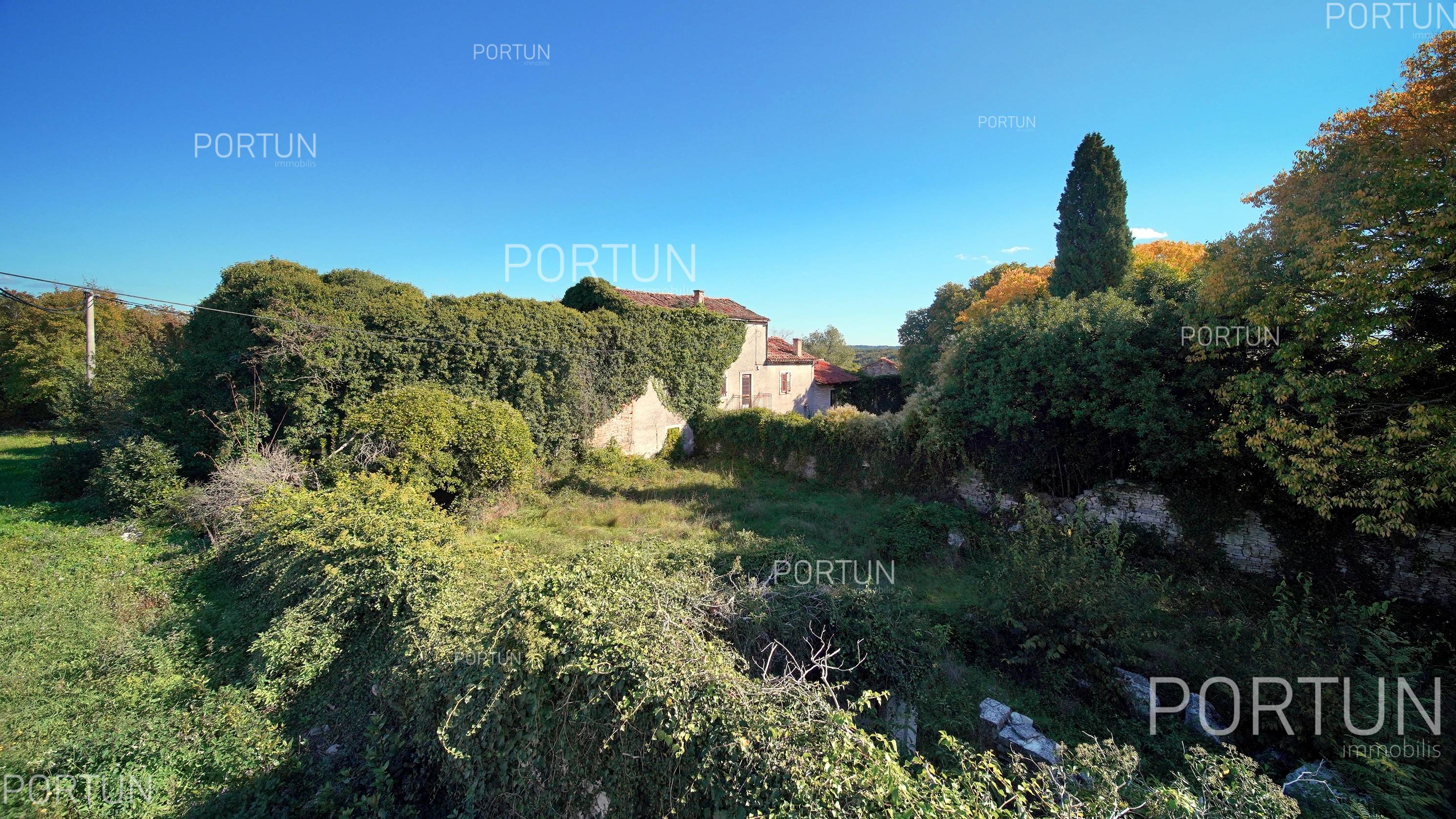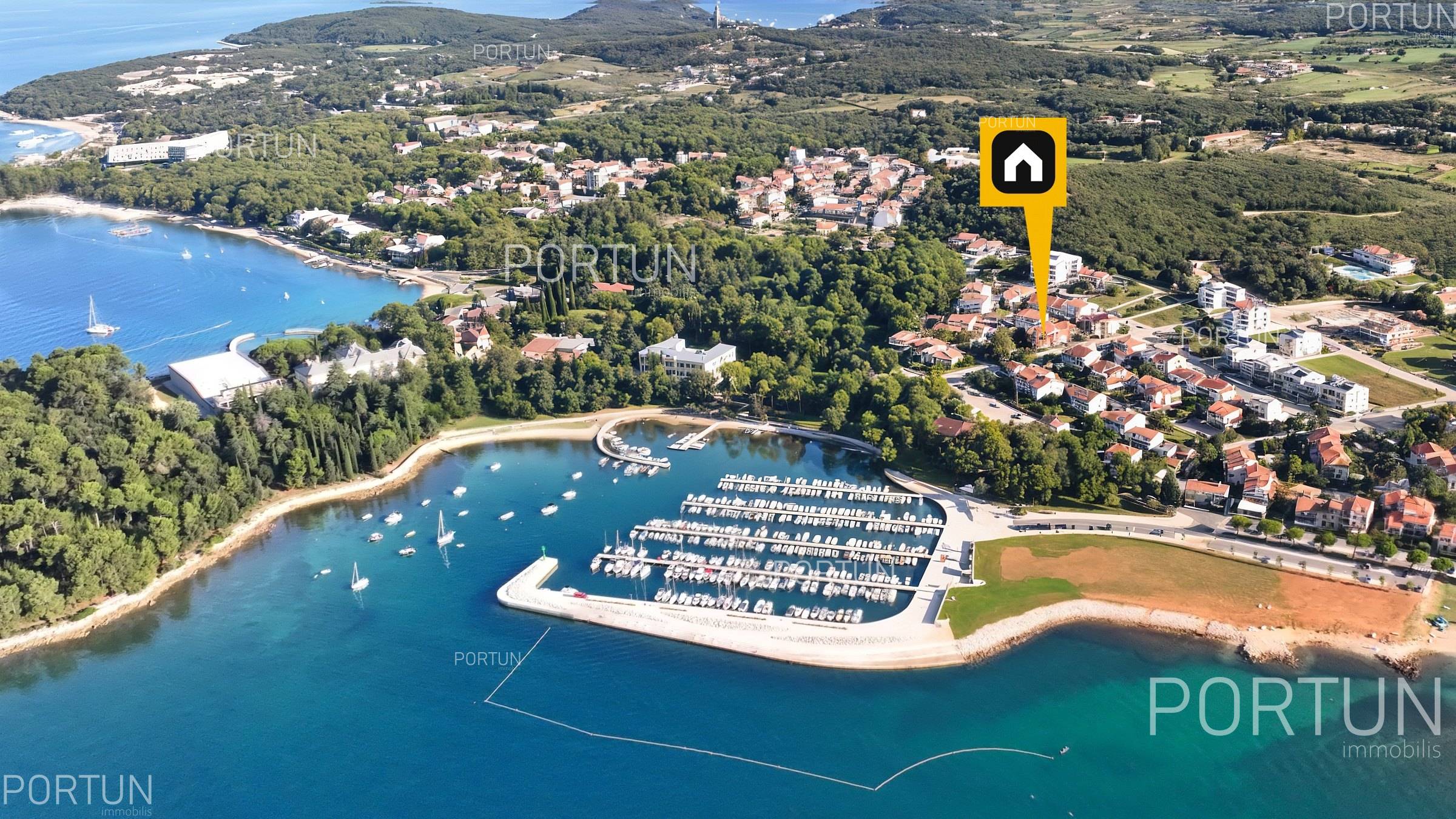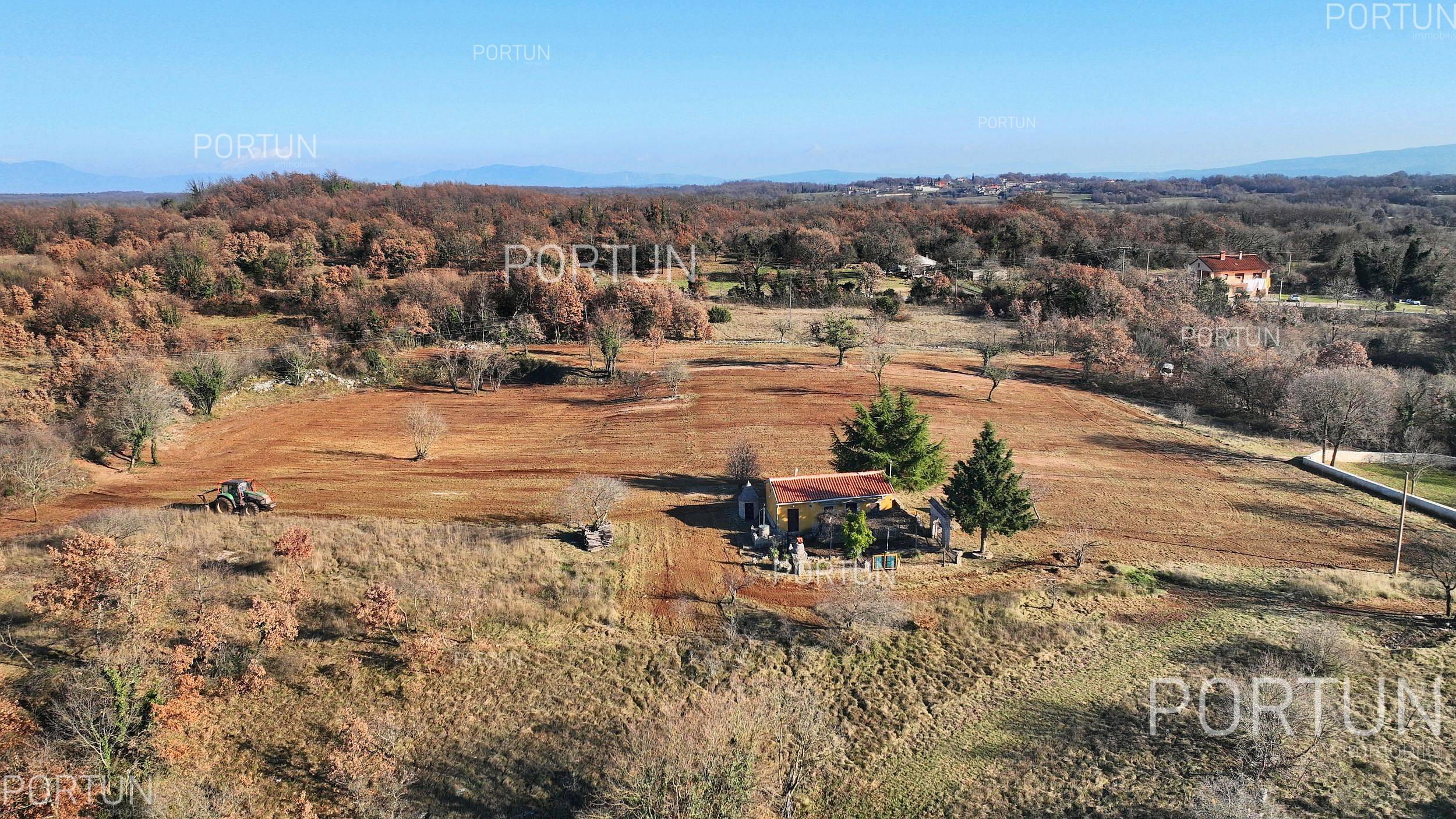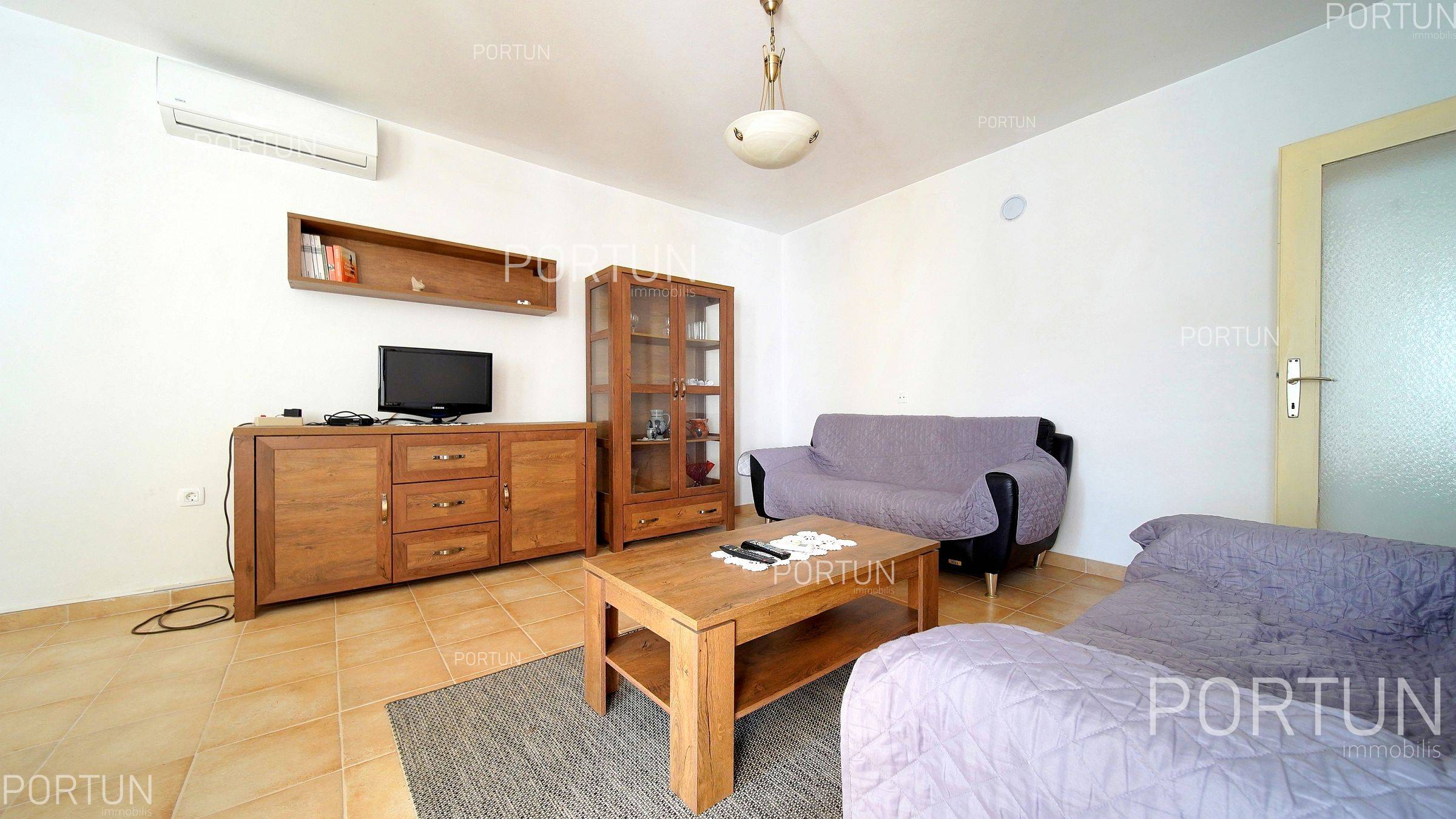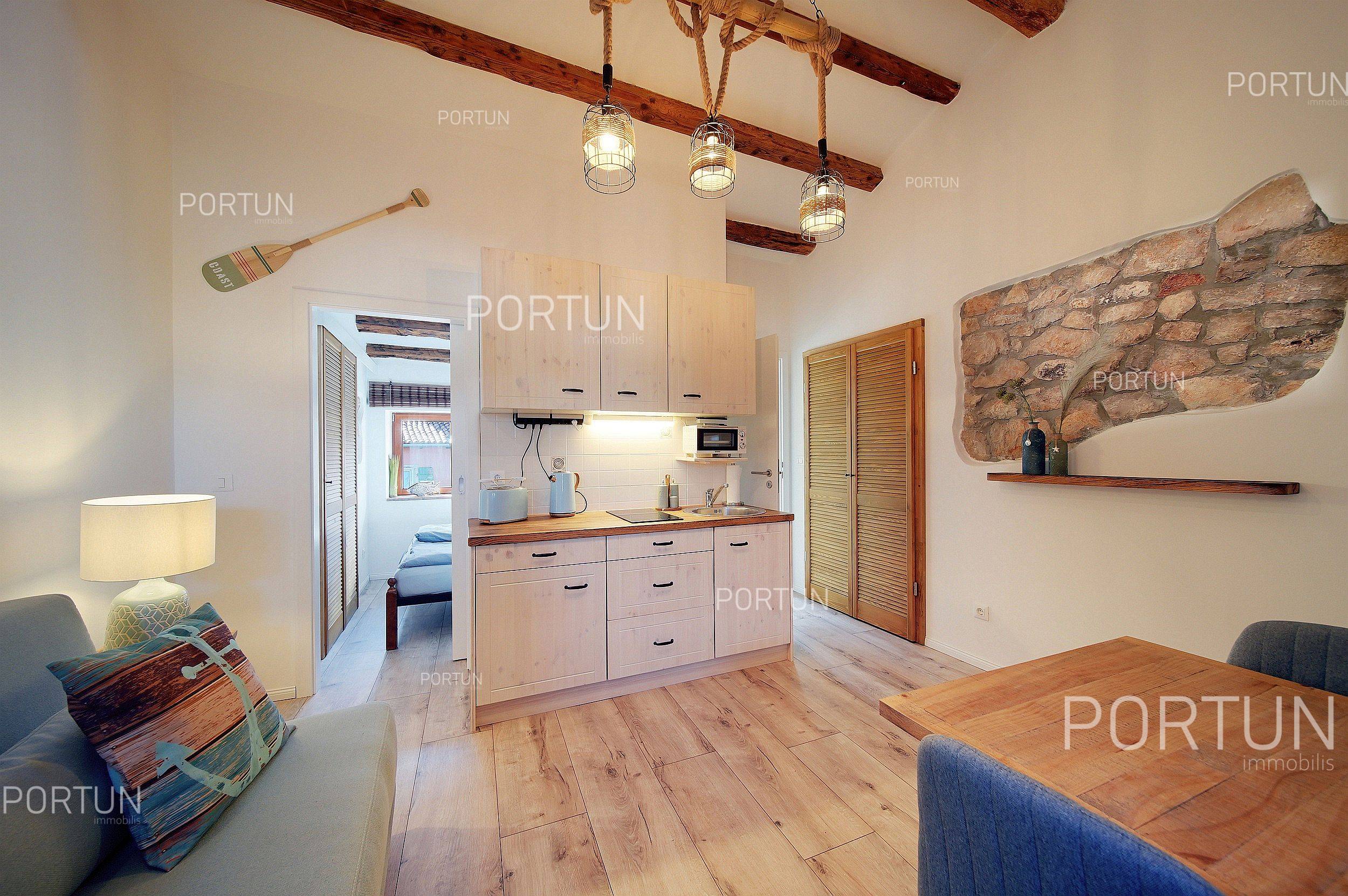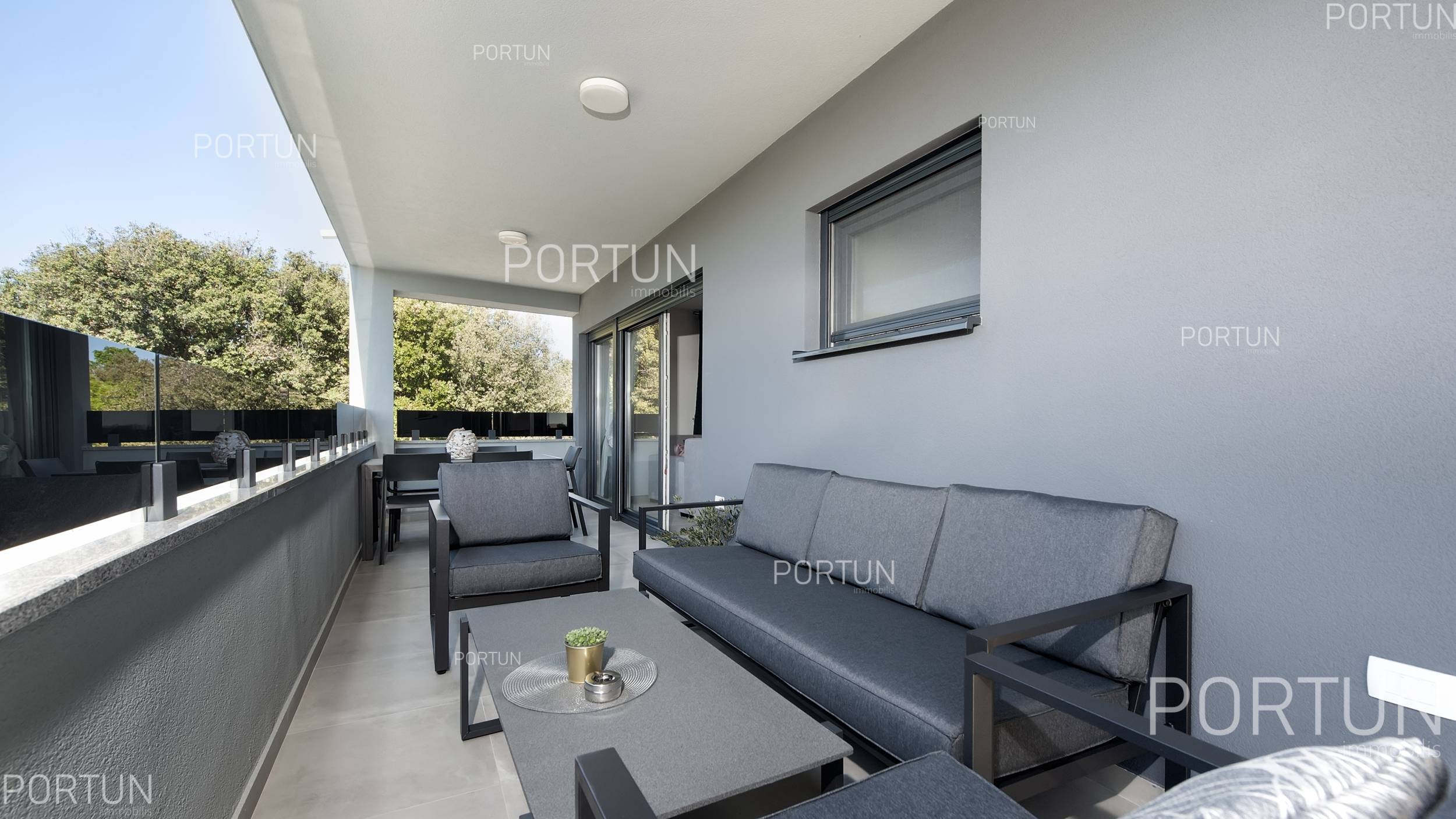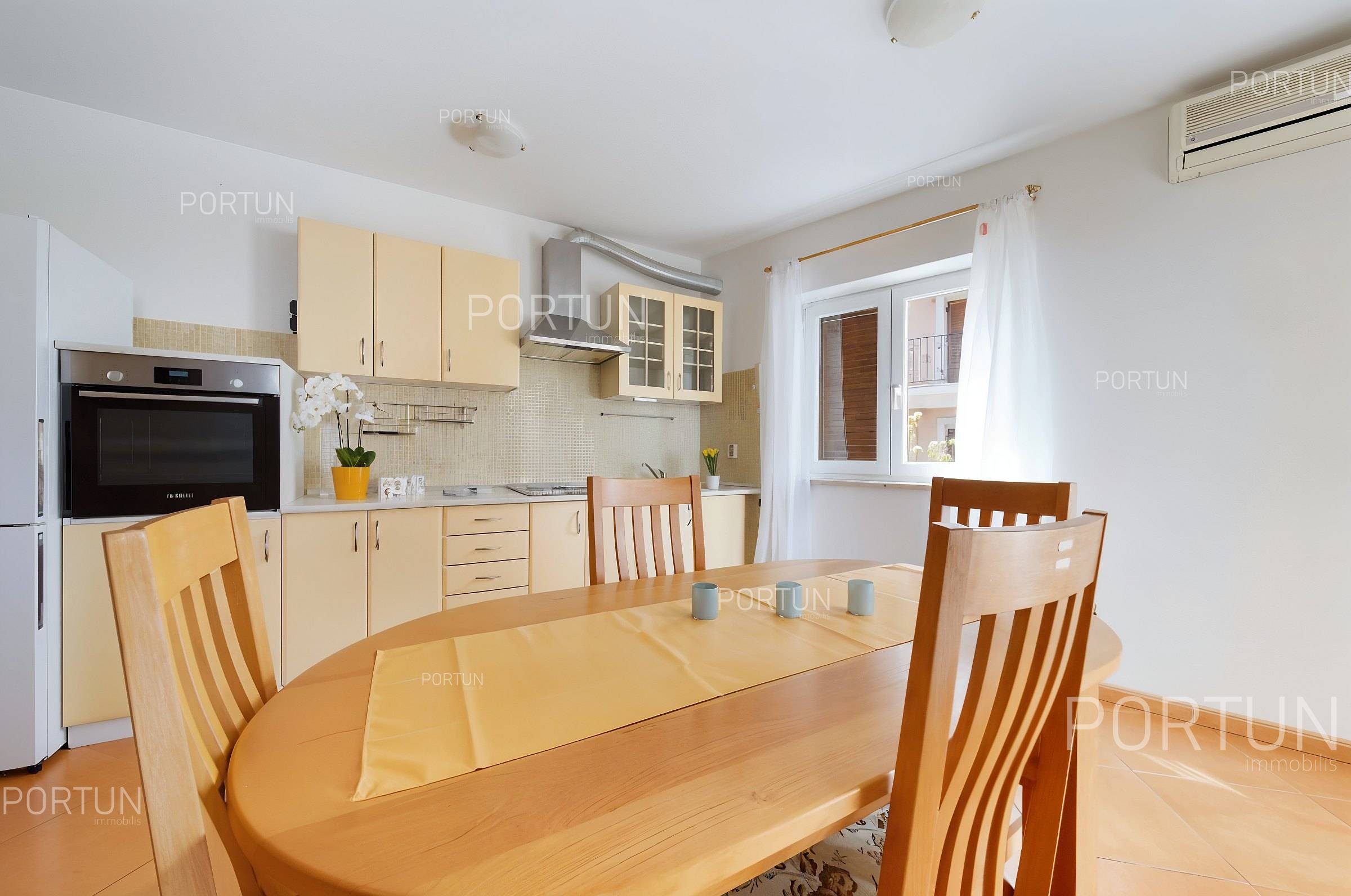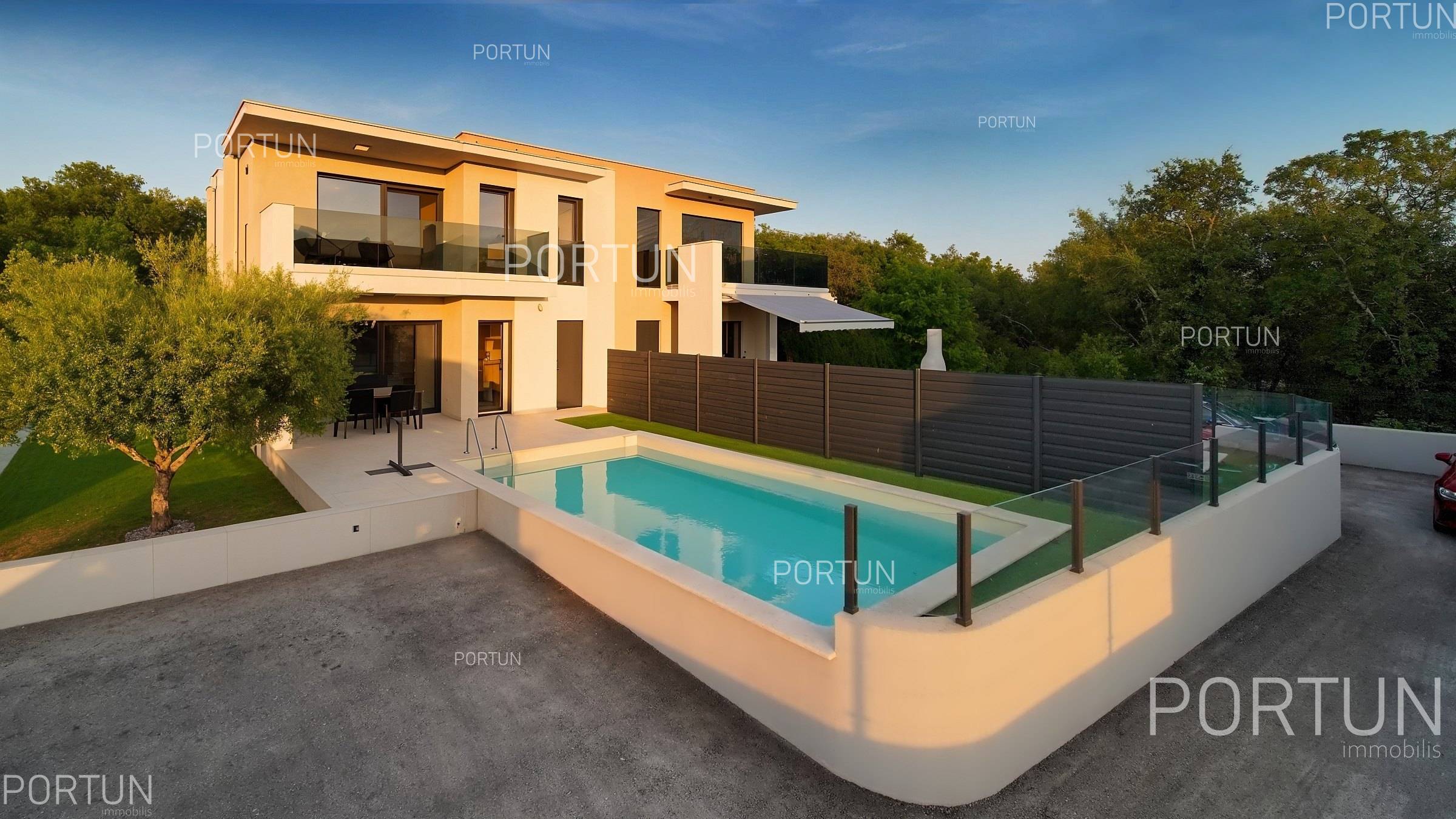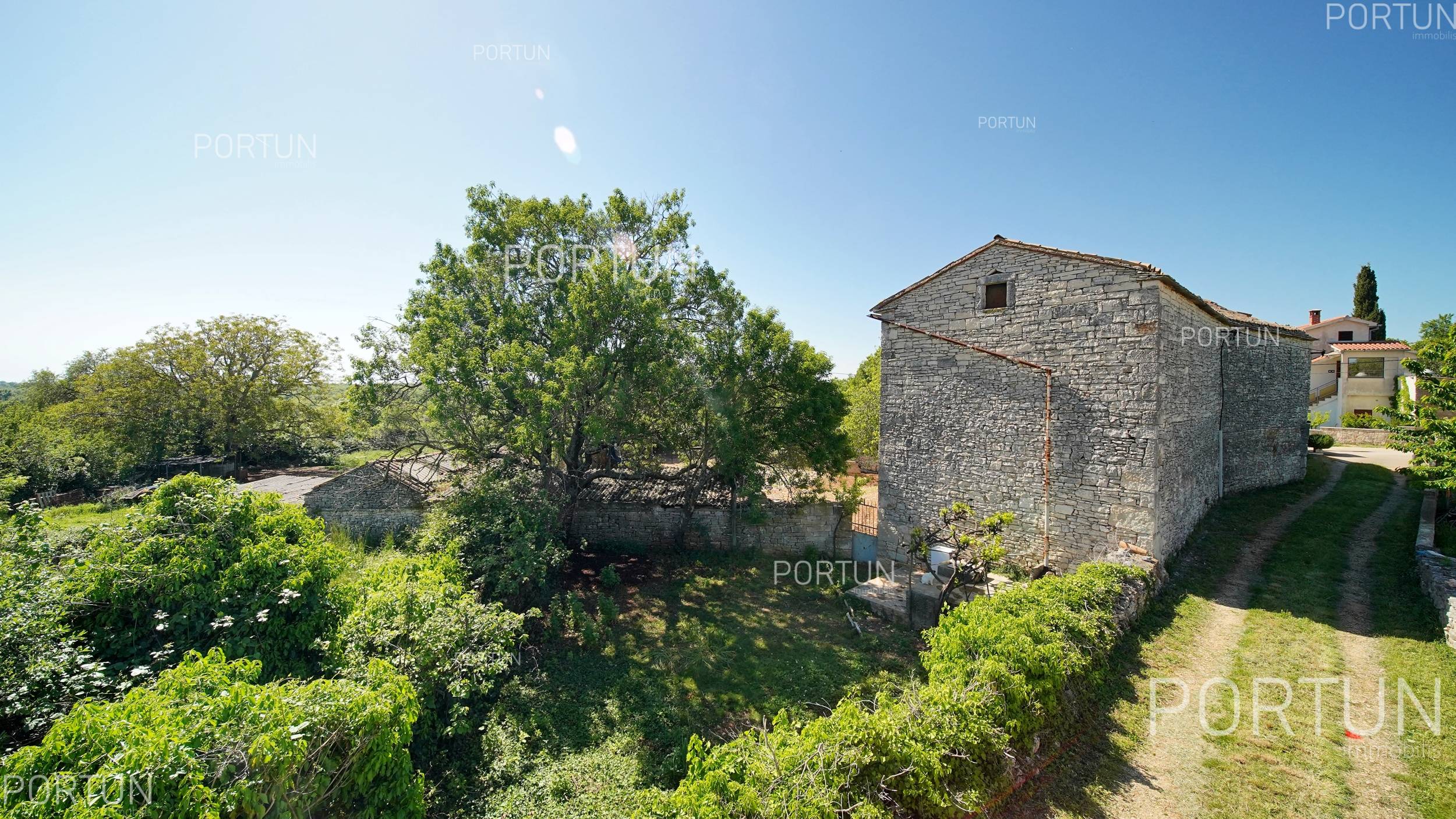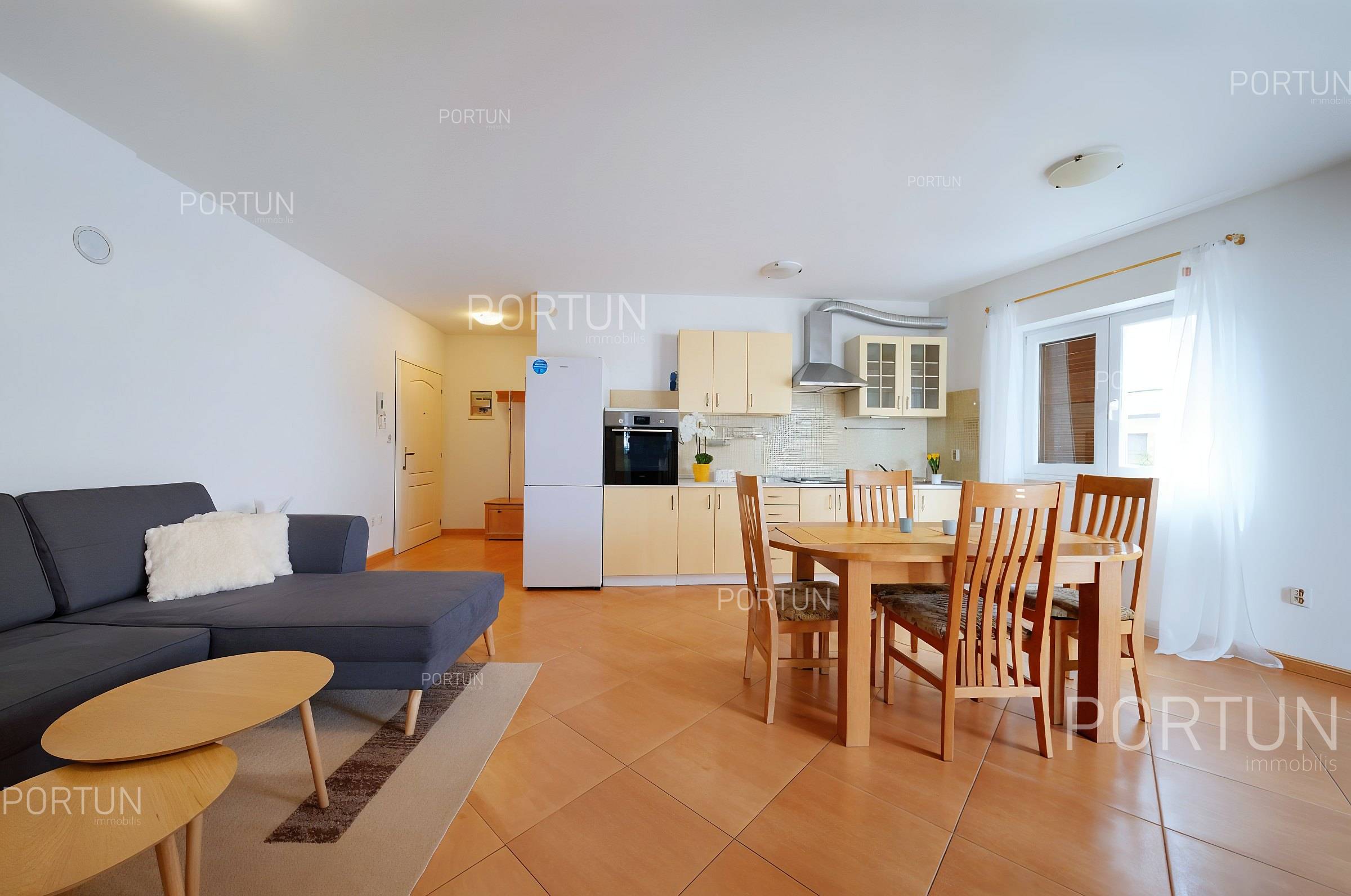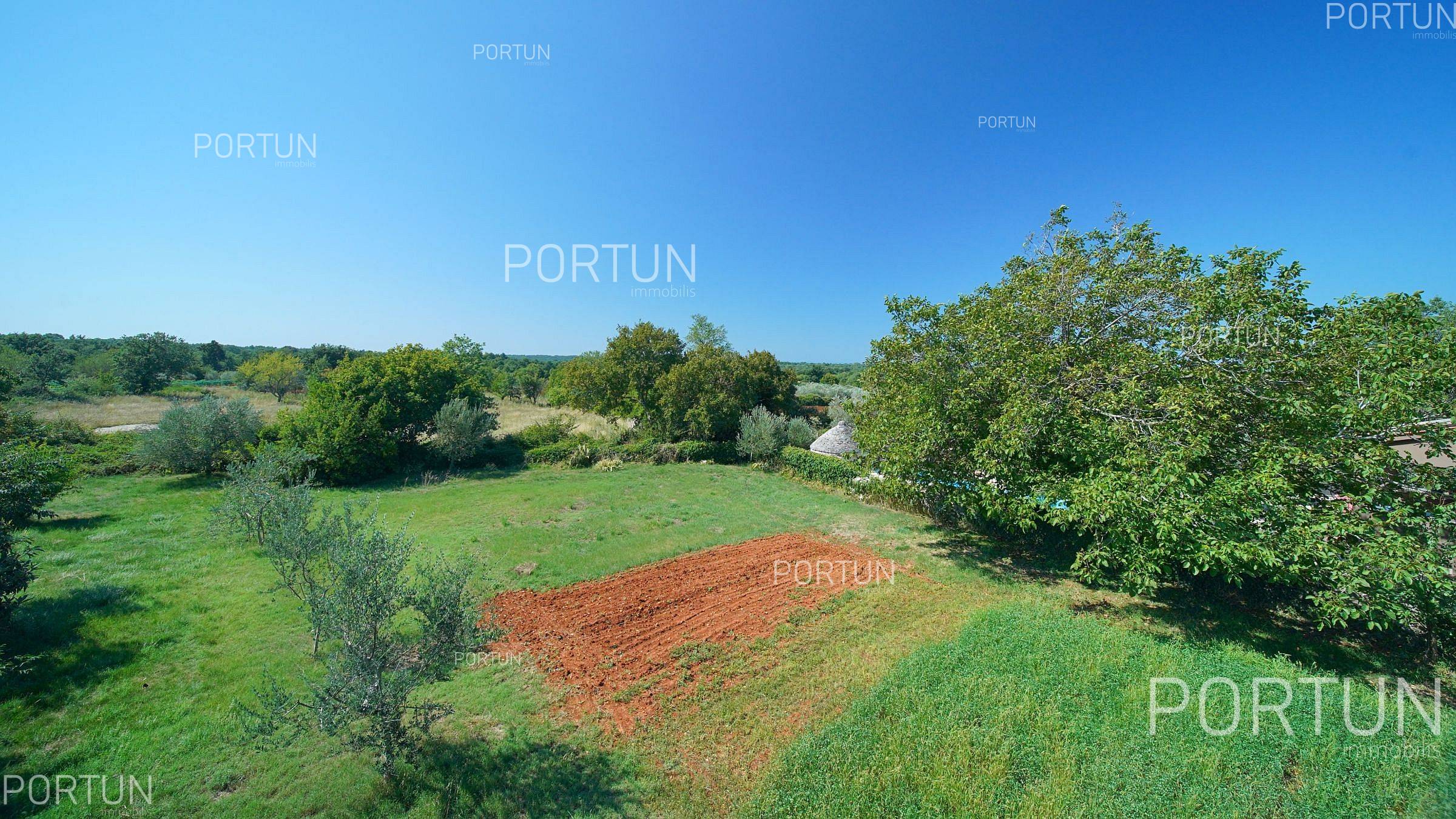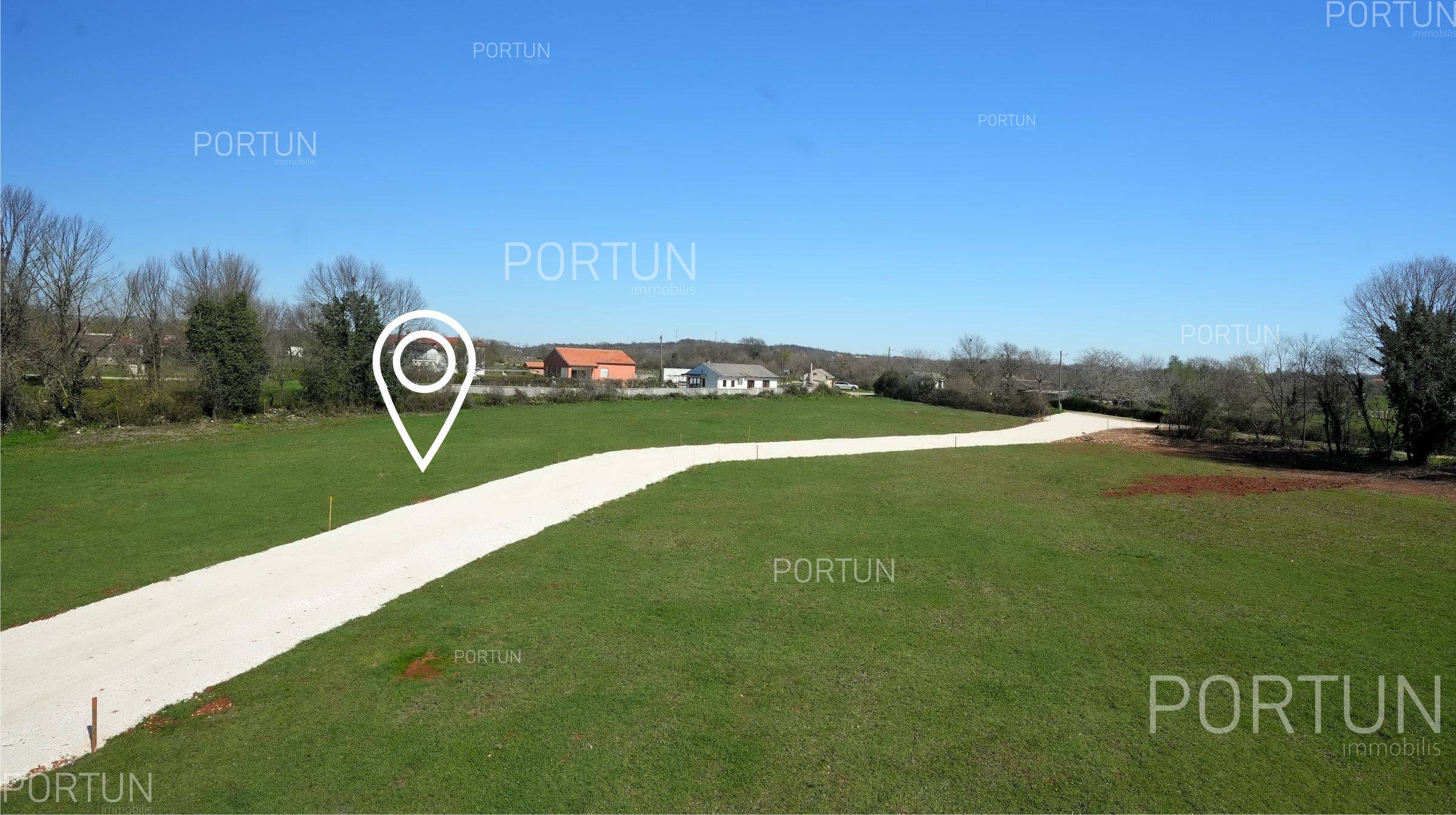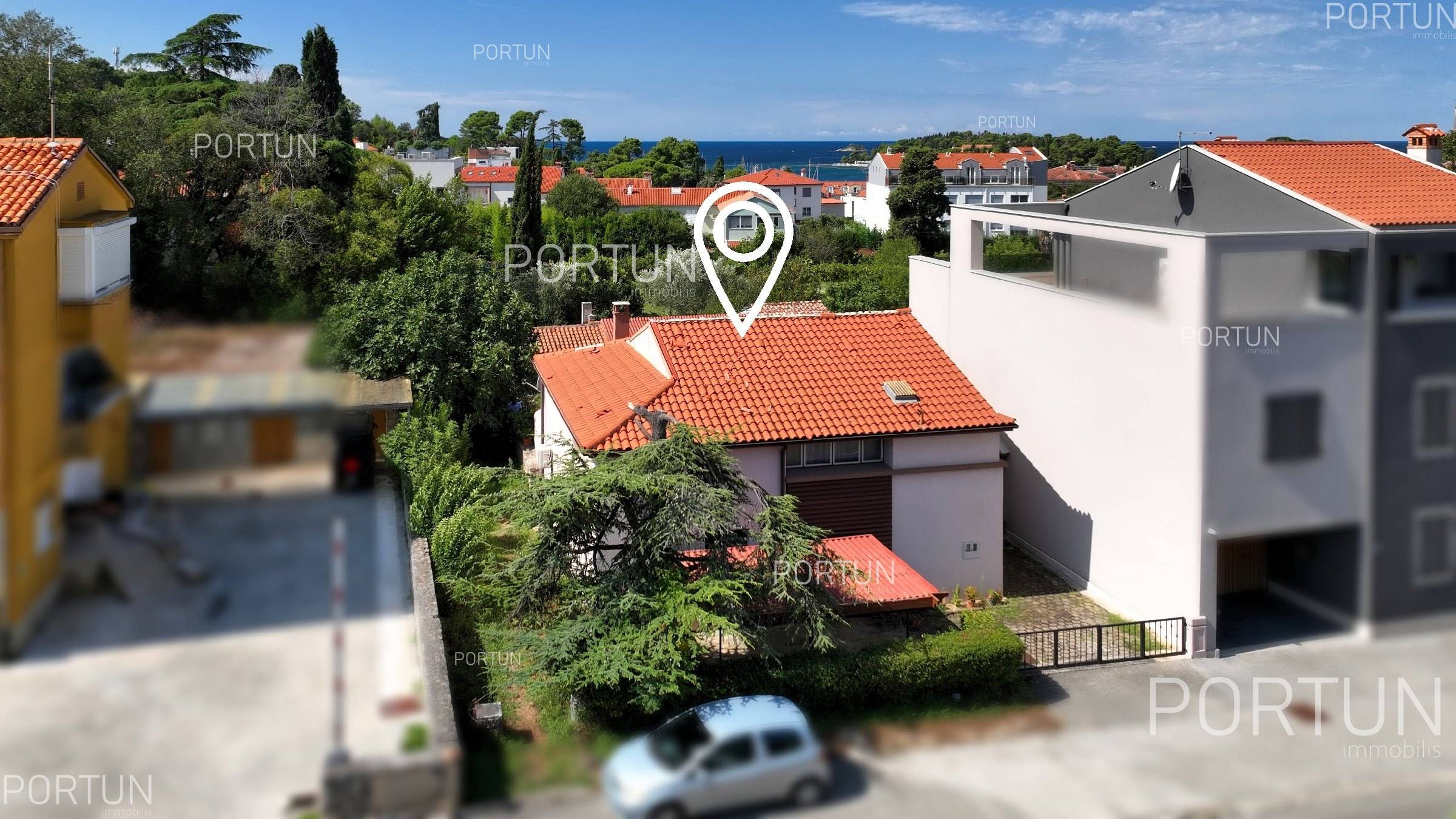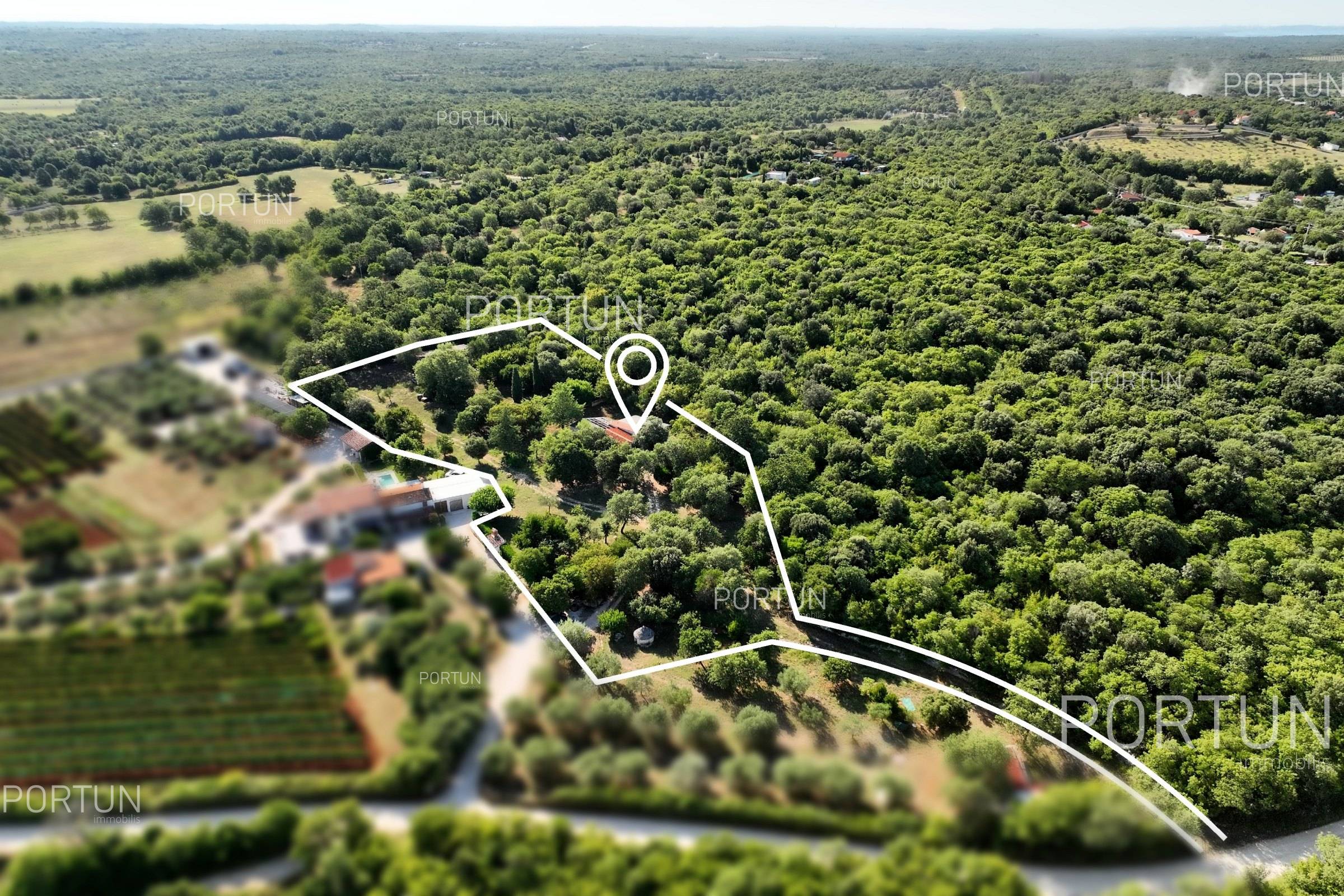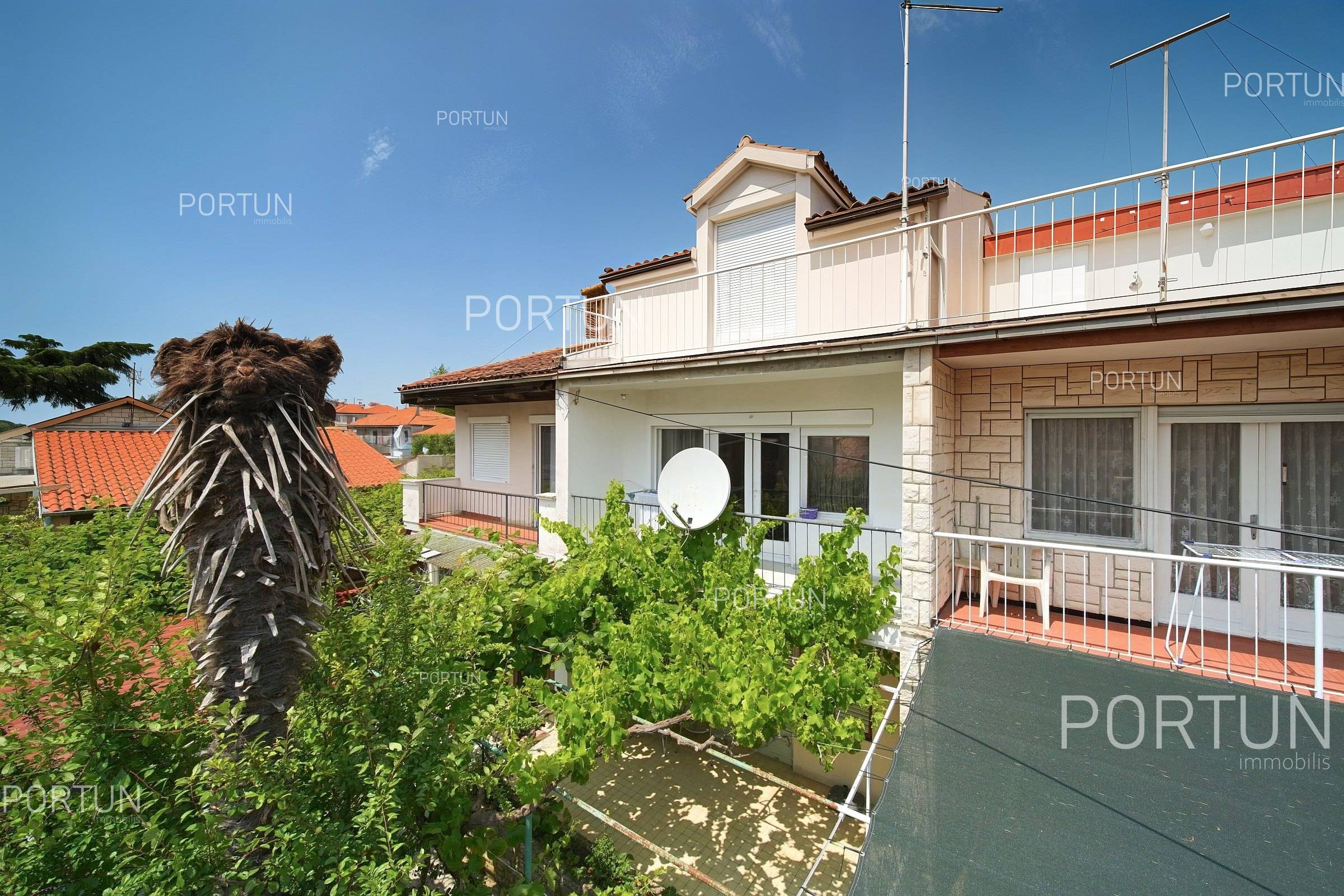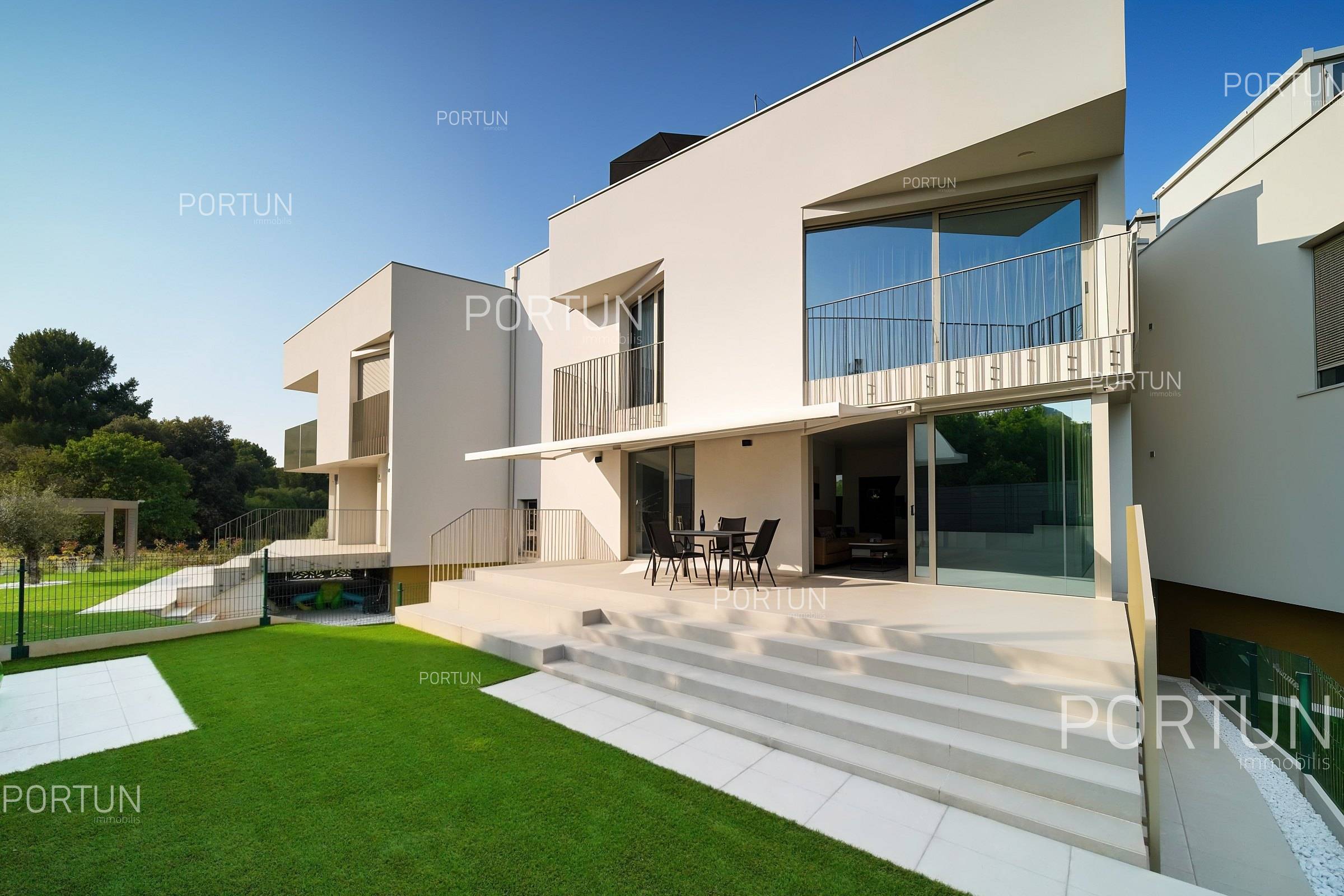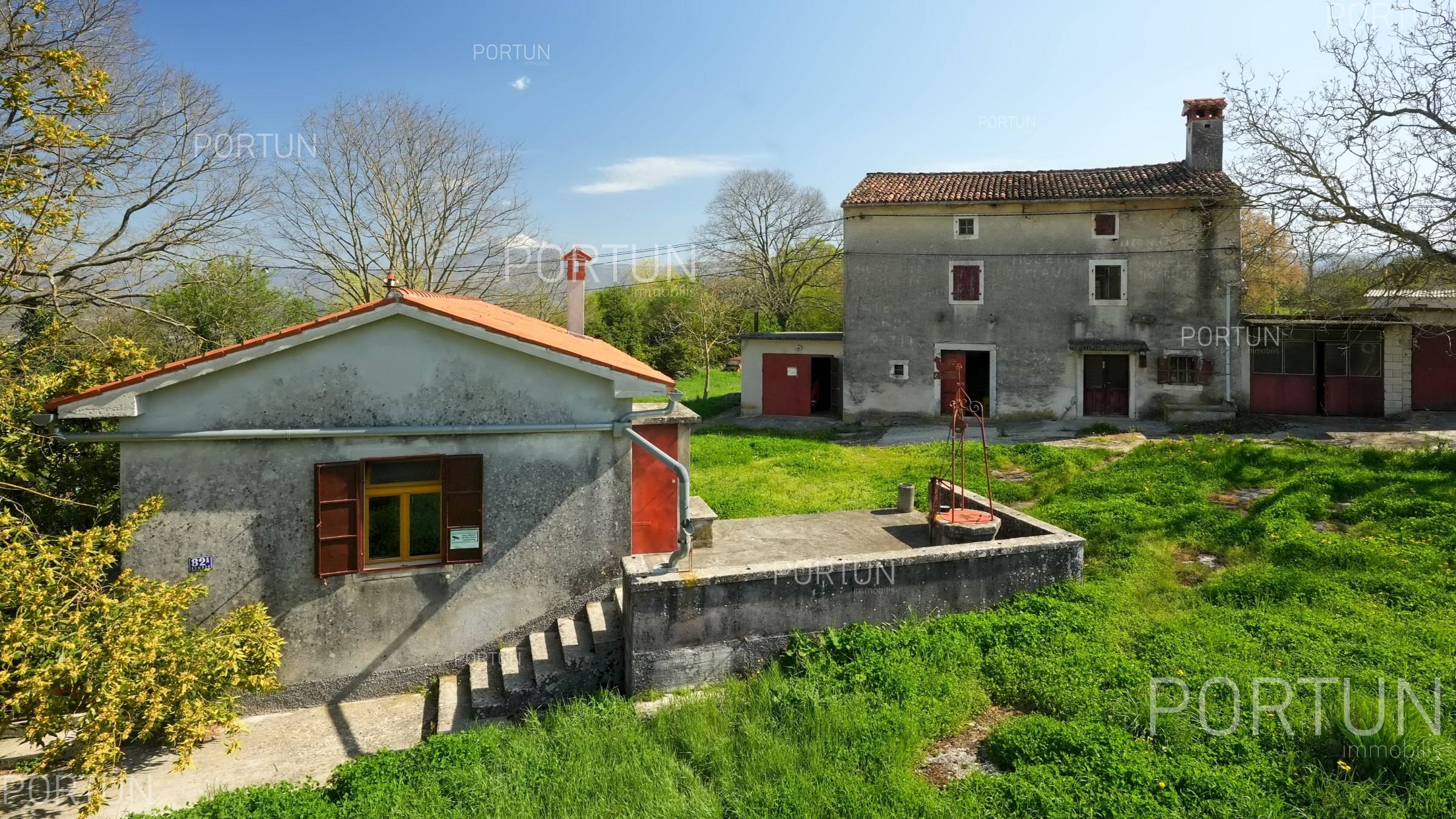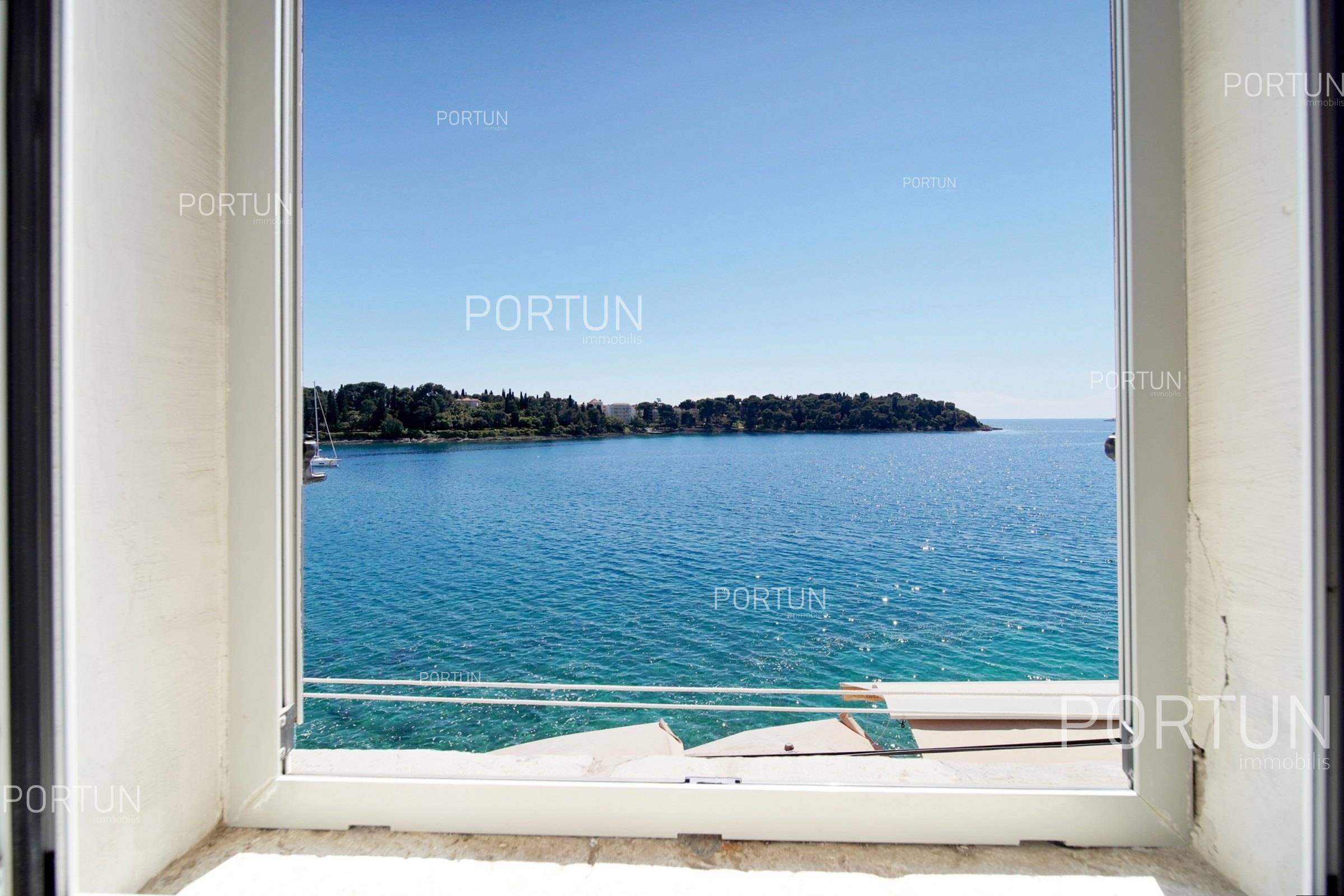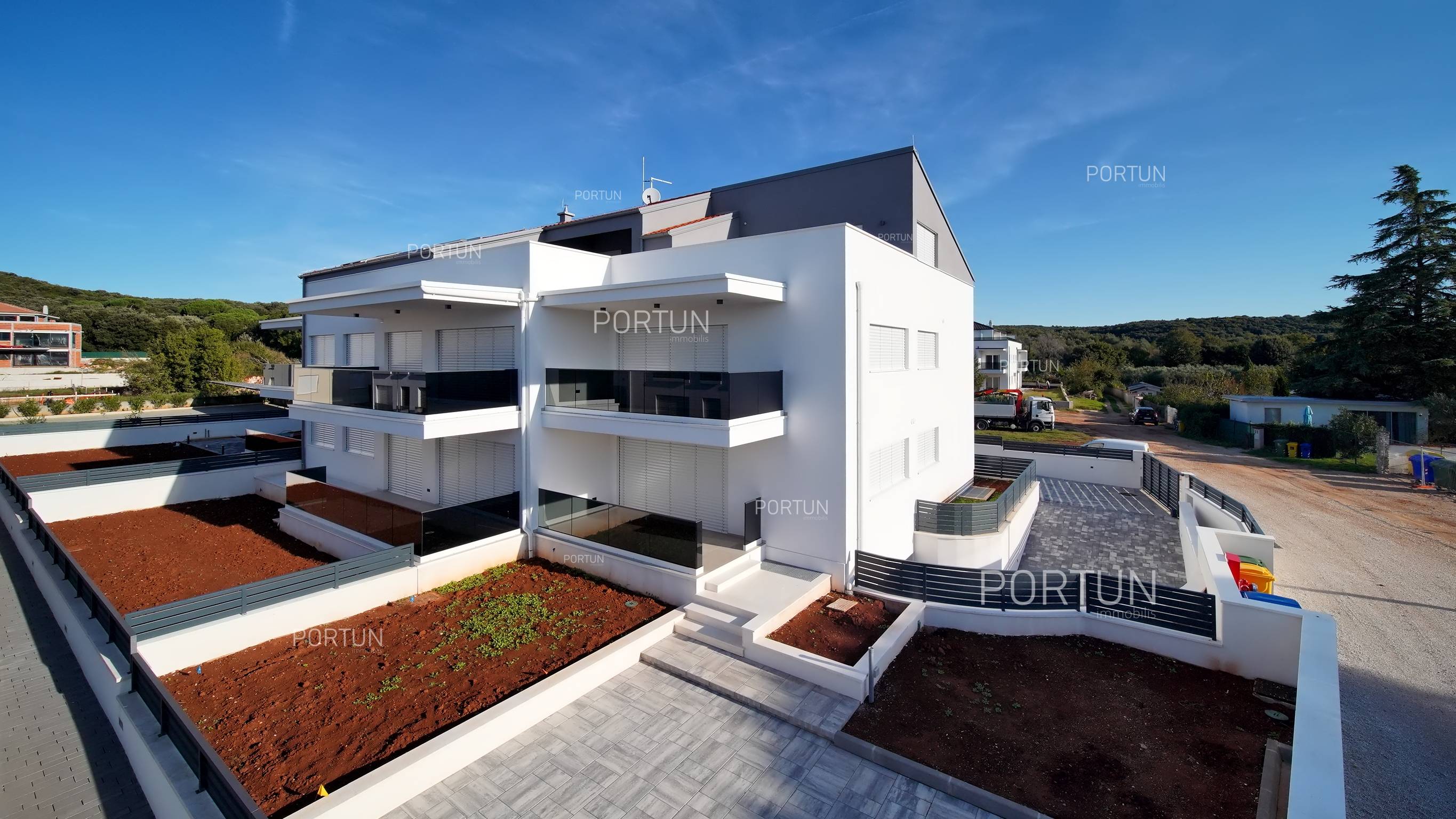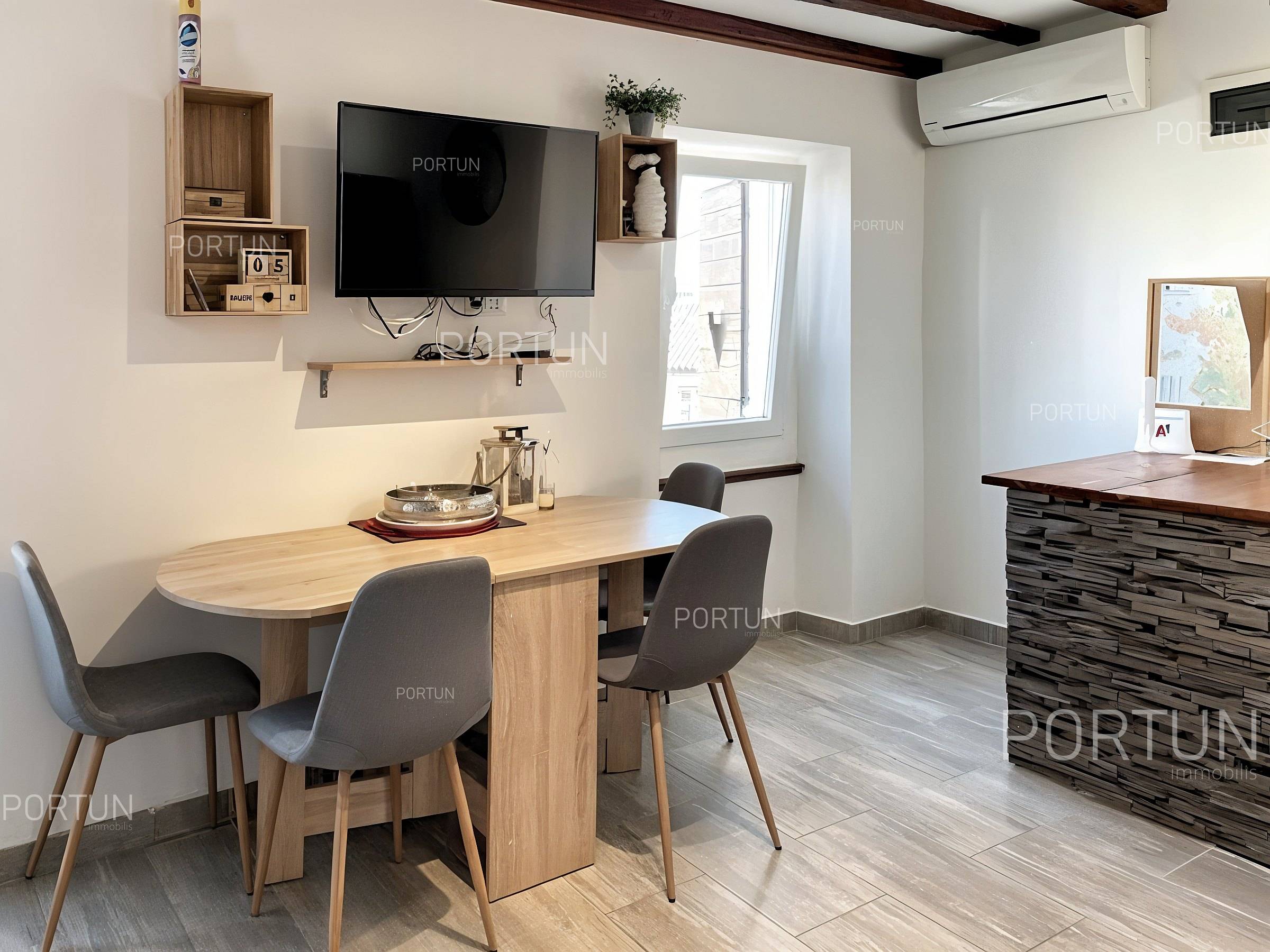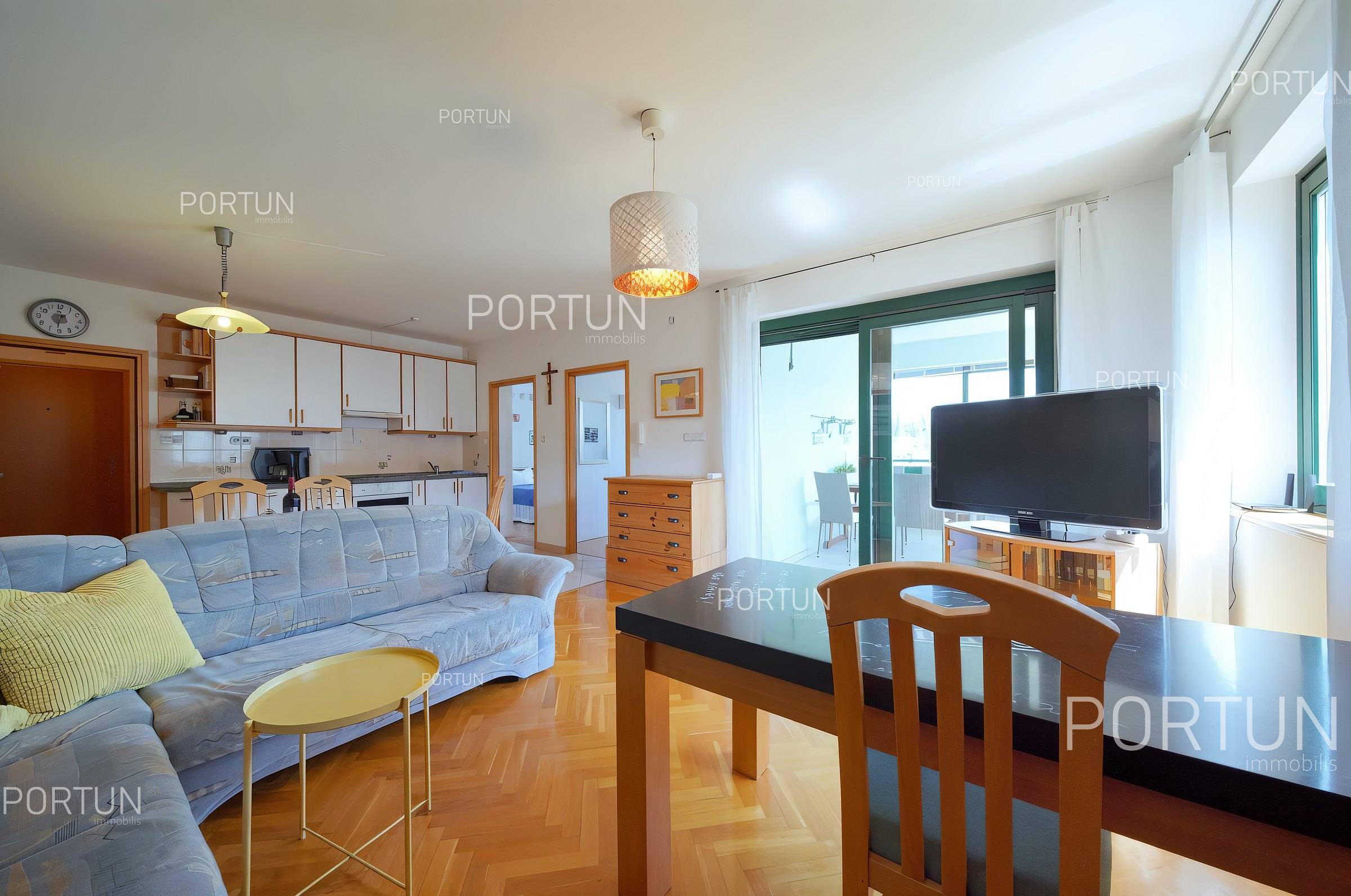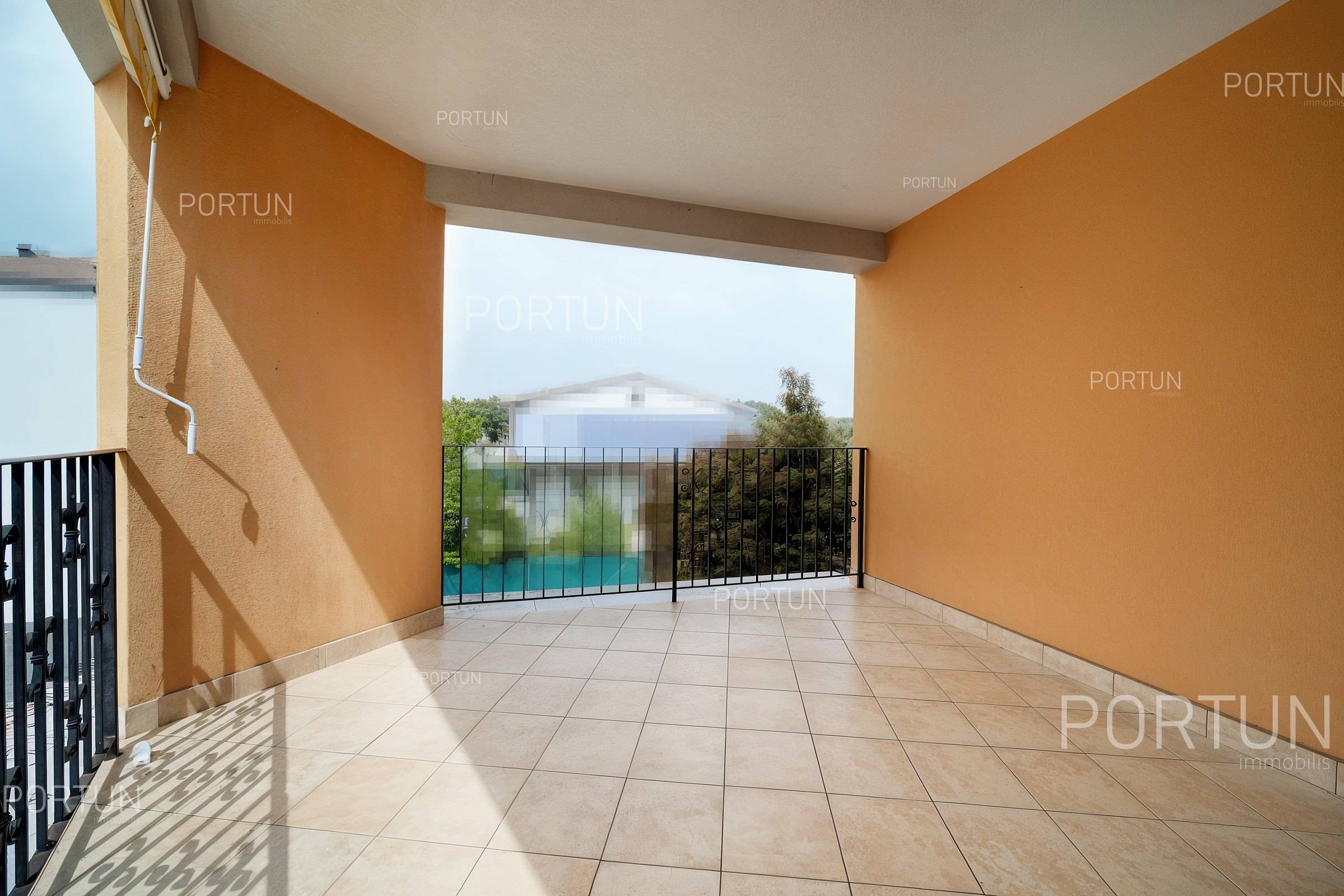The Ministry of Physical Planning, Construction and State Assets is proposing legal amendments that would exceptionally allow the
legalization of
illegal buildings built before
June 21, 2011. This means removing the previous deadline for submitting applications, which expired on June 30, 2018, but only on the condition that these are buildings visible in official state
aerial photographs from that period.
Minister Branko Bačić emphasizes that this is not a new “round” of mass
legalization, but rather the last opportunity for those who, for various reasons, missed the earlier process.
According to the
Ministry, the goal is to help citizens bring their
properties into the
legal market, enable registration in the
land registry, and resolve the status of buildings that have been in use for years but do not formally exist. This, they claim, will remove obstacles in
inheritance,
sales, and obtaining
building permits for possible extensions or reconstructions.
However, the public is concerned about whether such a move sends the wrong message – that
building without a permit pays off because the state will eventually “turn a blind eye.” Such fears are not unfounded, especially since experience shows that previous
legalizations have not stopped new cases of
illegal construction.
The introduction of
municipal wardens as a kind of “
construction inspectors” in 2024 was intended to increase oversight and reduce the number of illegal building sites. They were given the authority to halt
illegal construction on the spot, which was expected to be a strong deterrent. However, according to available information, there has been no significant drop in the number of new
illegal buildings, and many point out that the problems run deeper – from a lack of personnel in the system to slow enforcement of penalties.
Additional skepticism arises from the fact that the system for issuing
building permits is burdened by bureaucratic obstacles, long processing times, and a shortage of qualified staff. Many investors give up on the legal route, while some knowingly risk
building without a permit, counting on the possibility that “one day” a new round of
legalization will be opened.
The ultimate impact of this measure will only be seen in a few years, but there is hope that clearly defined conditions and strict criteria will prevent abuse. If, at the same time, supervision is not strengthened and the permit application process simplified, there is a risk that such initiatives, instead of solving old problems, will open the door to new ones.


